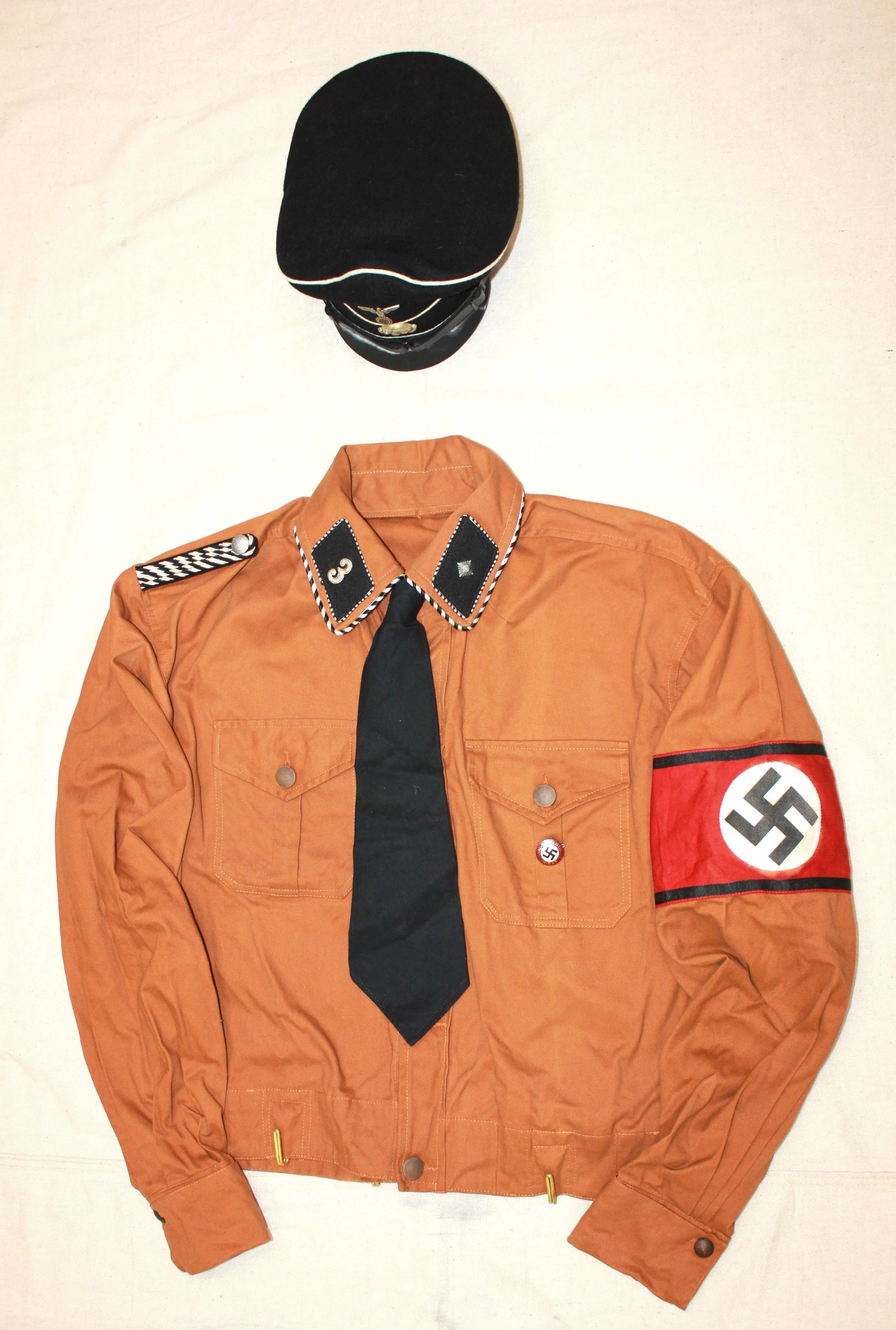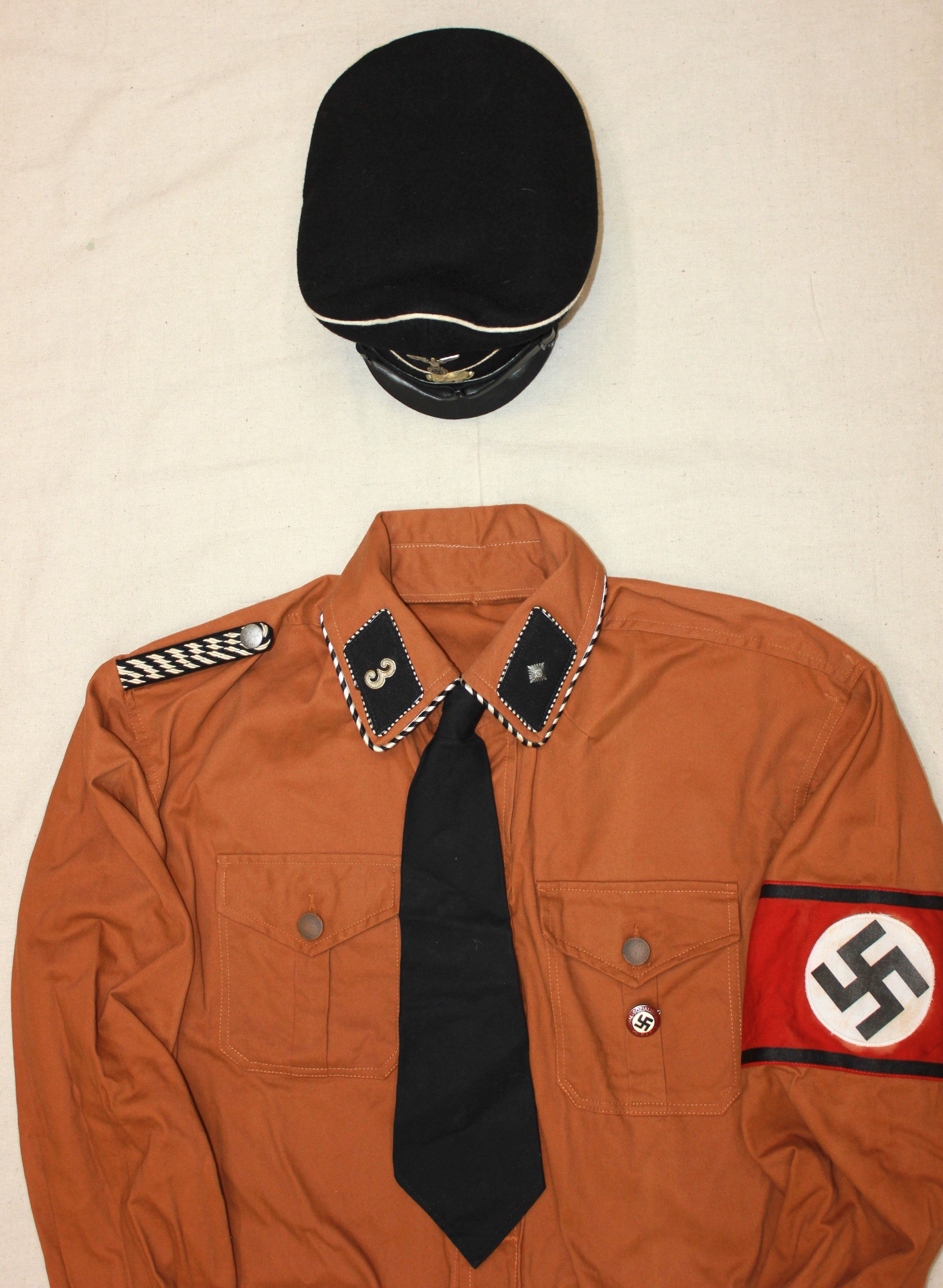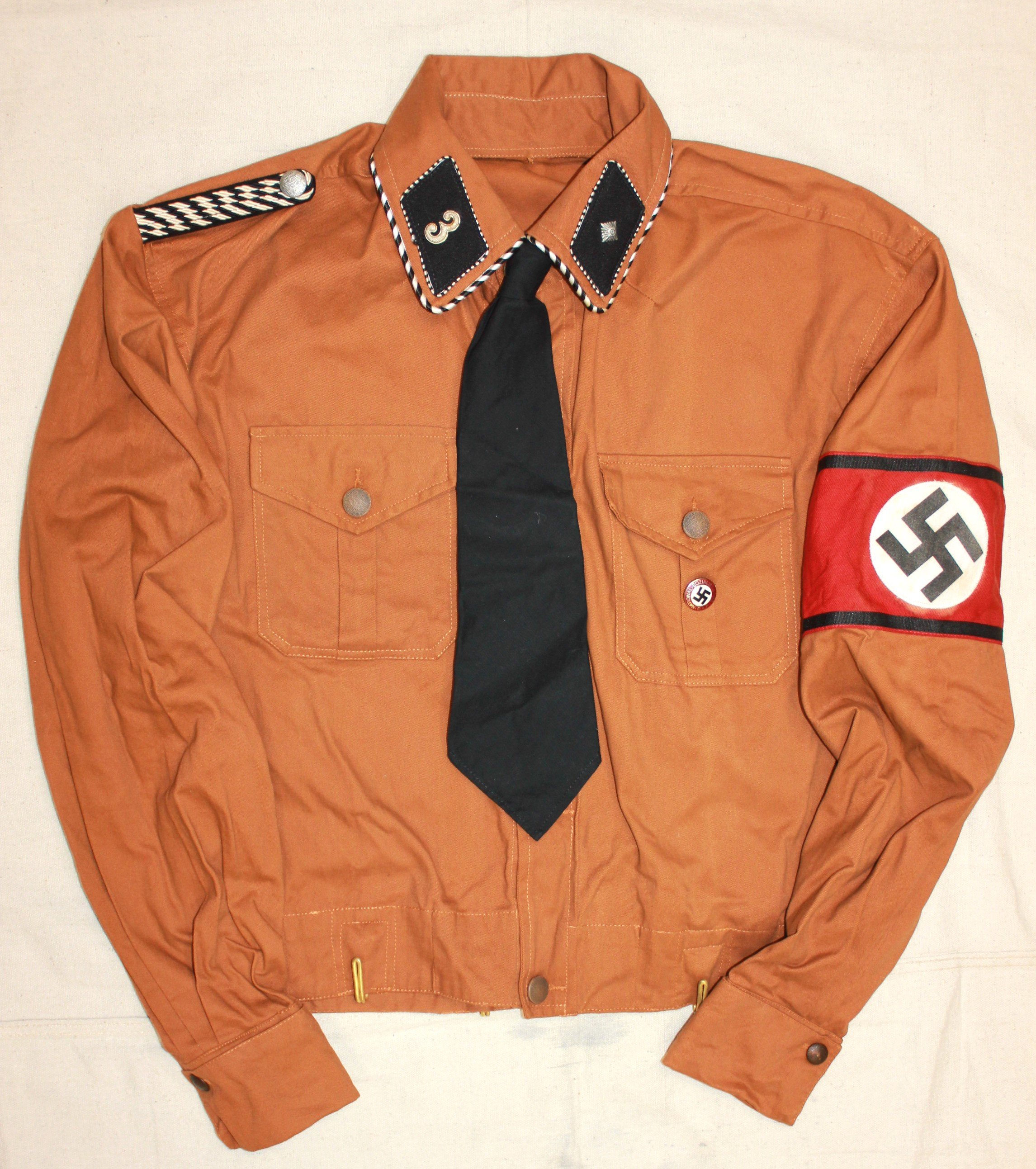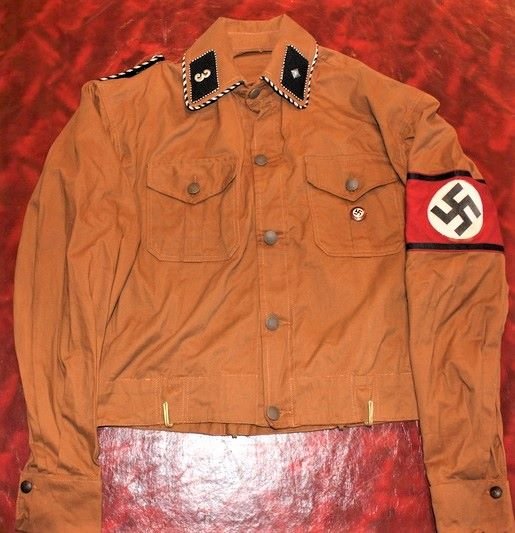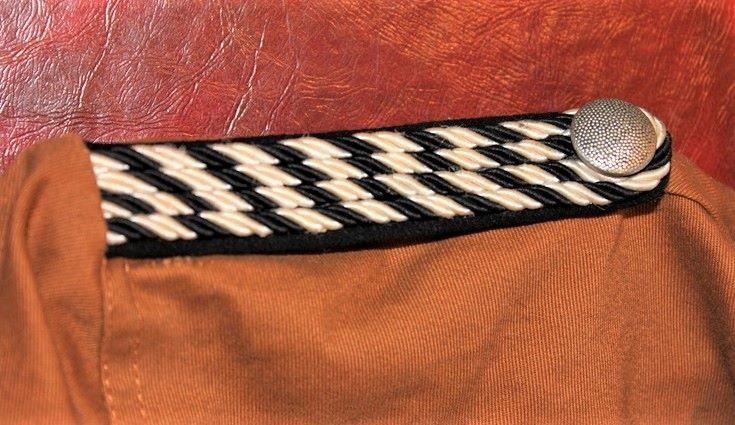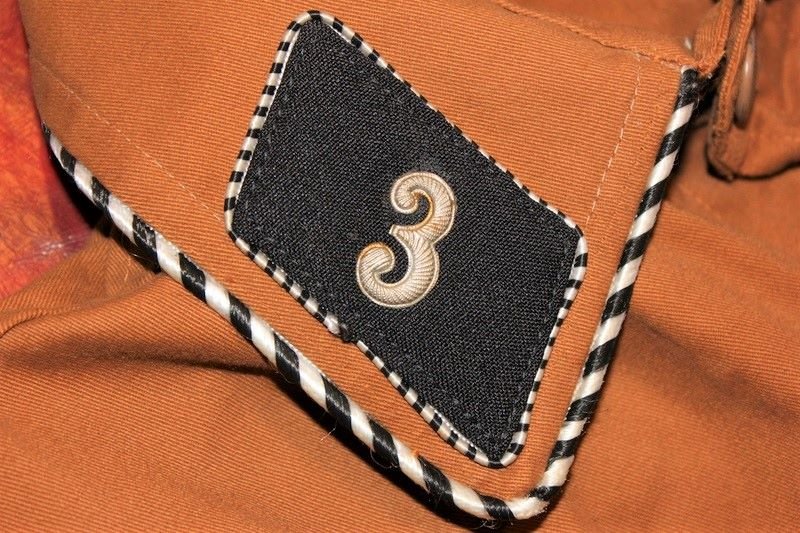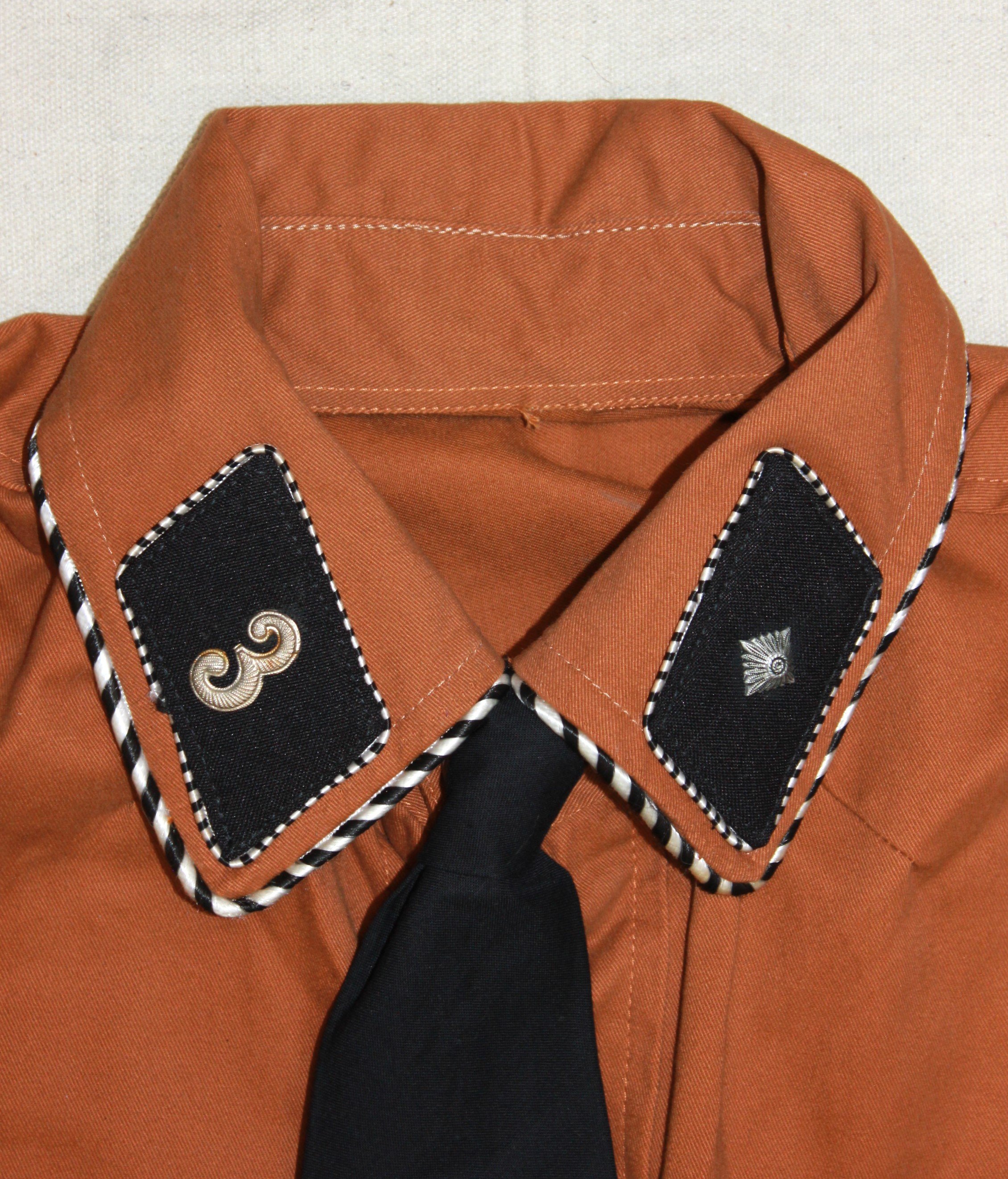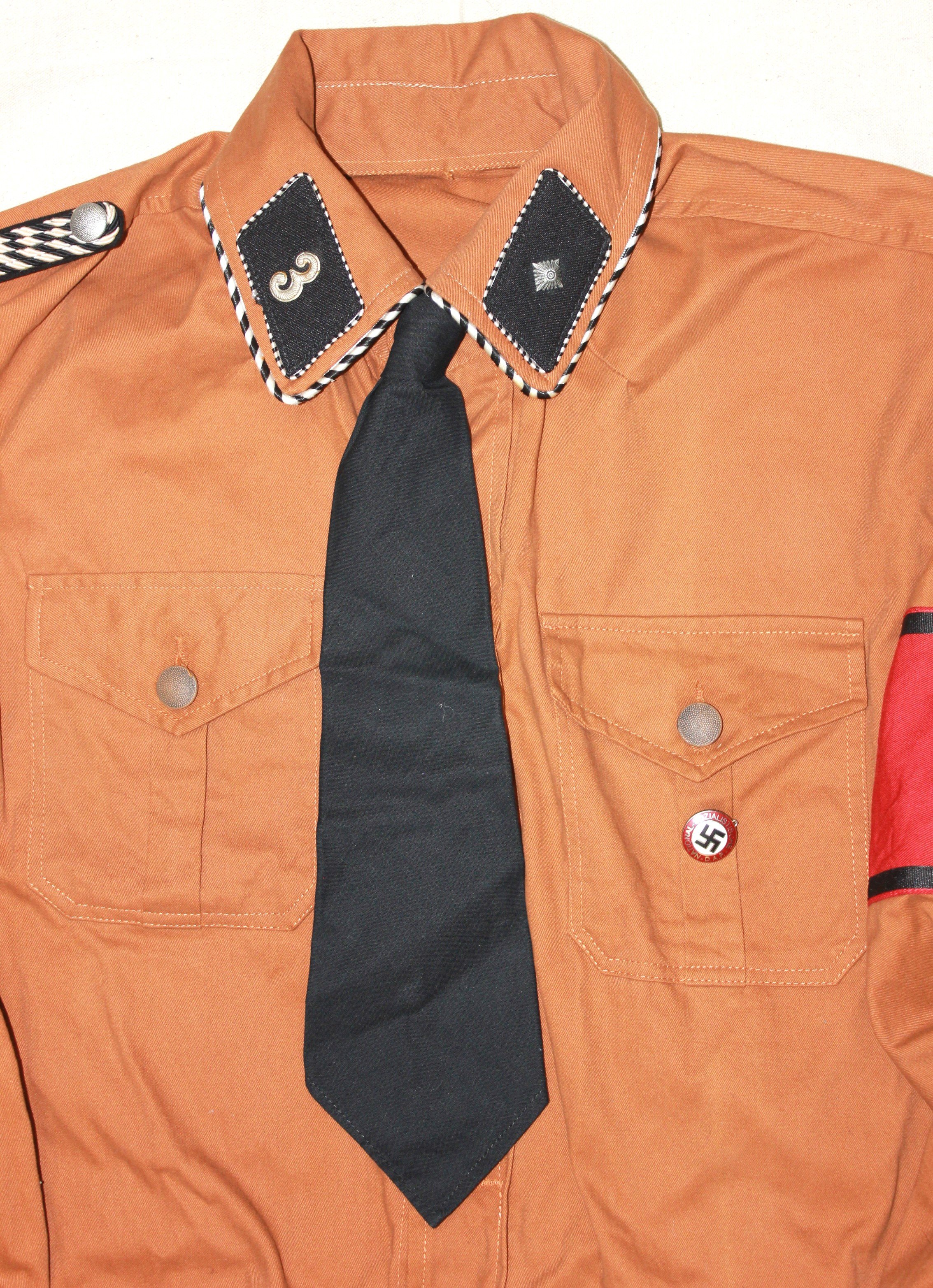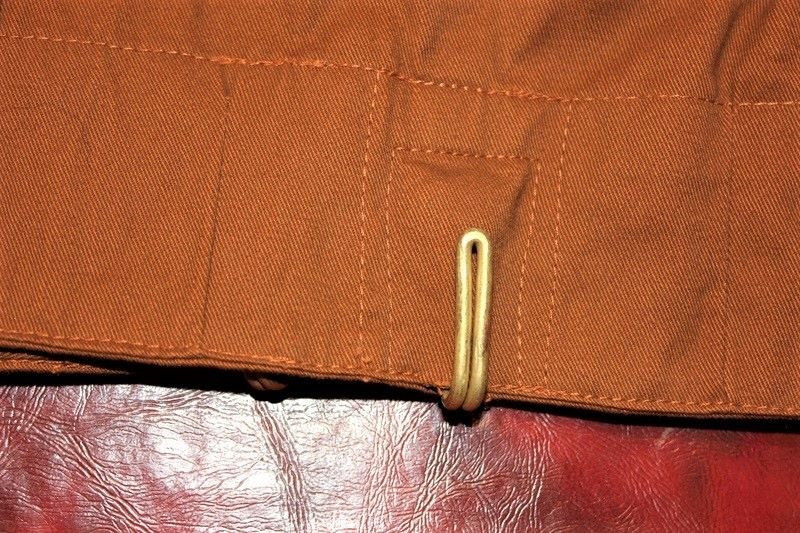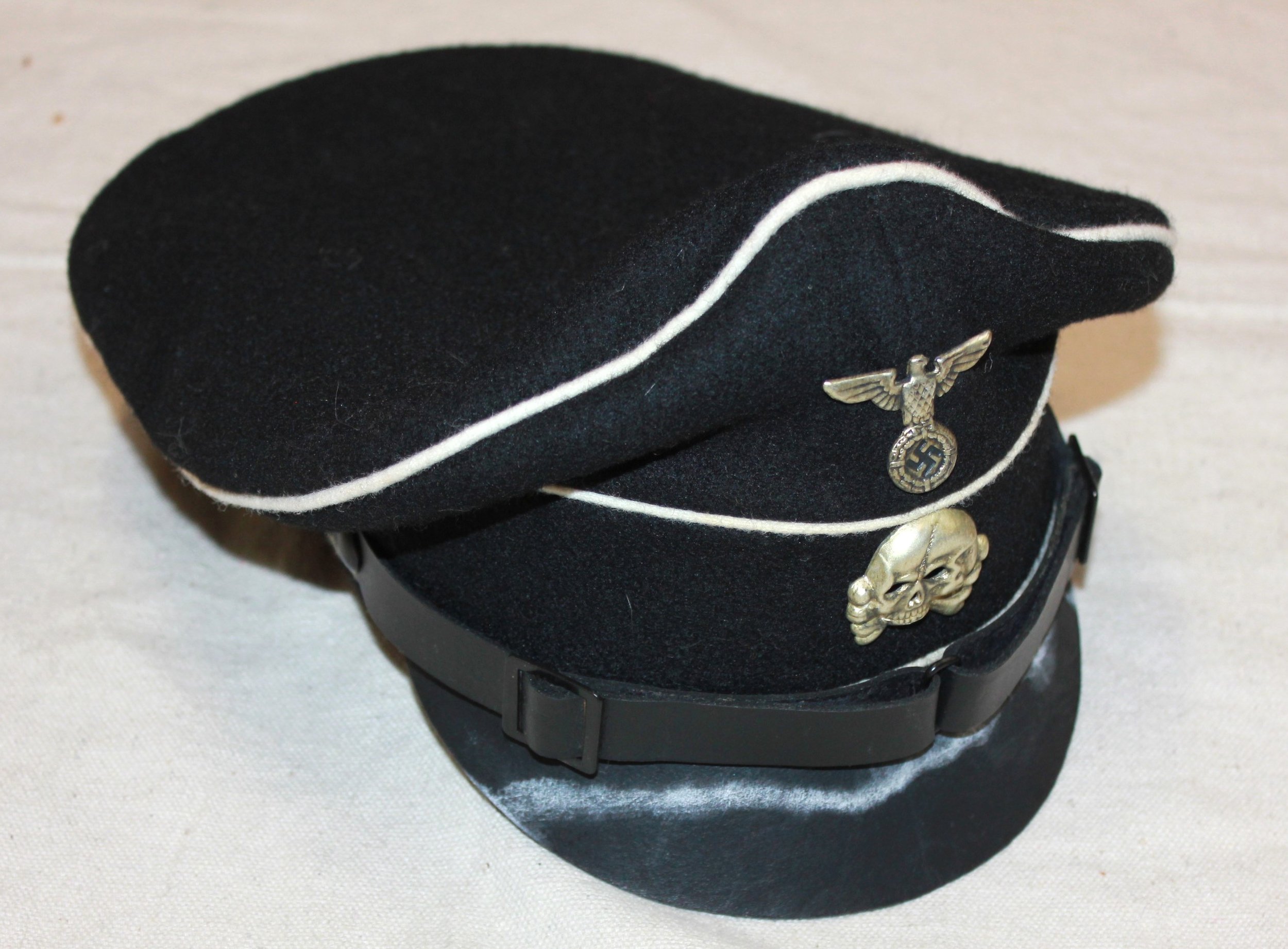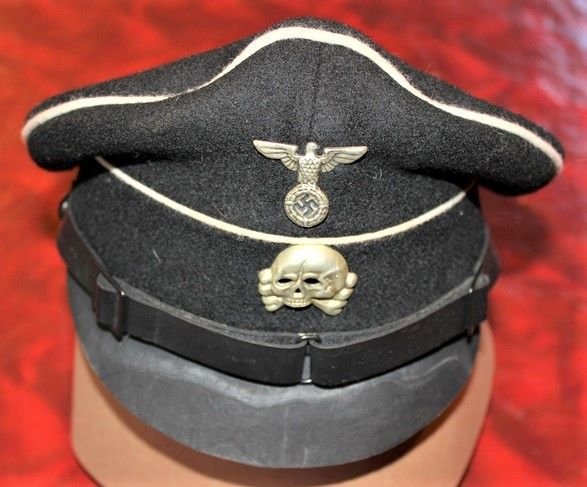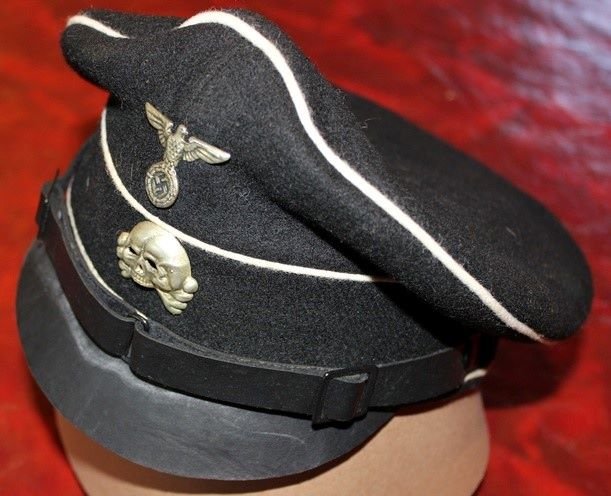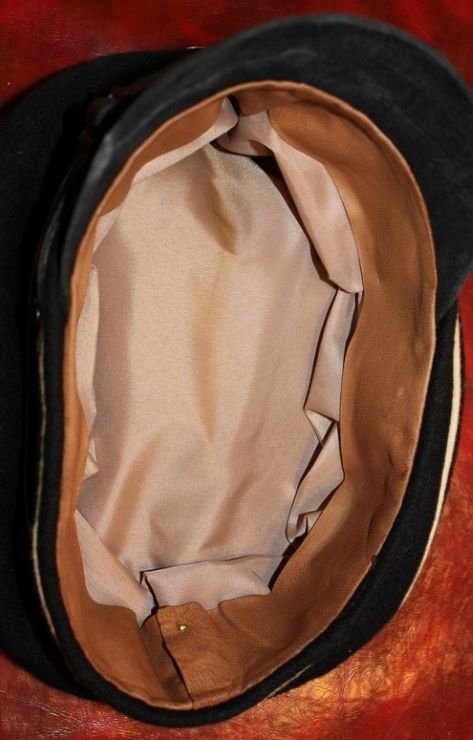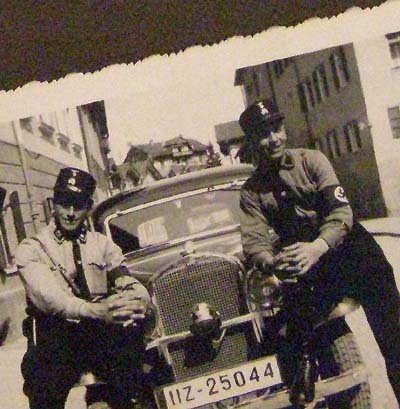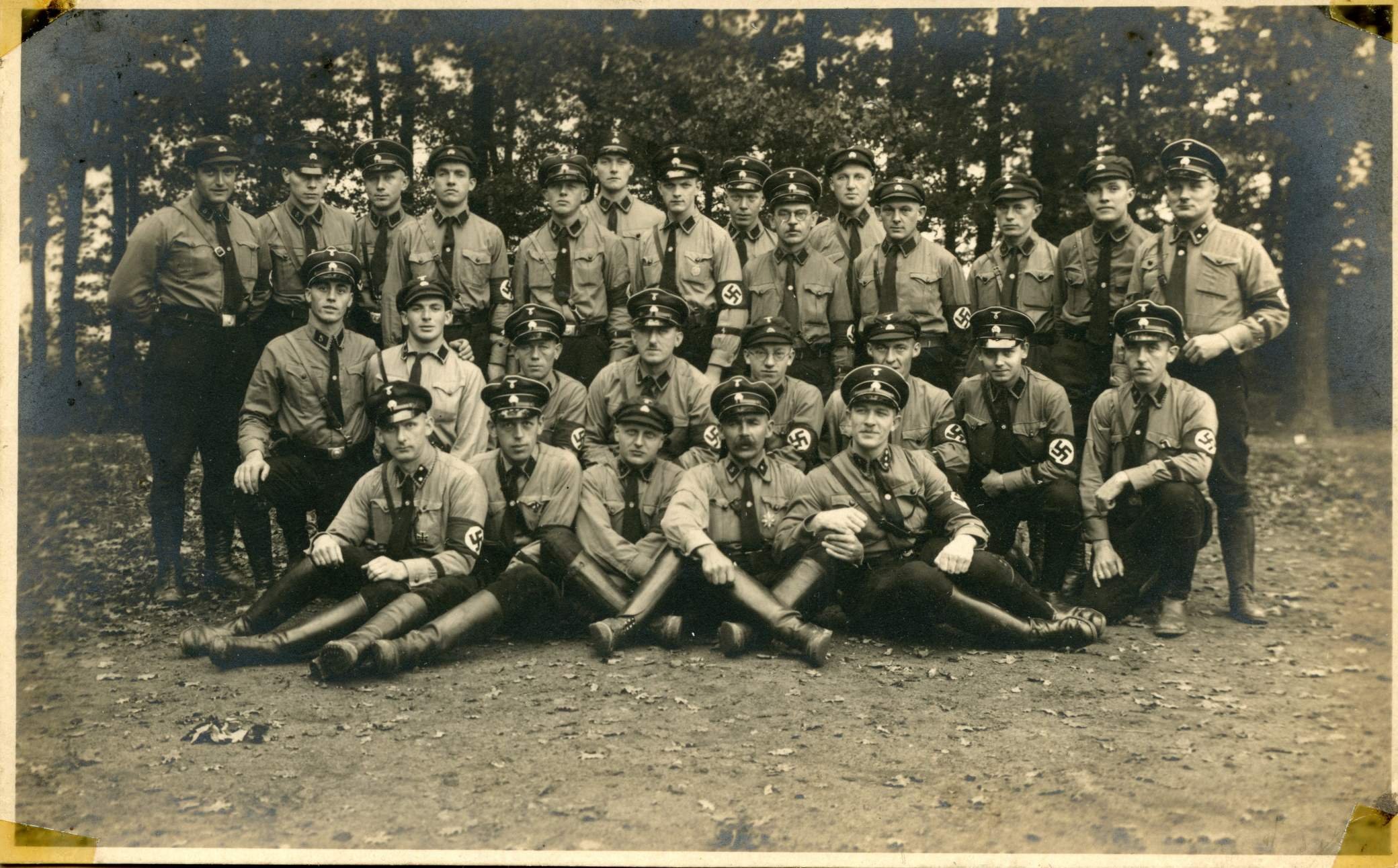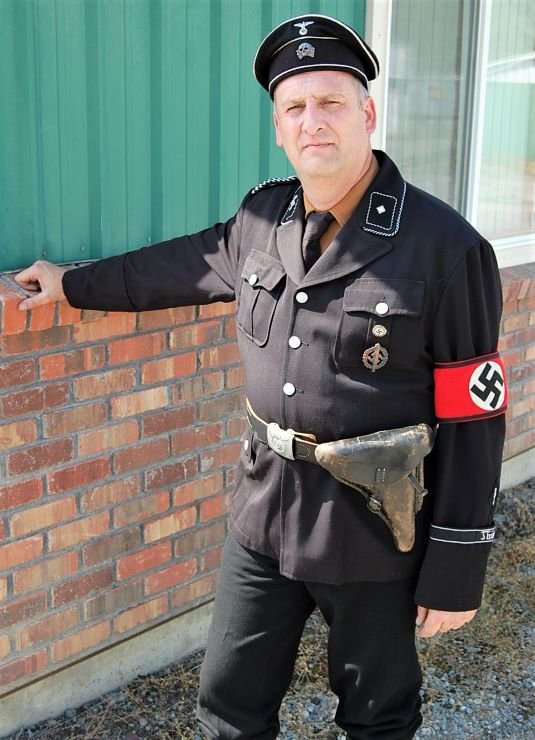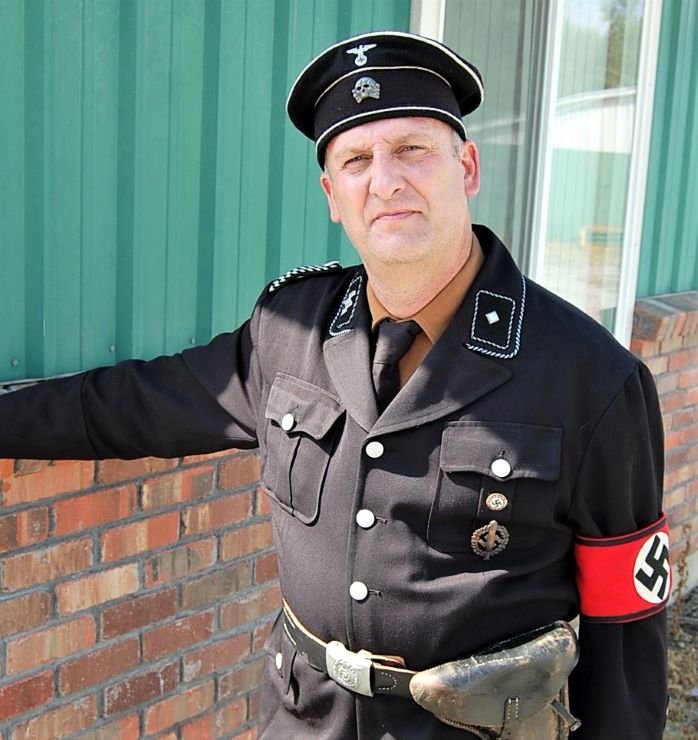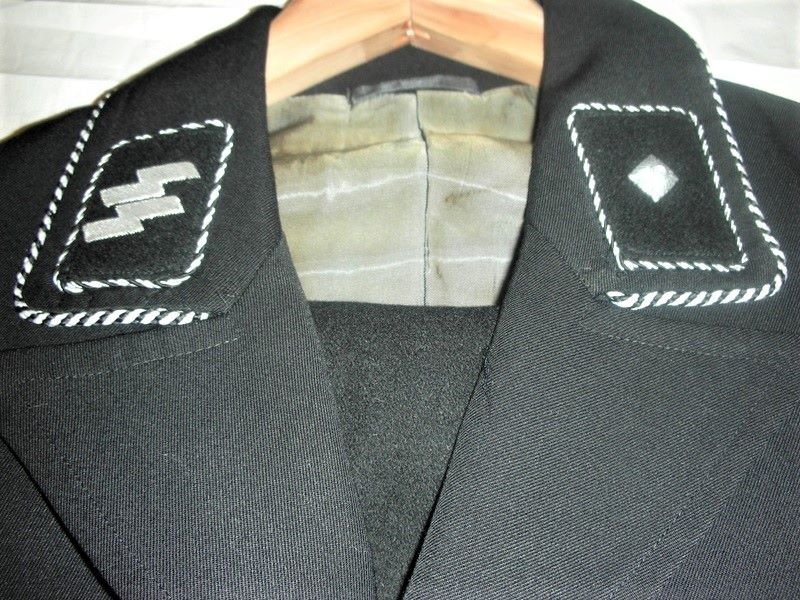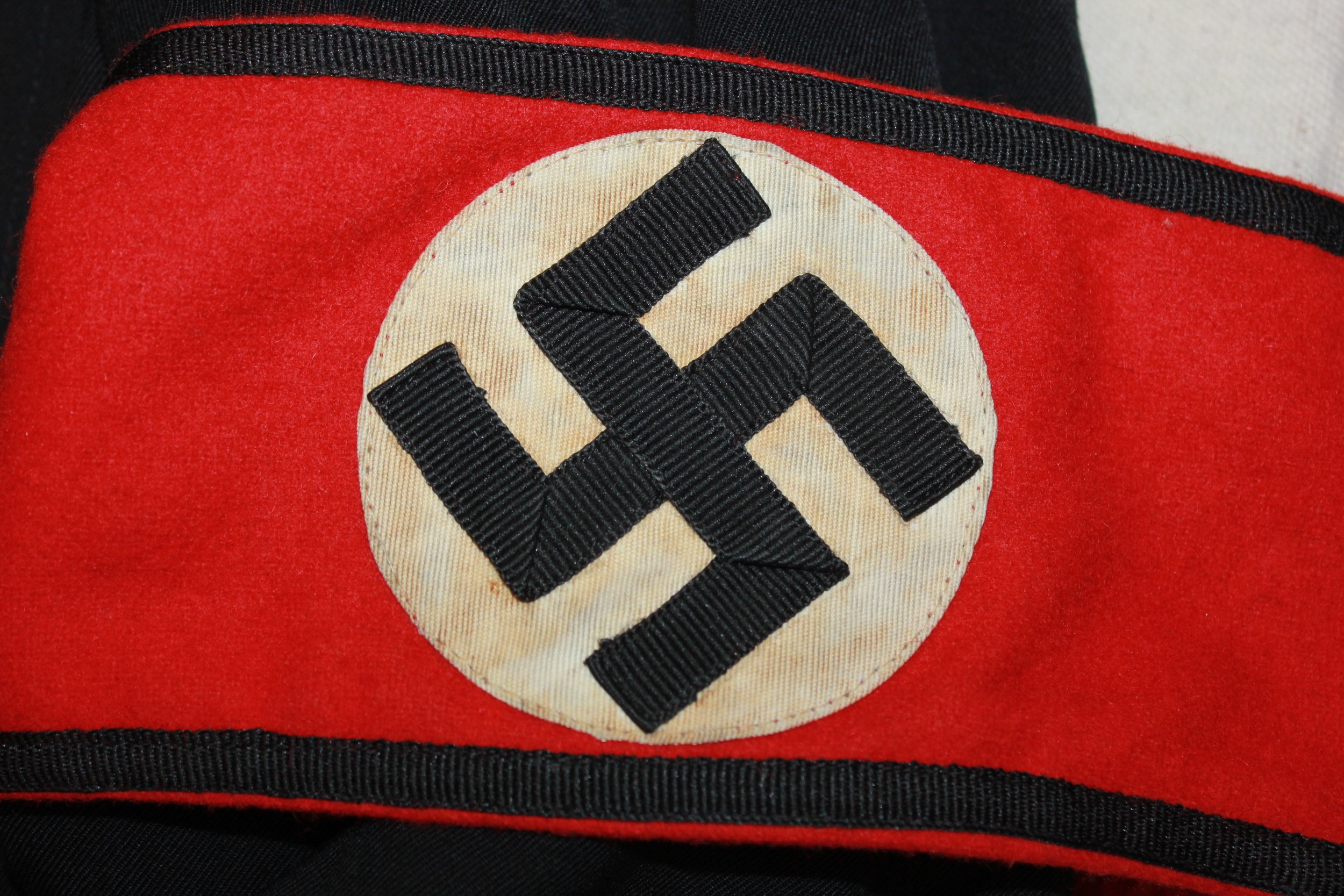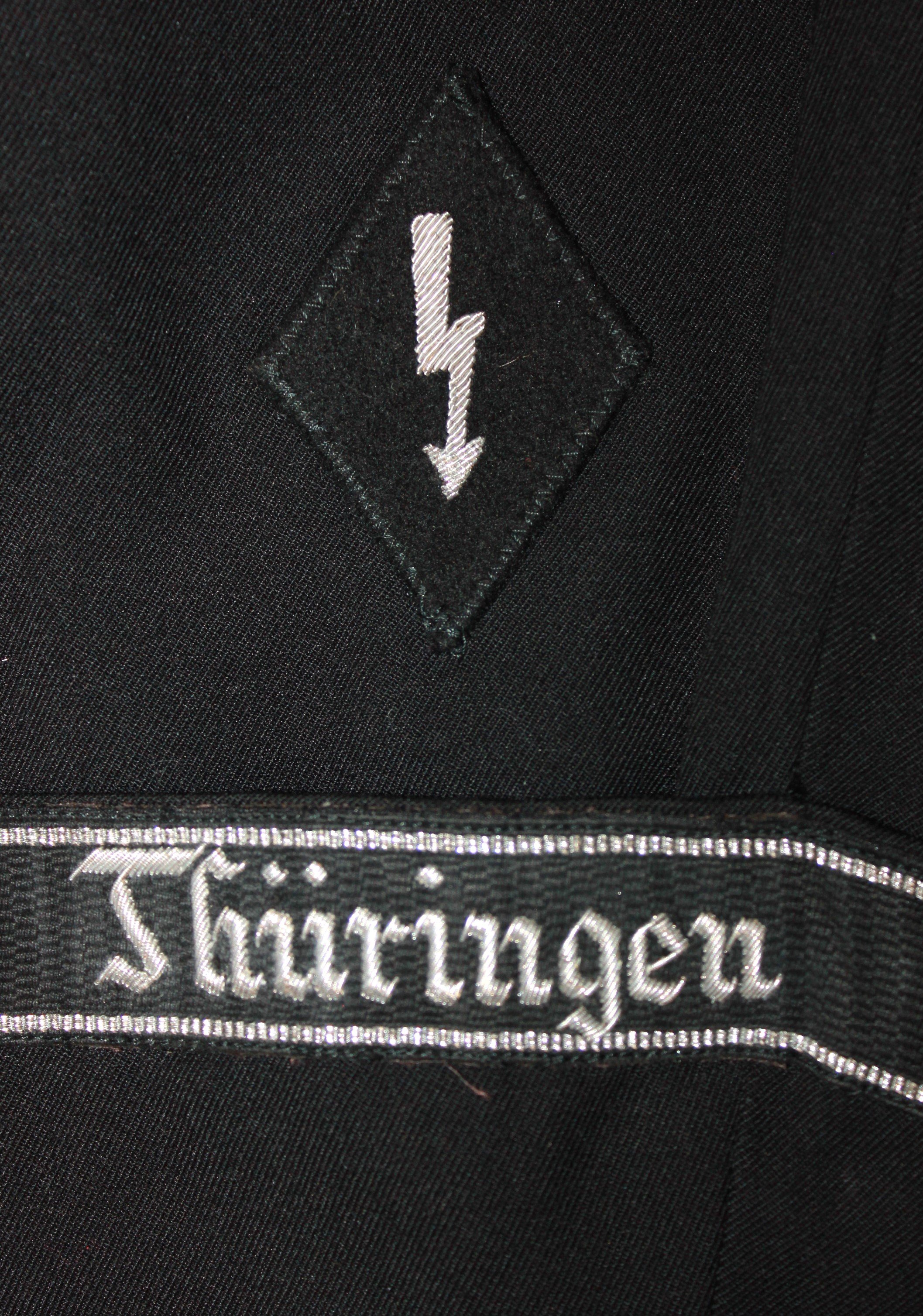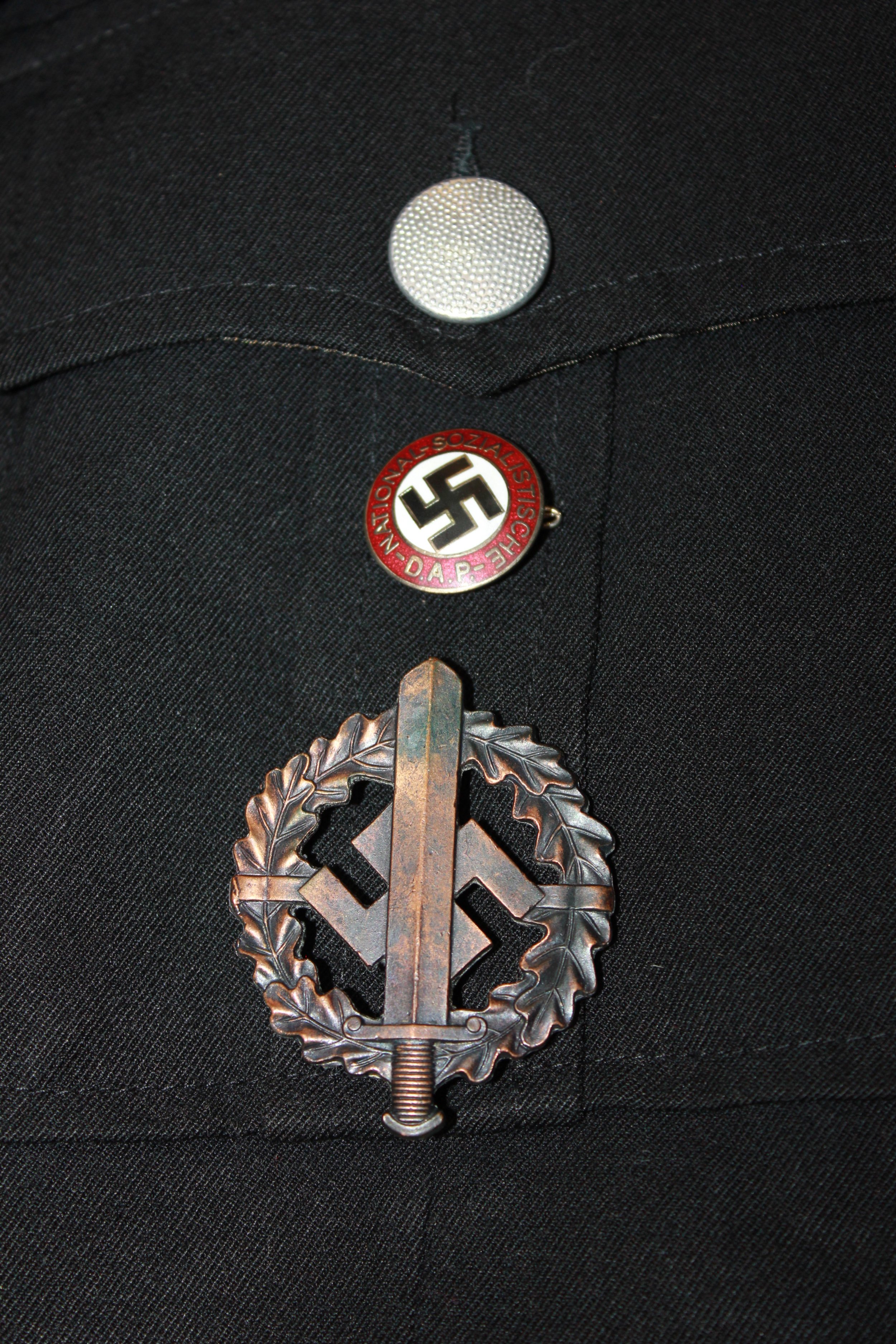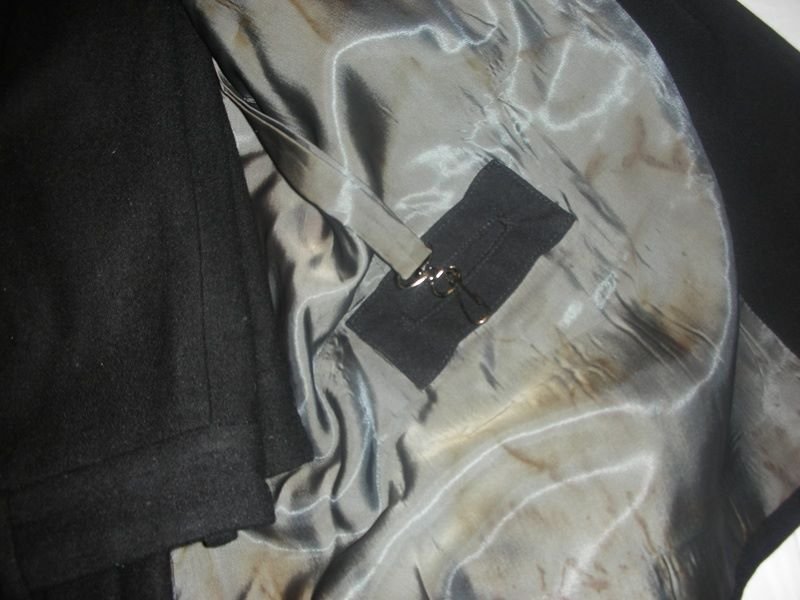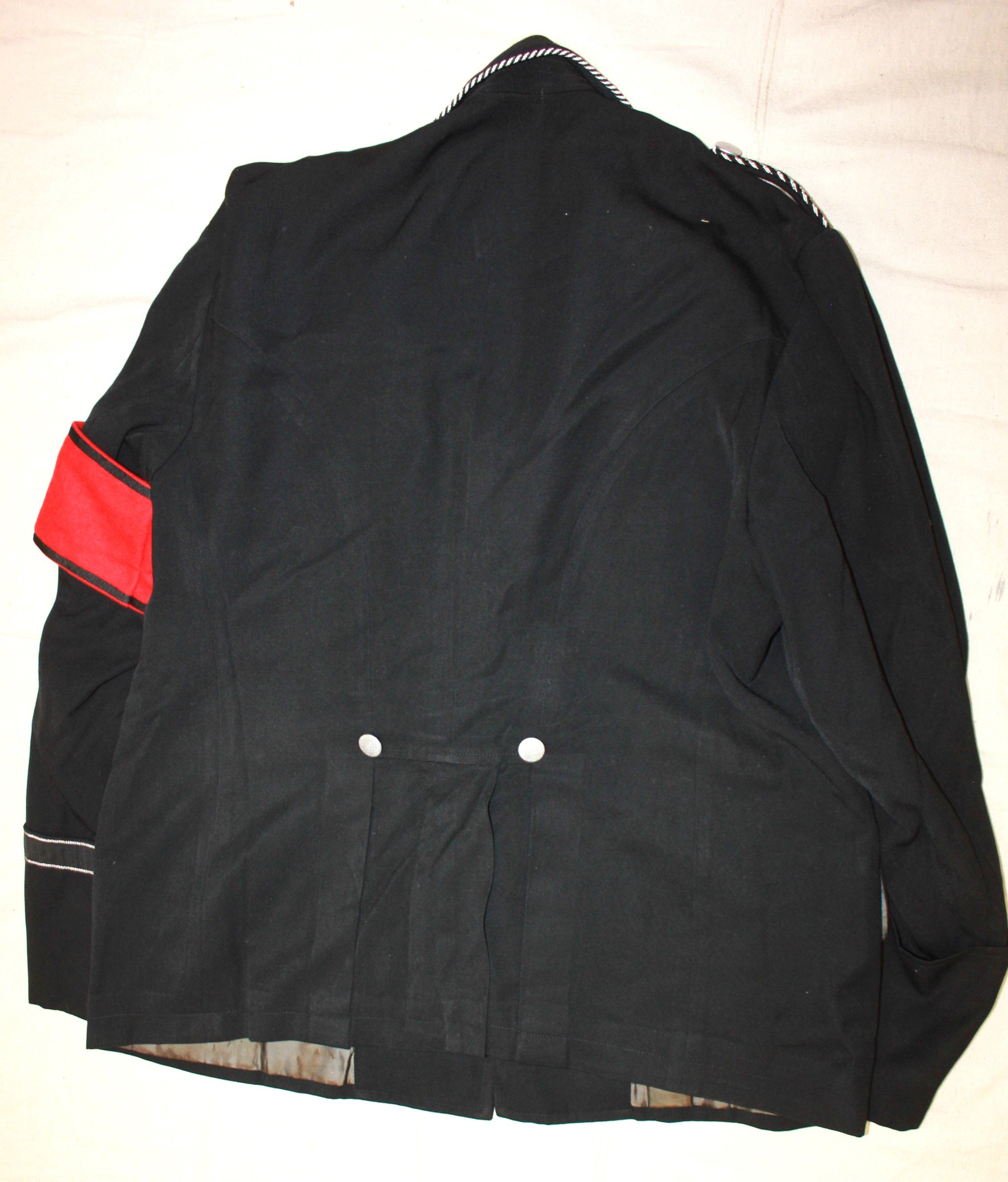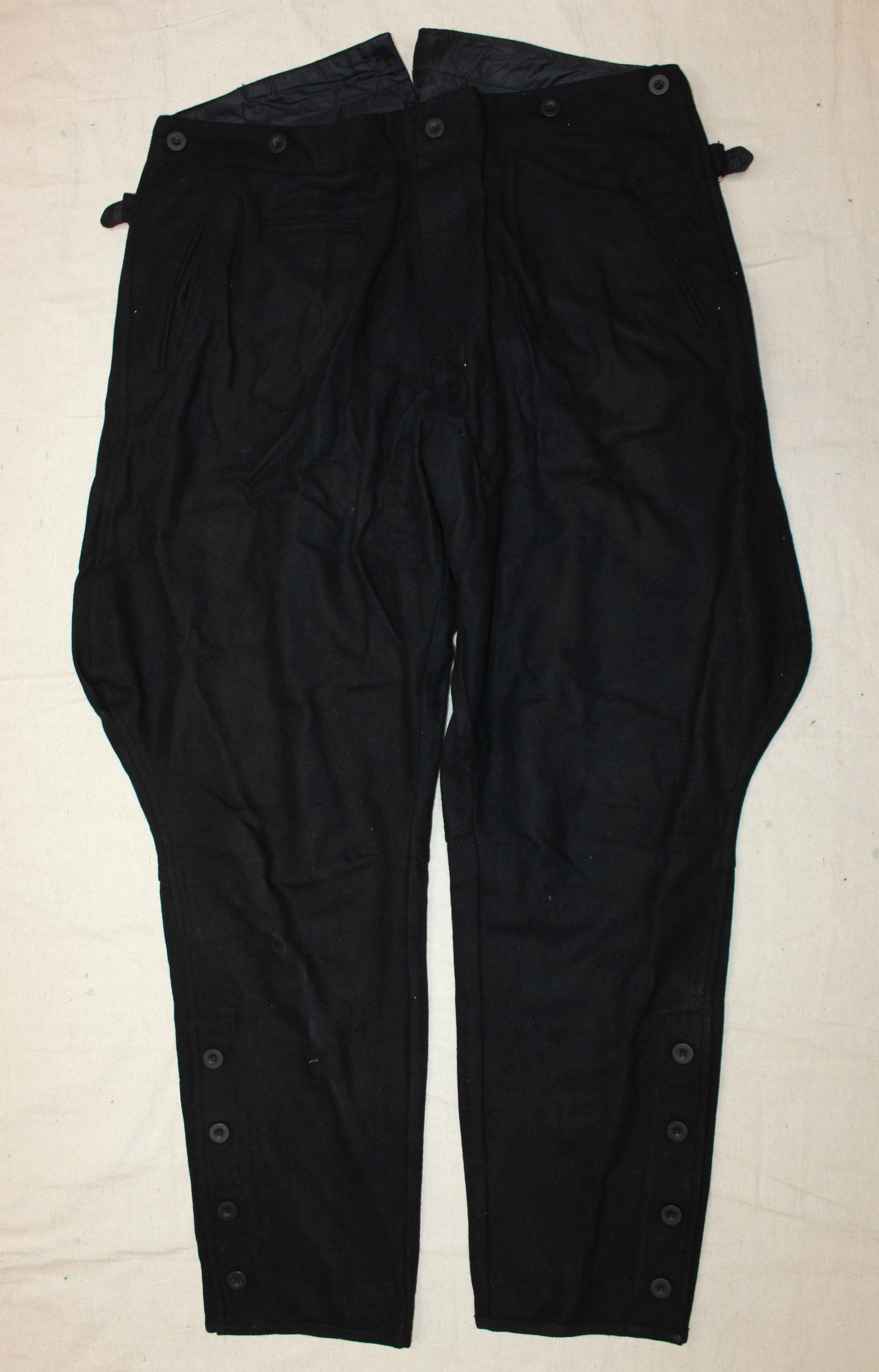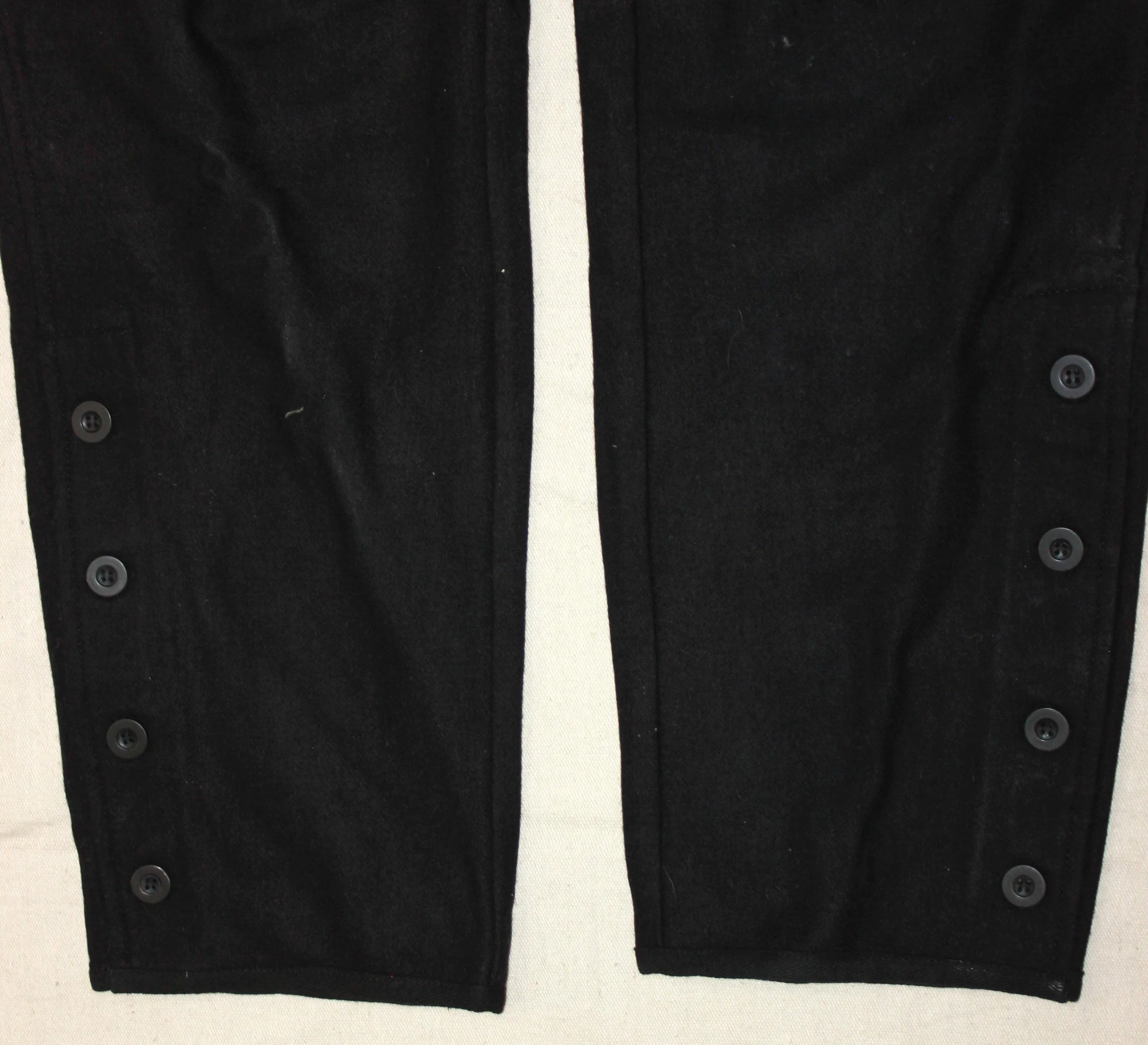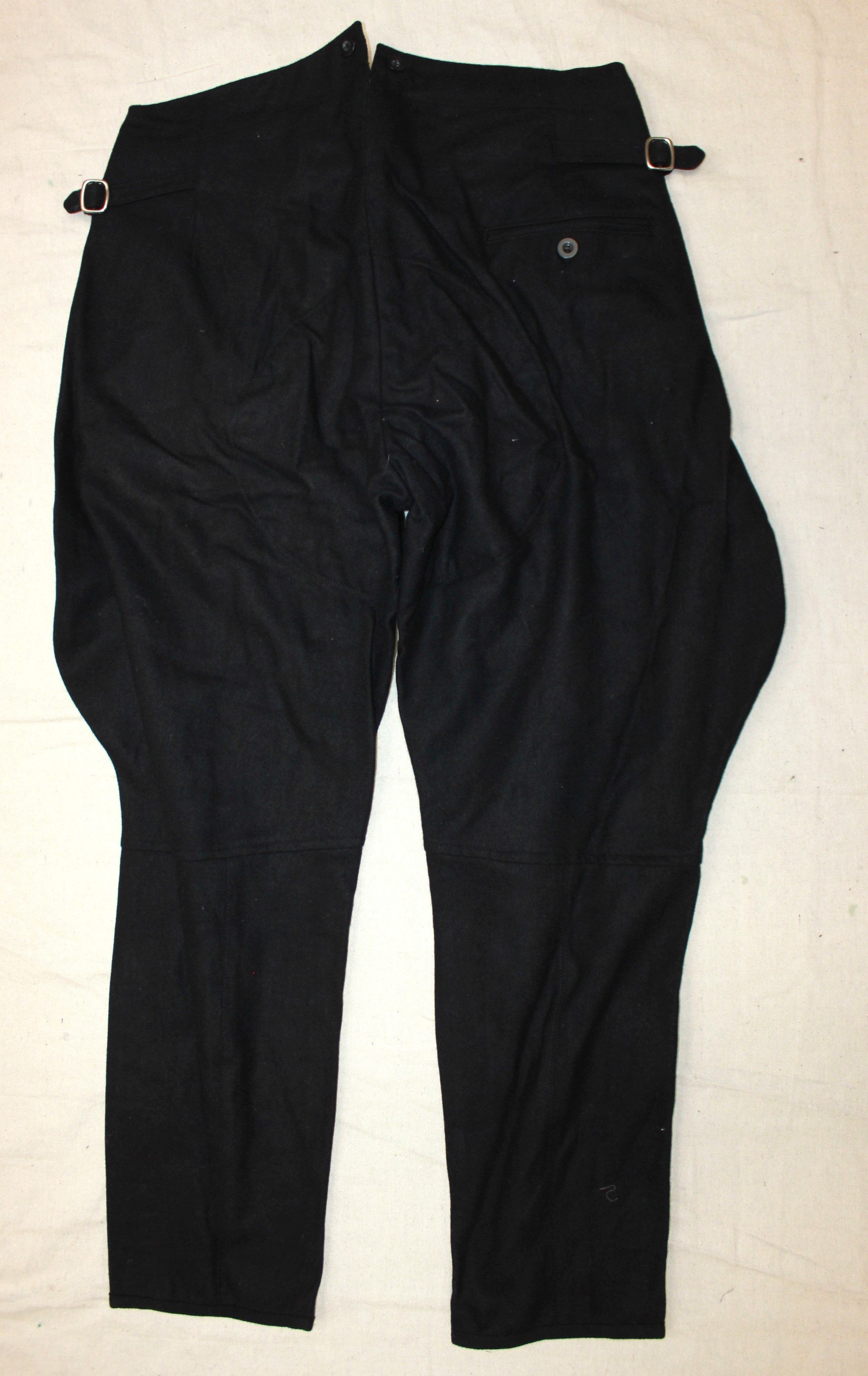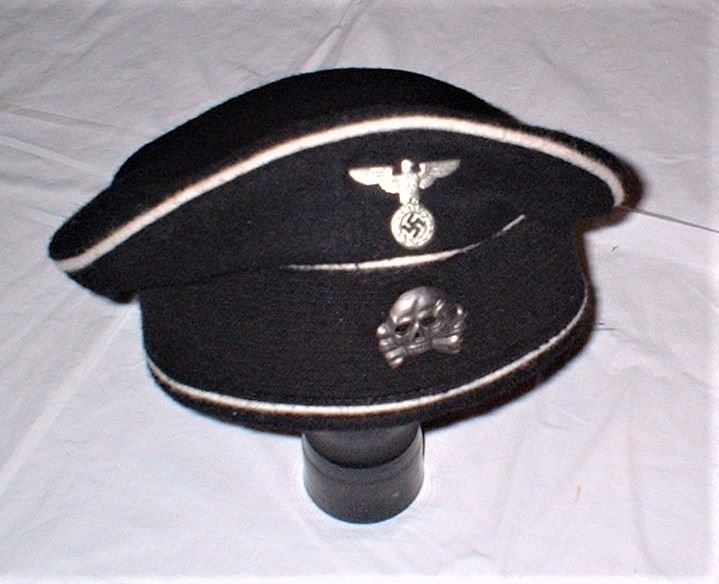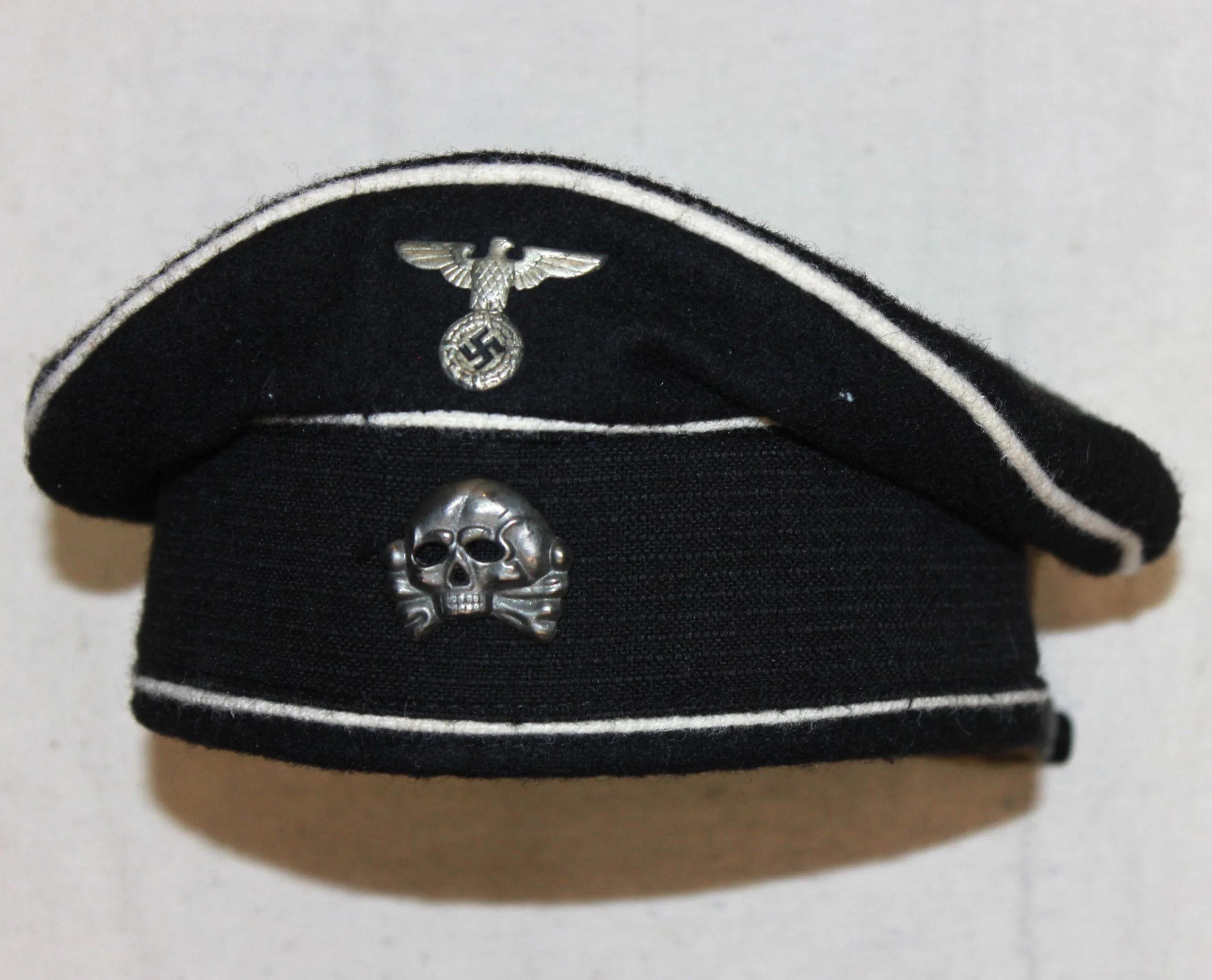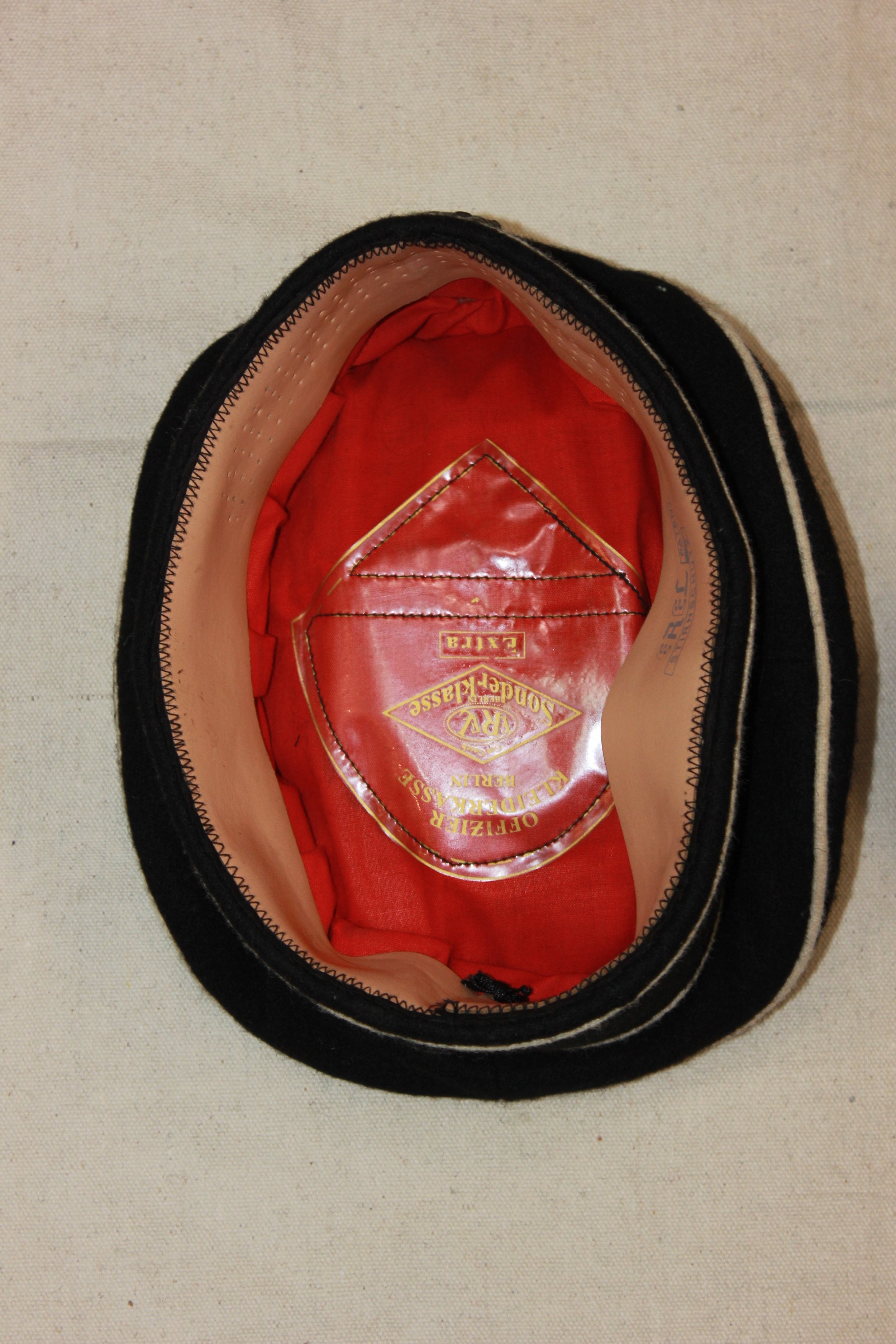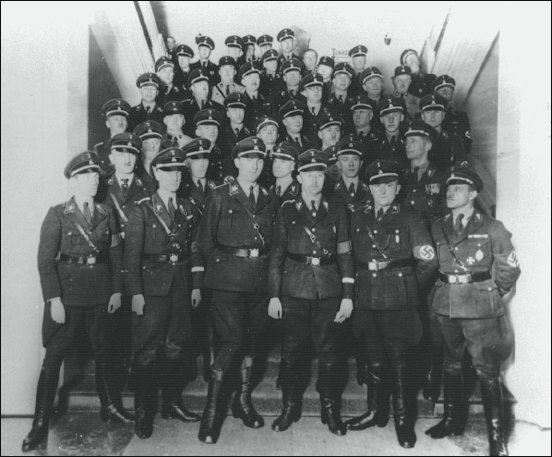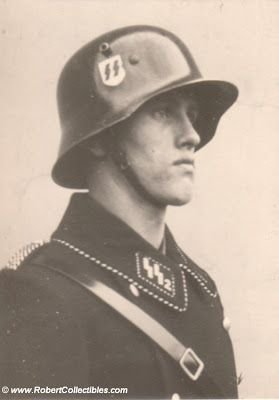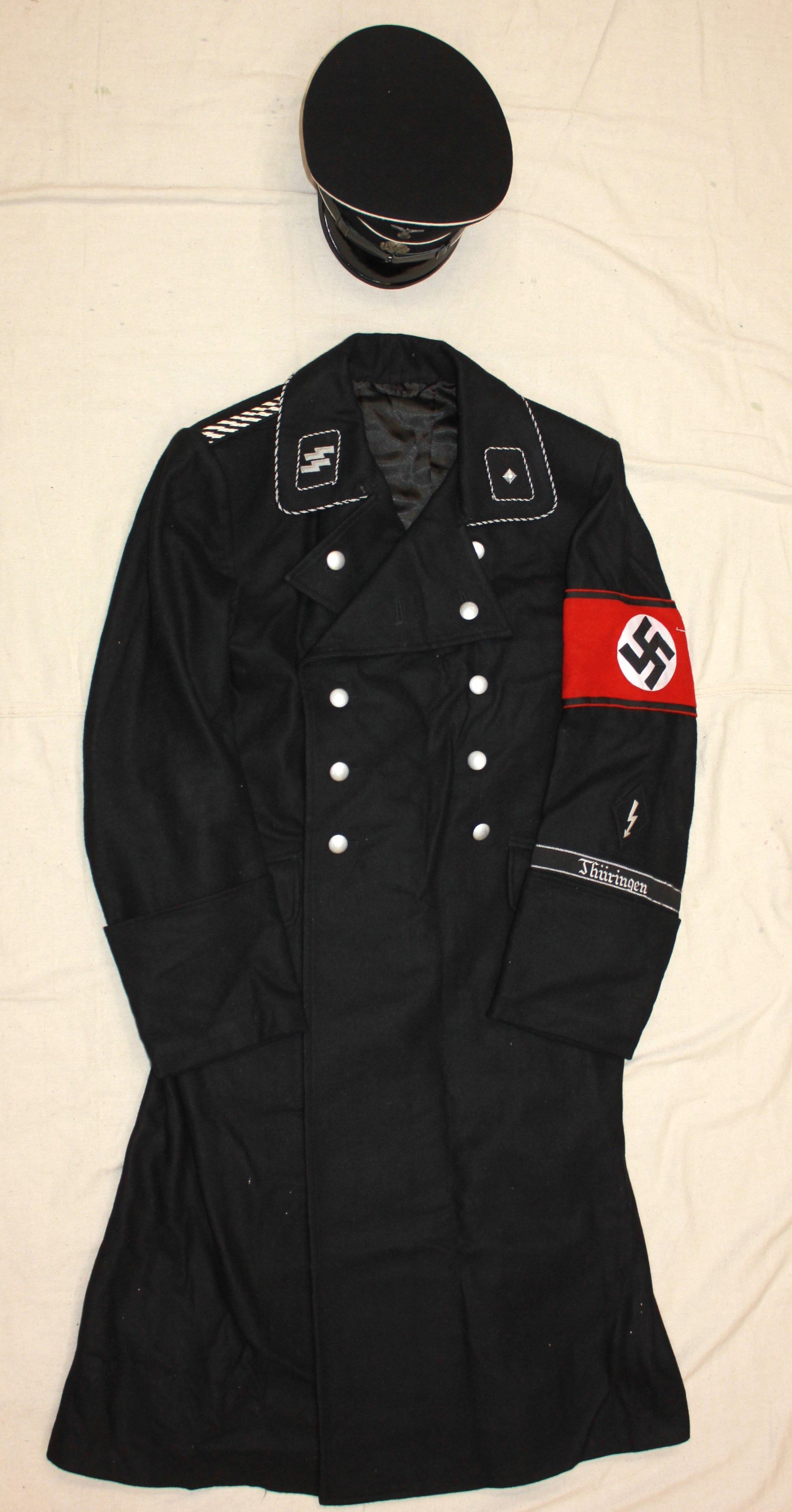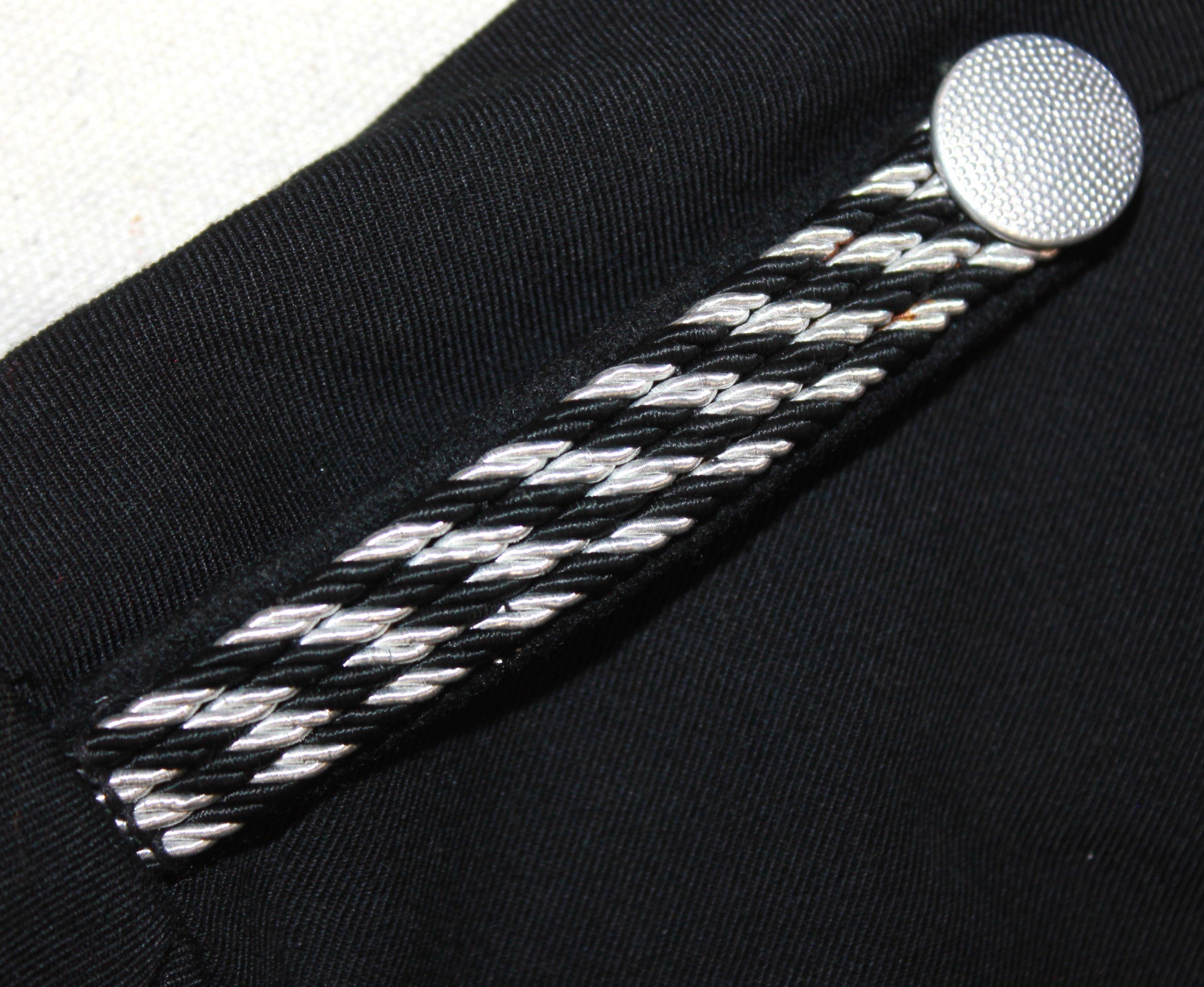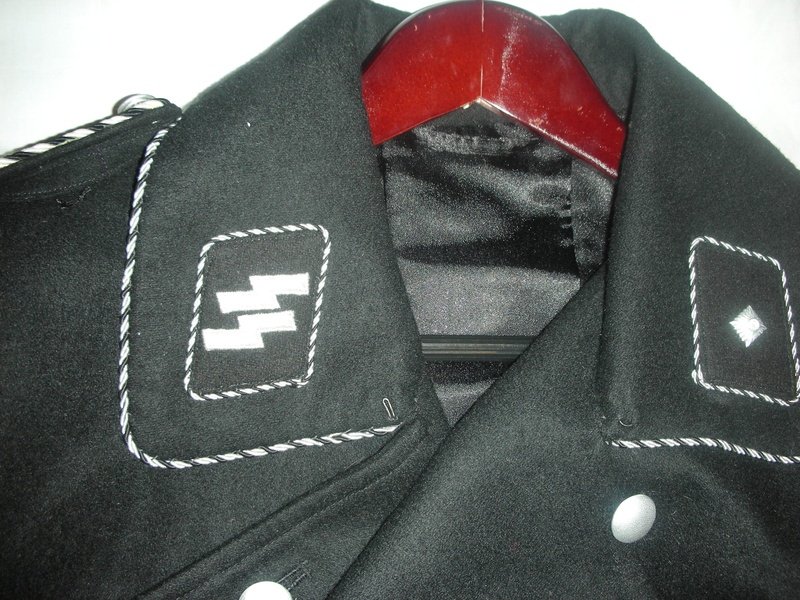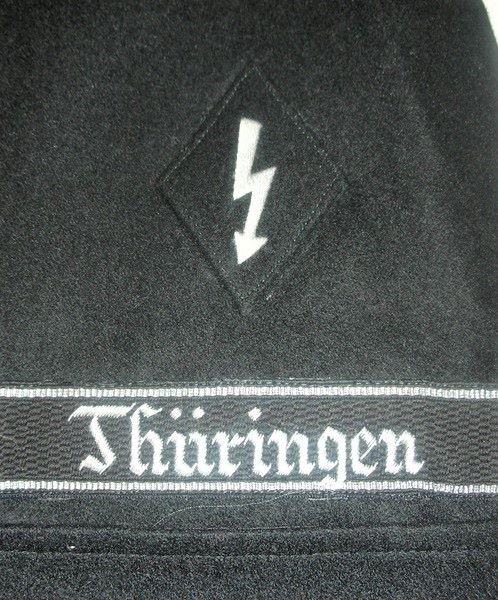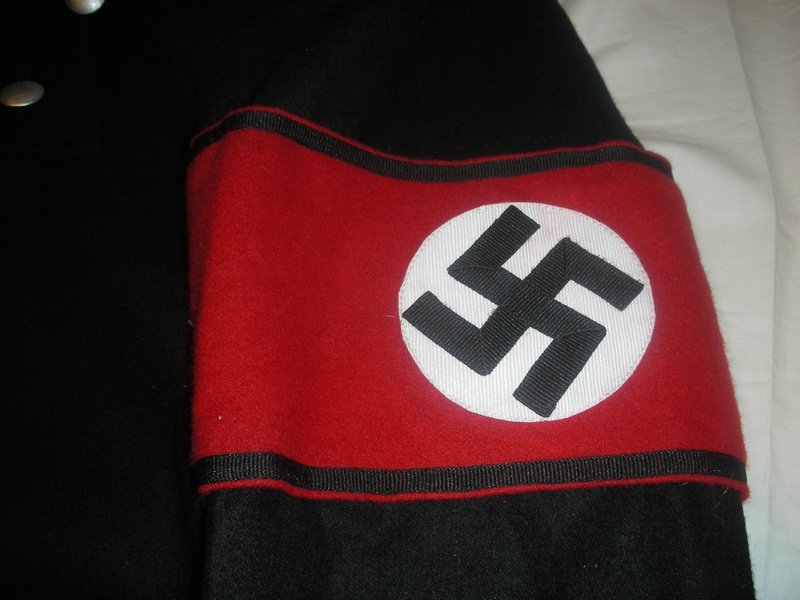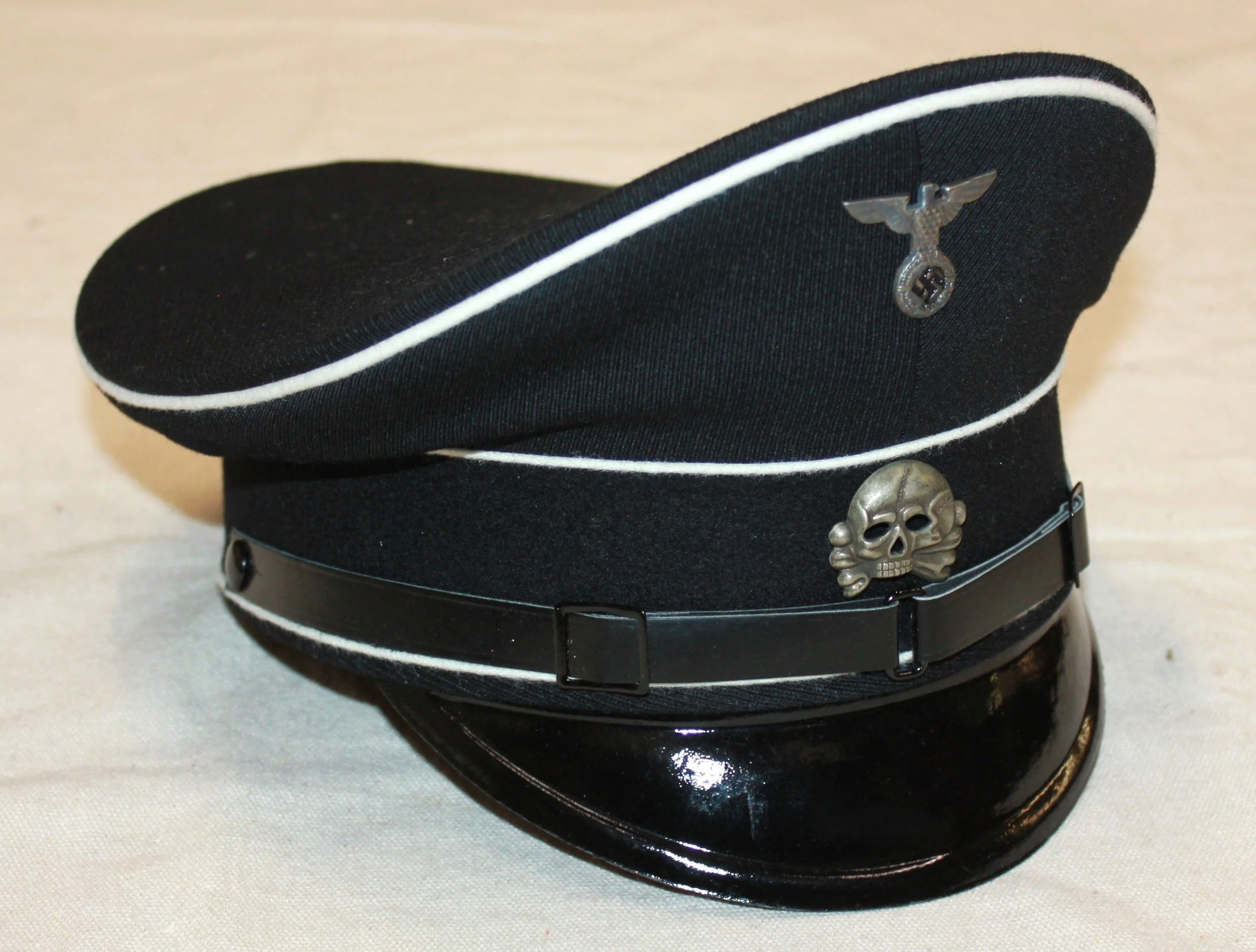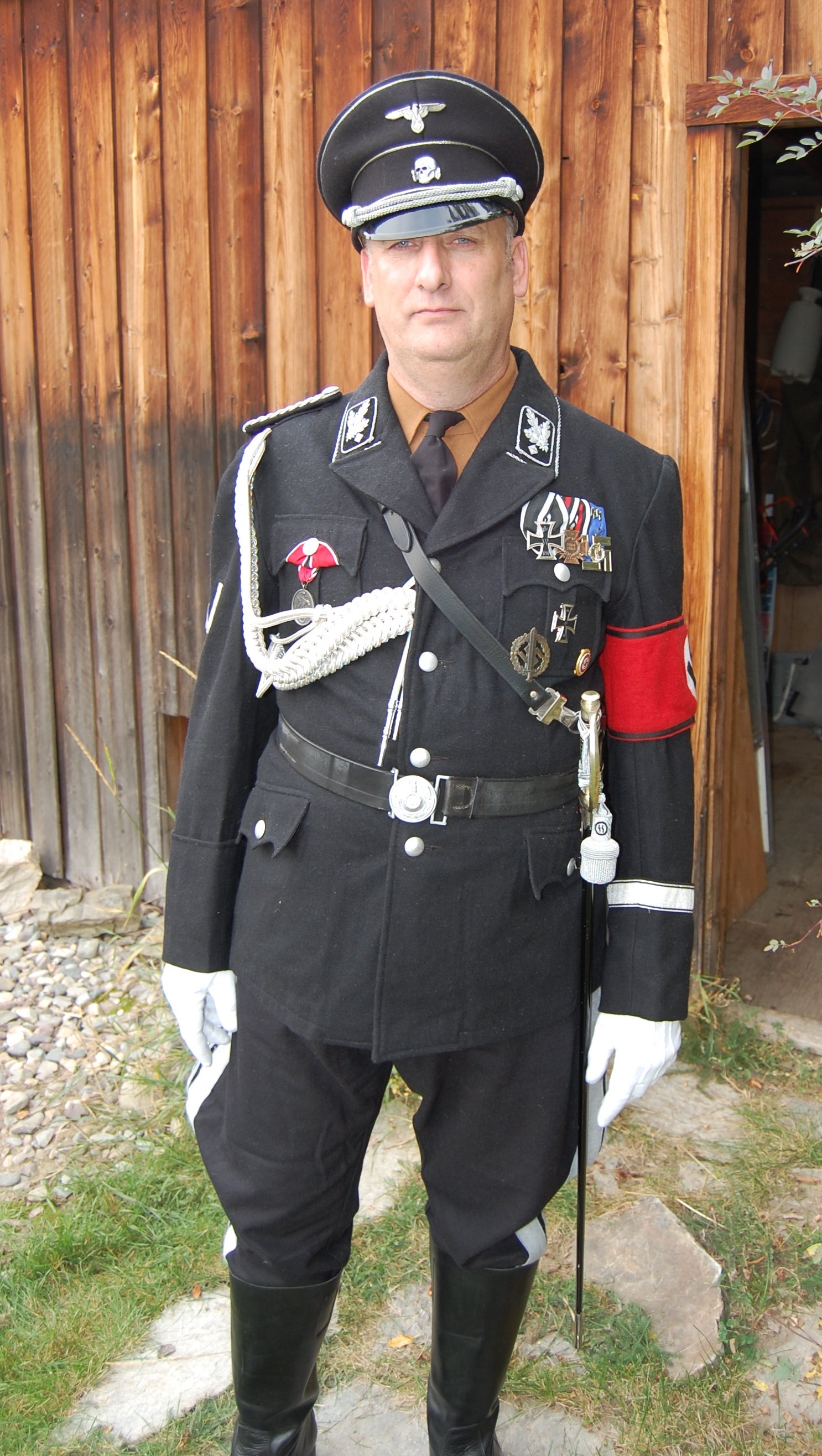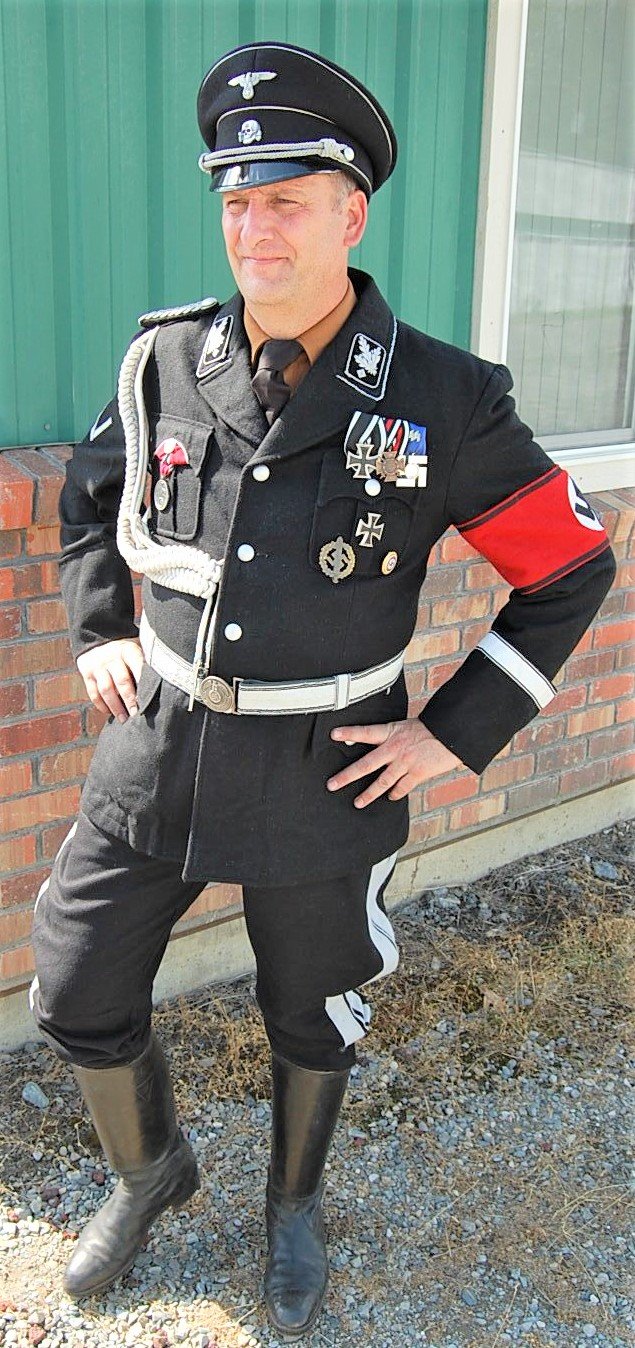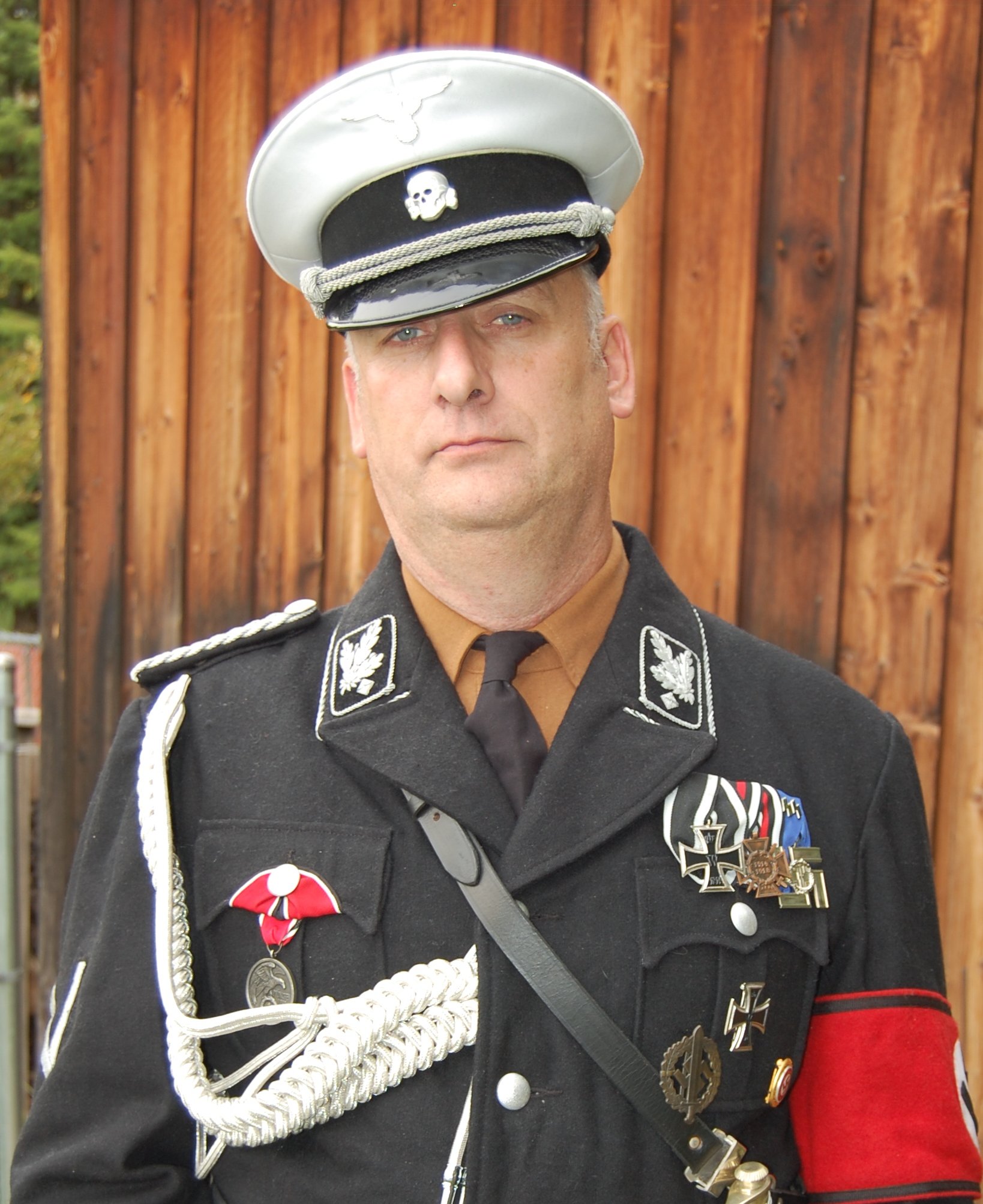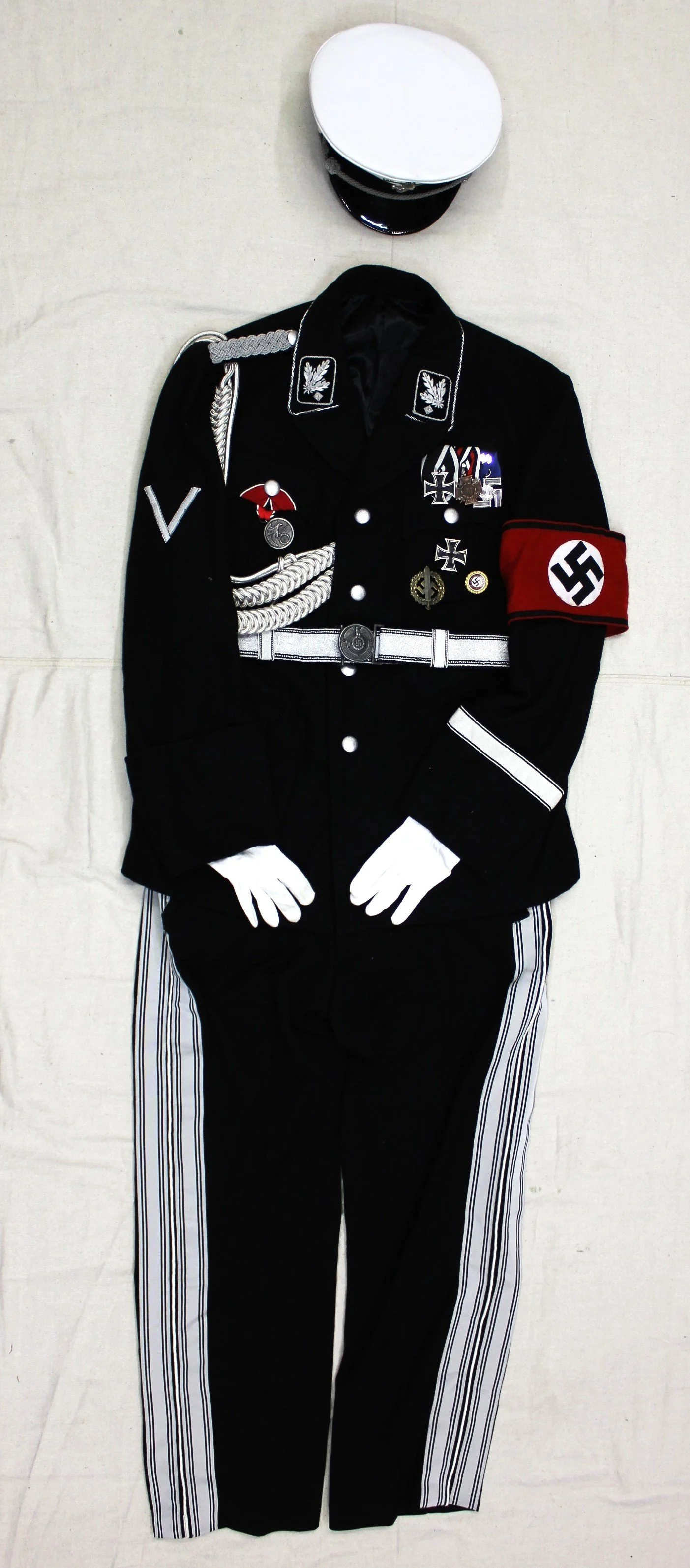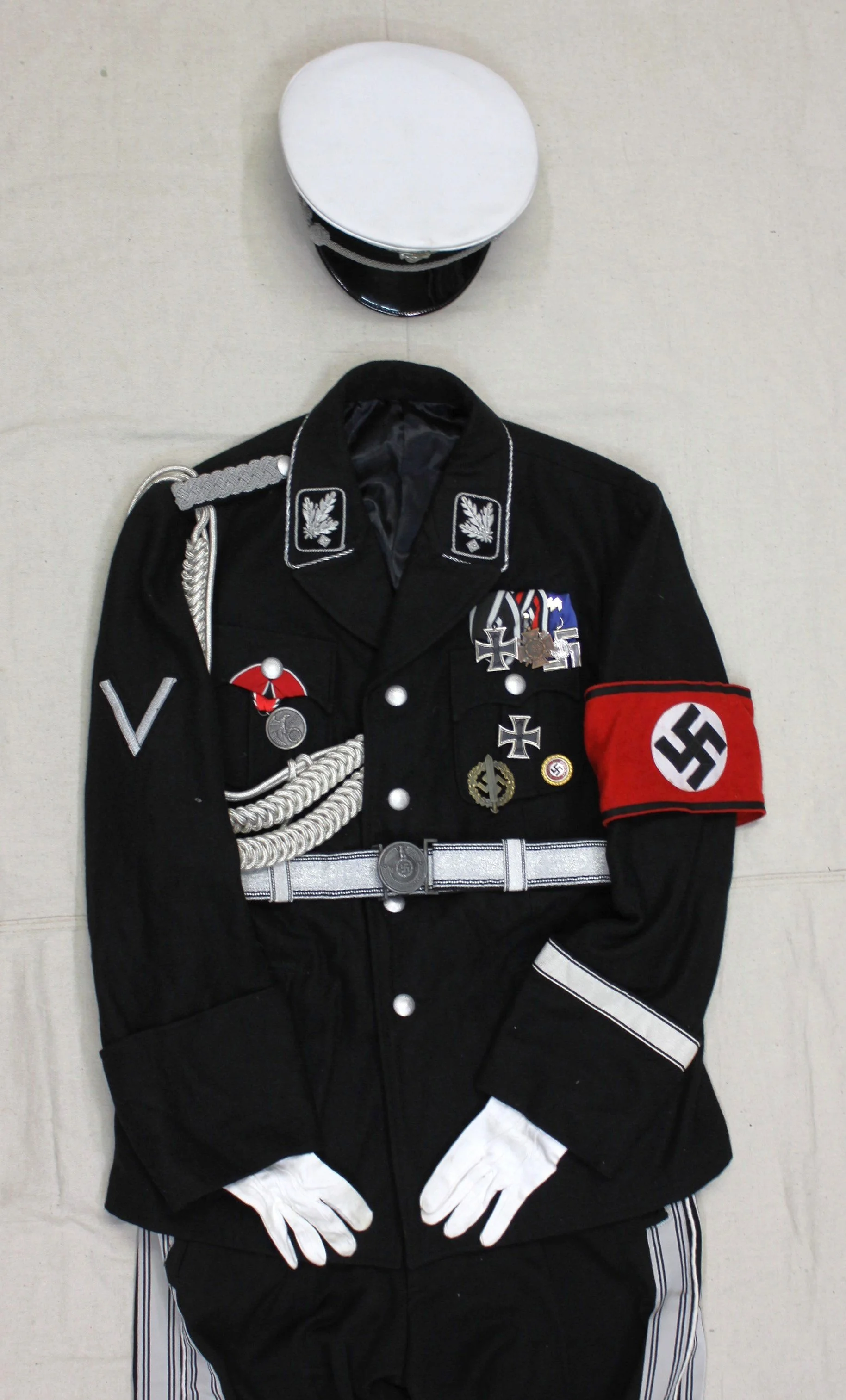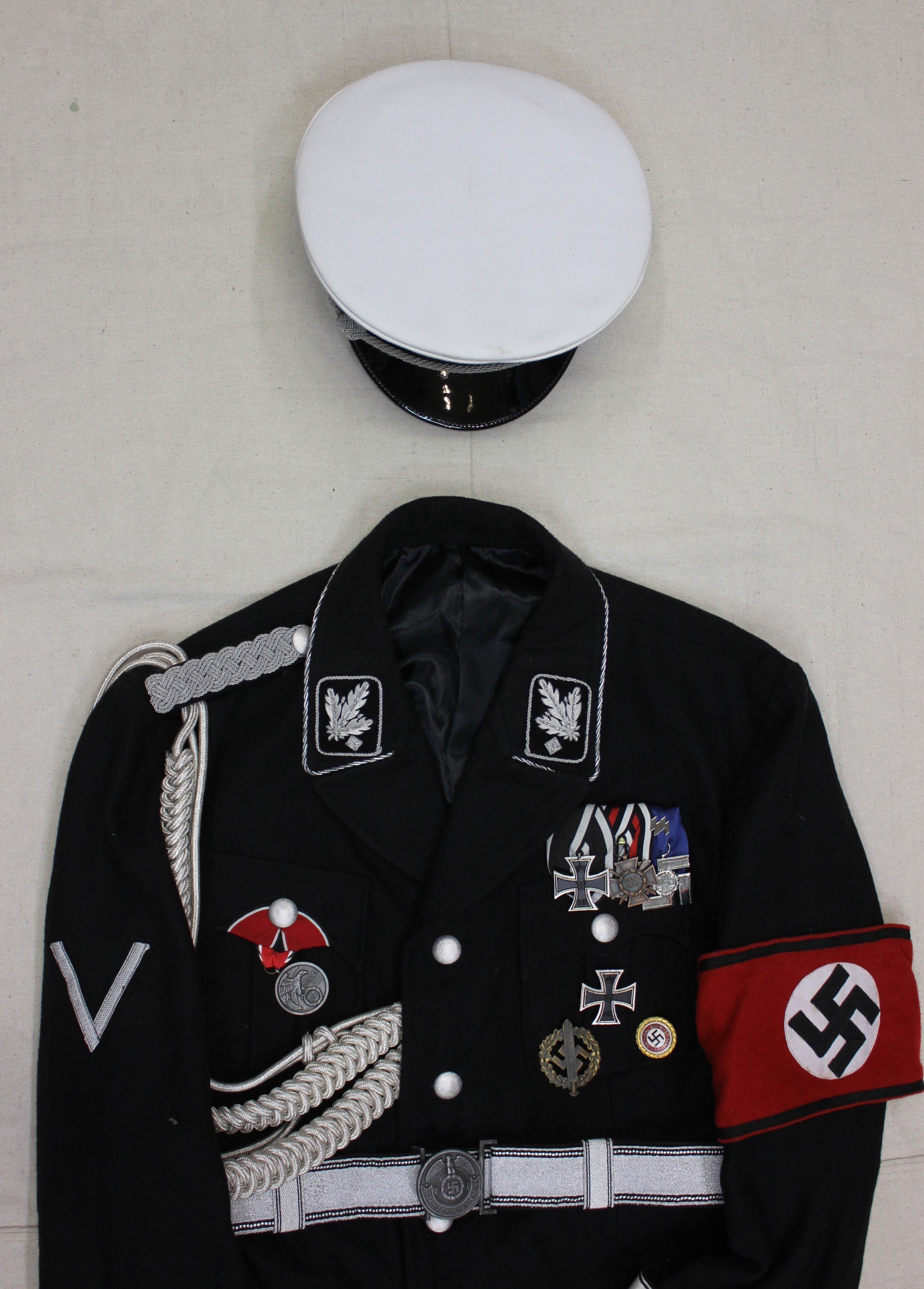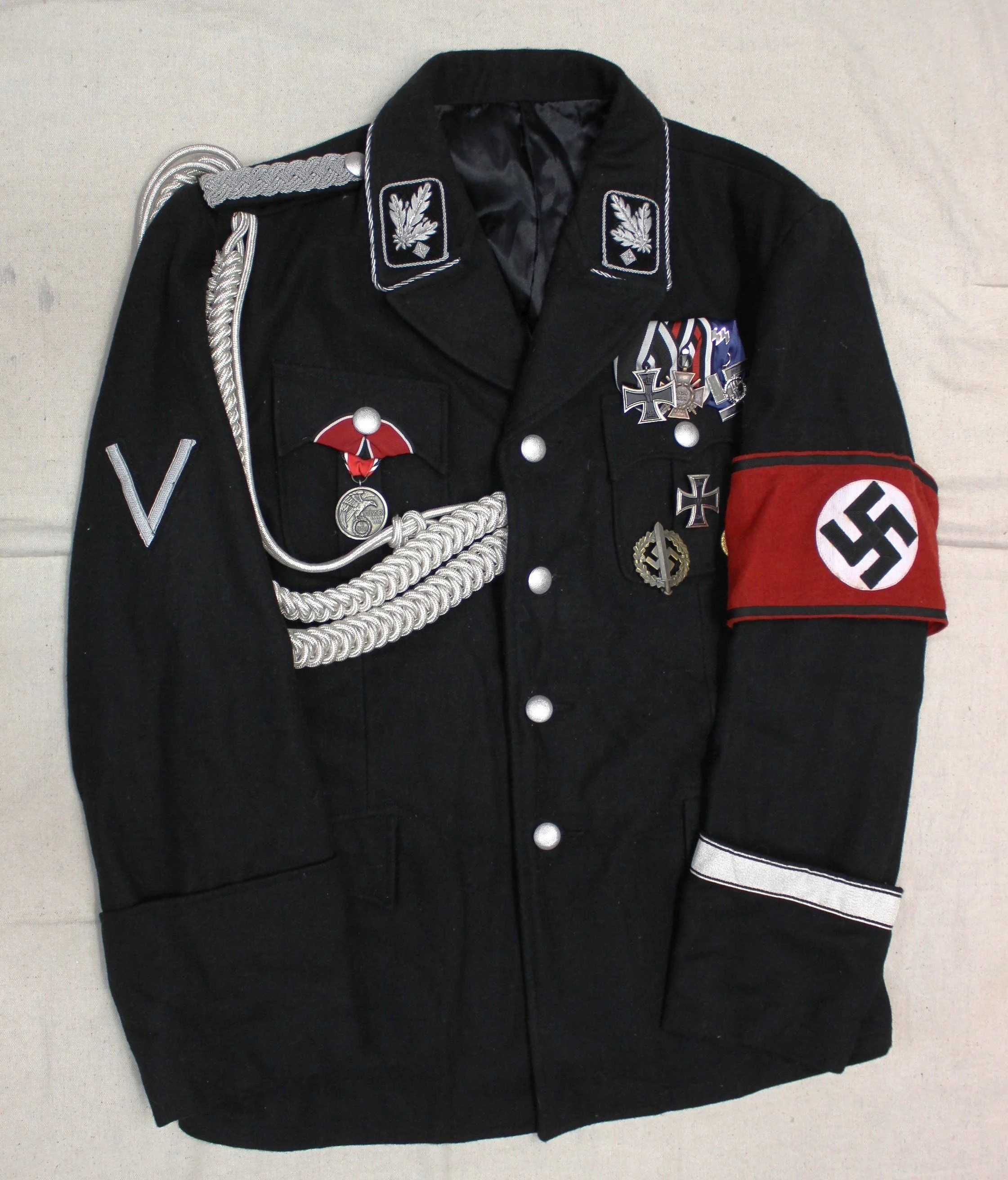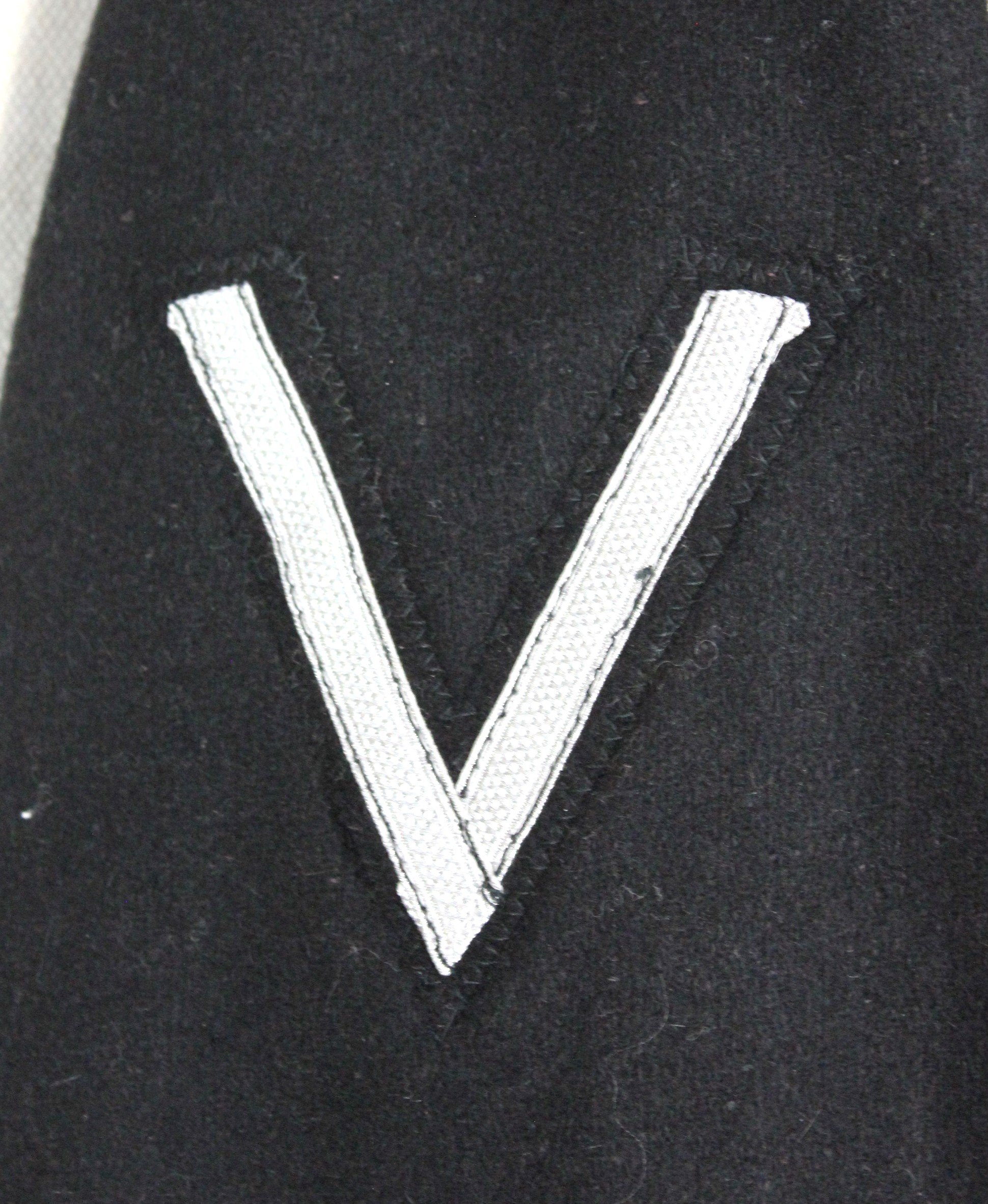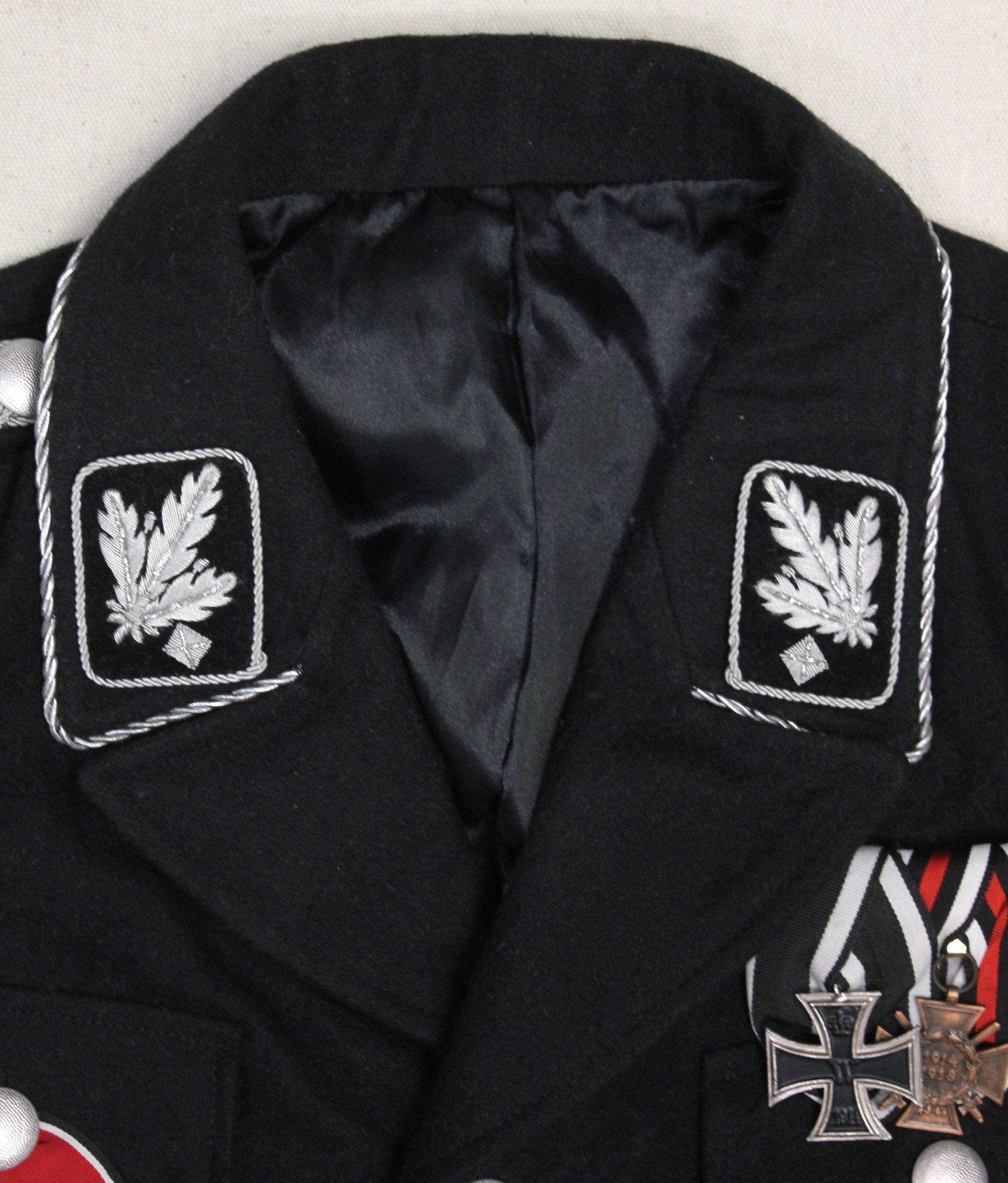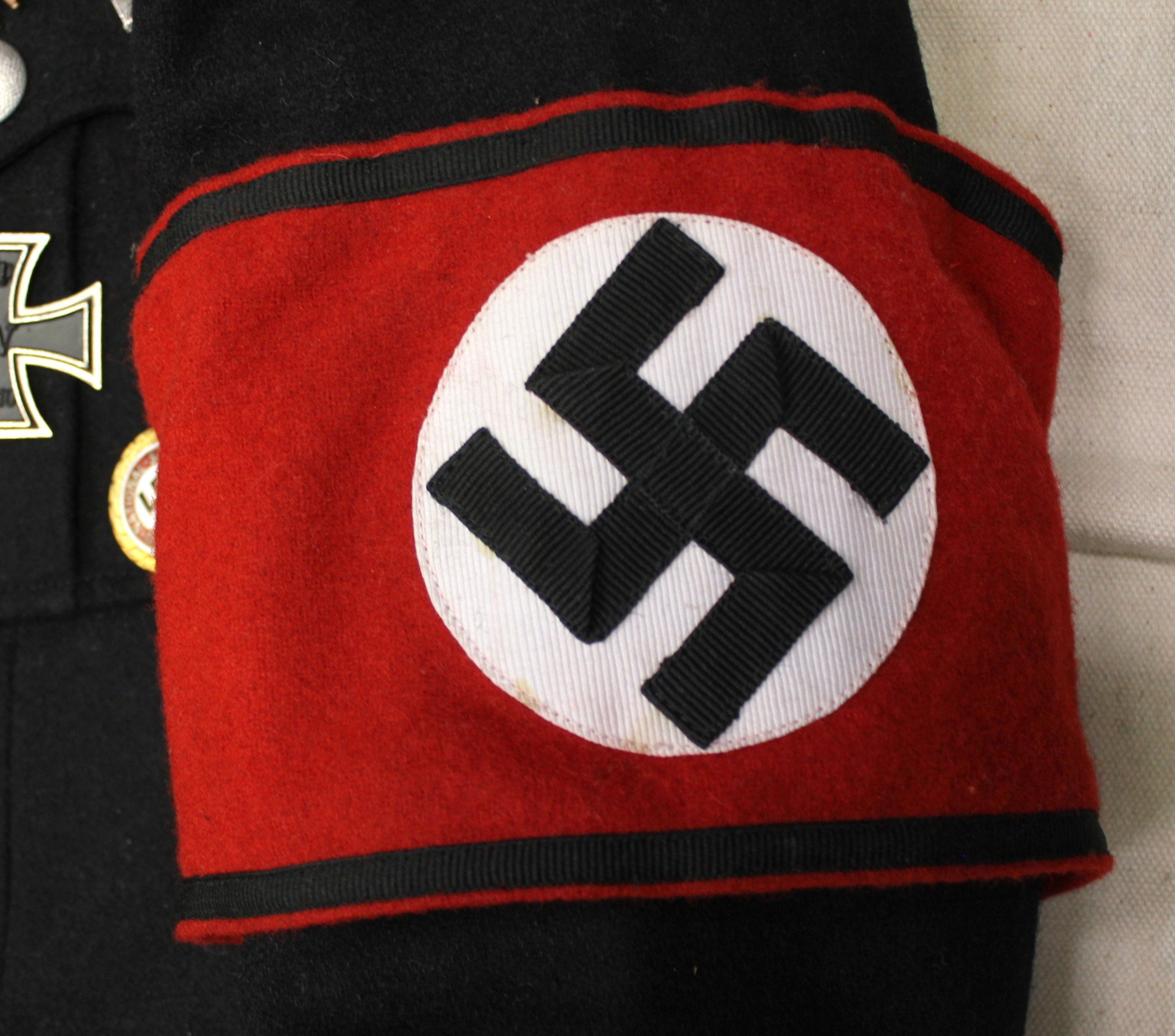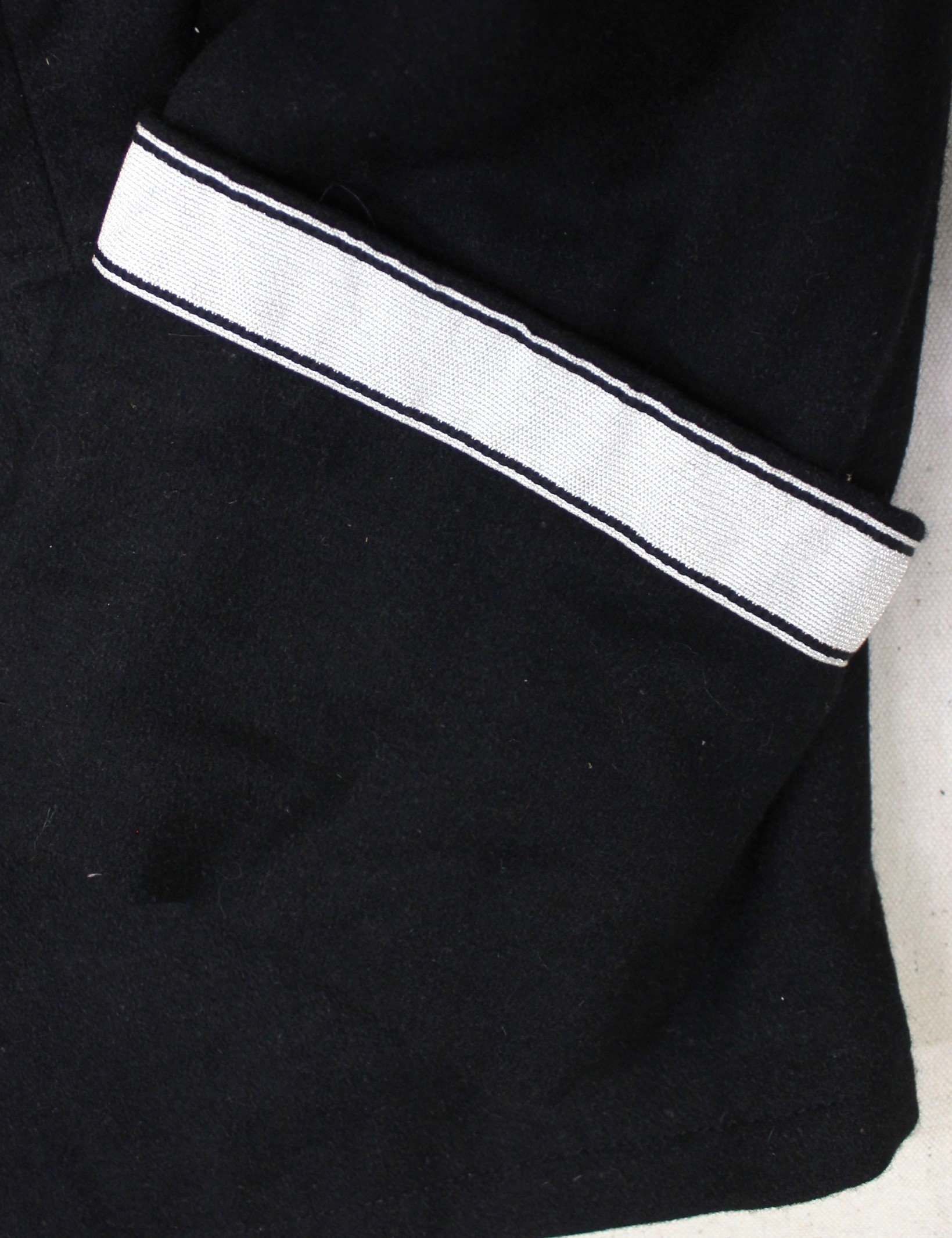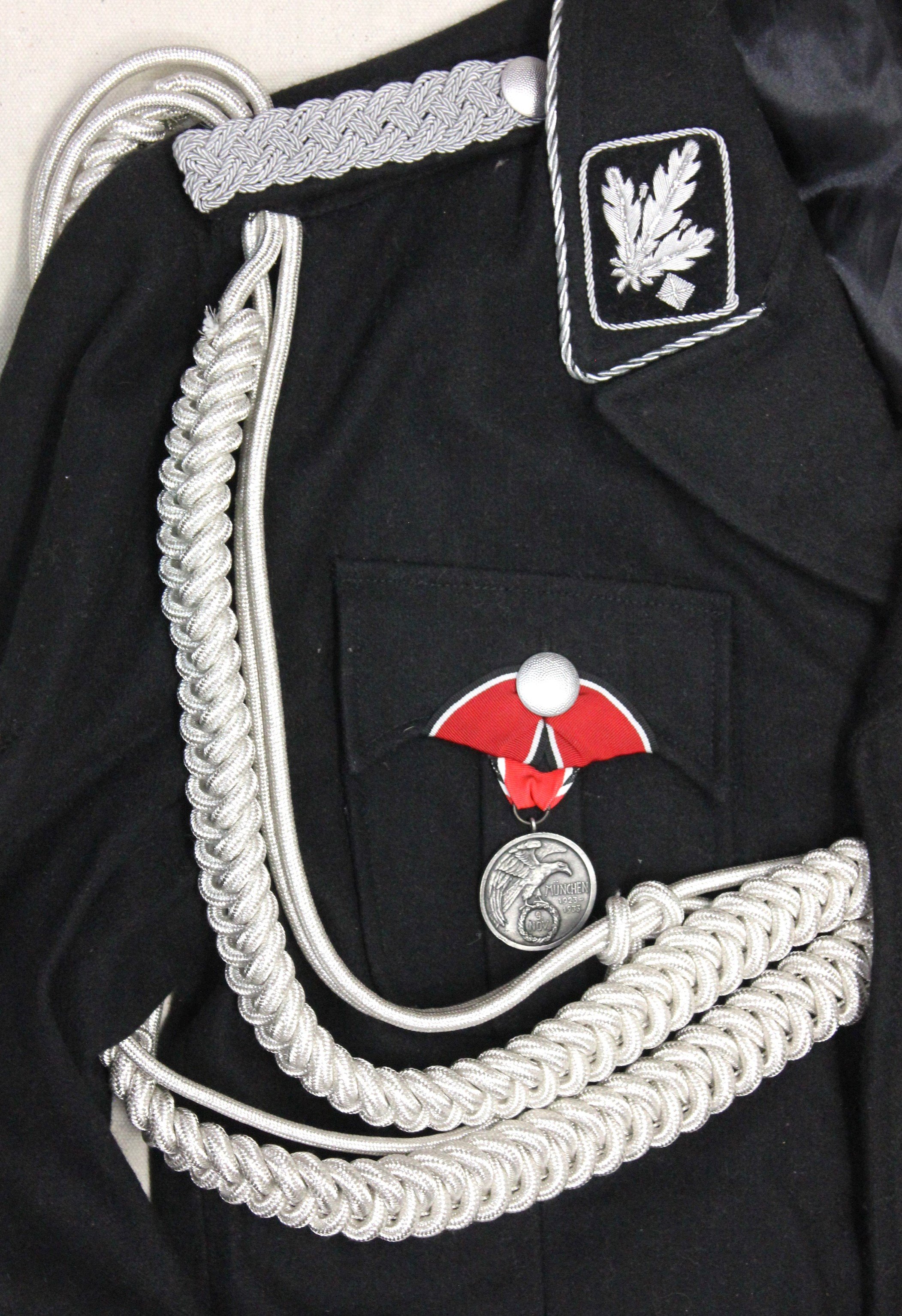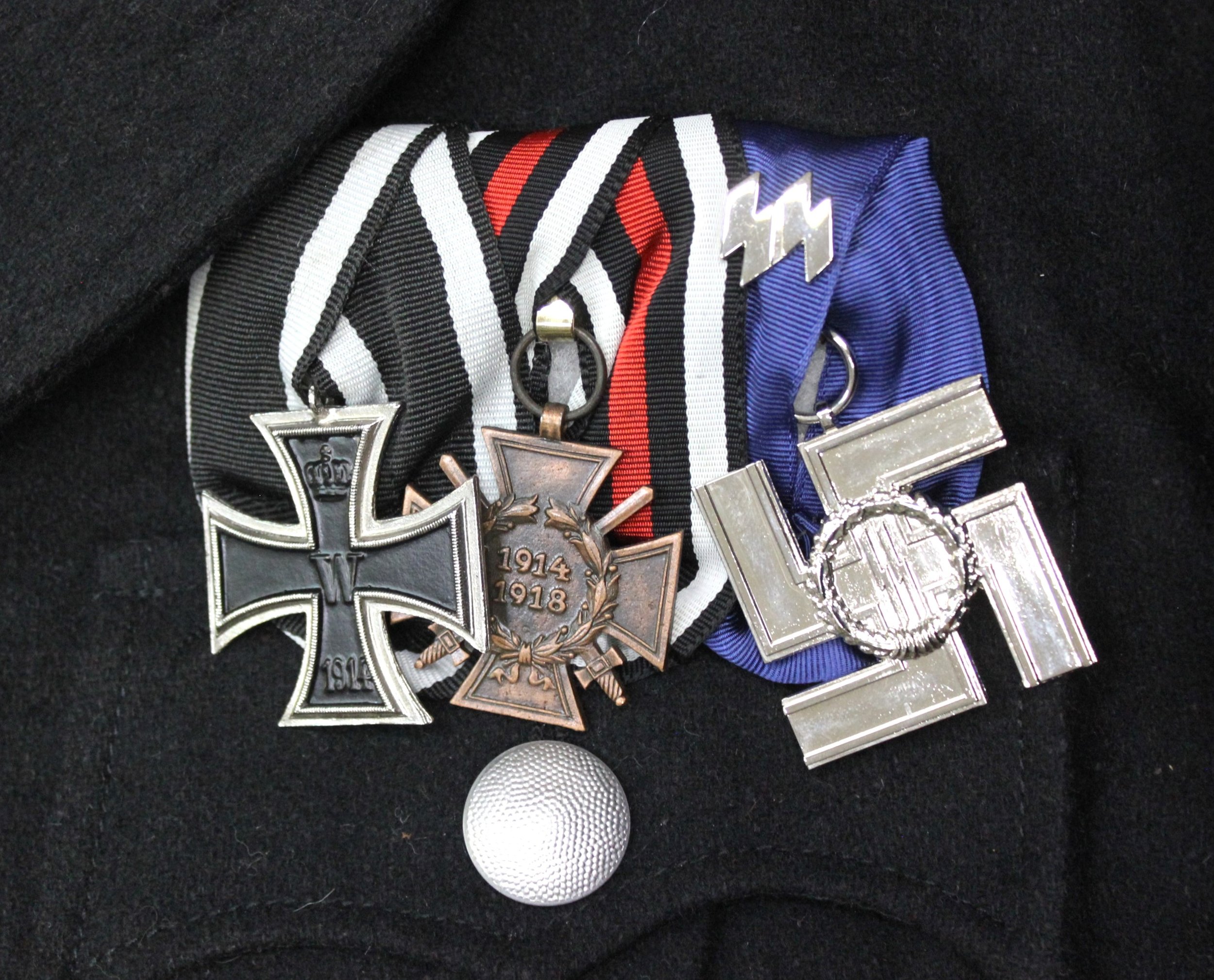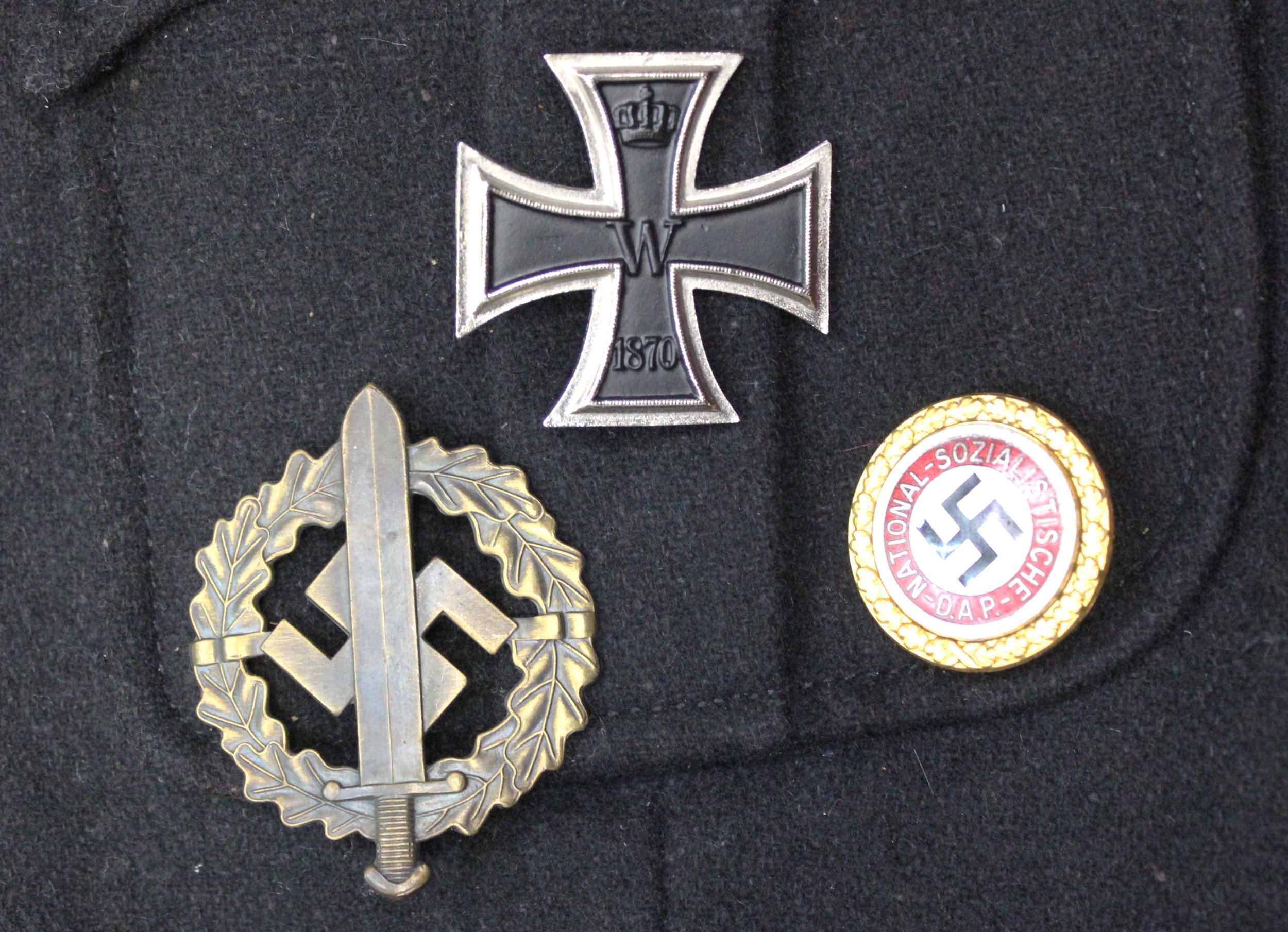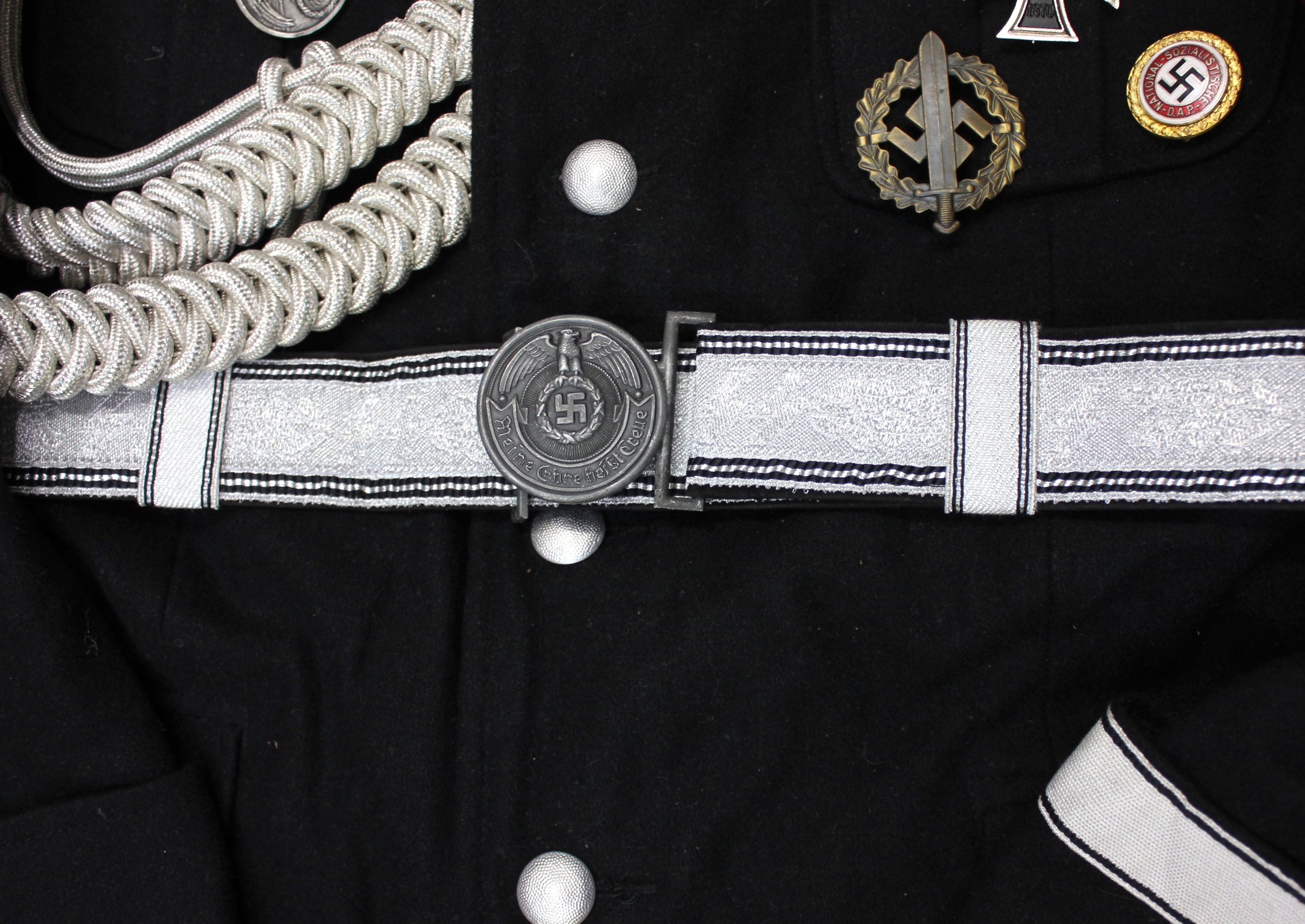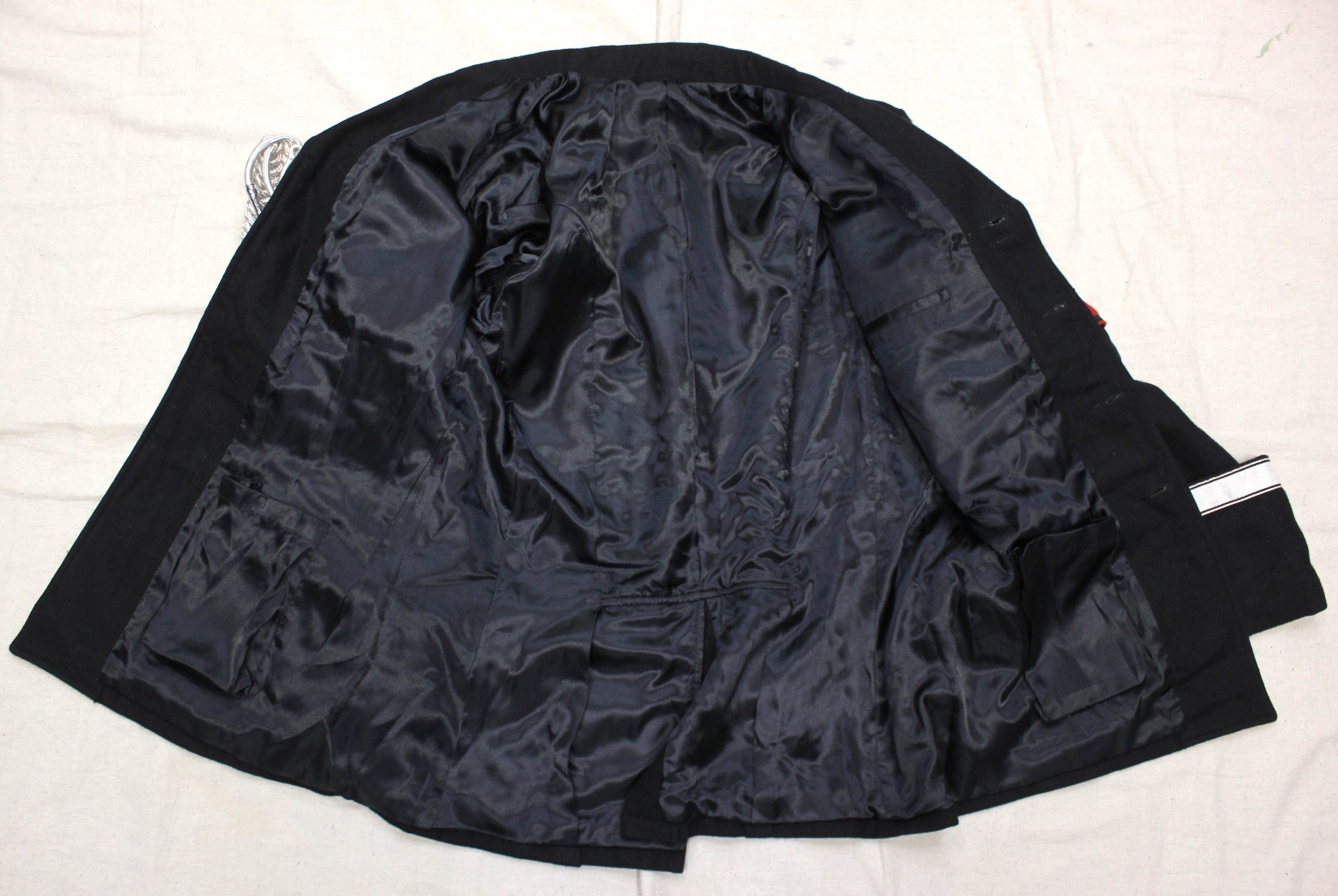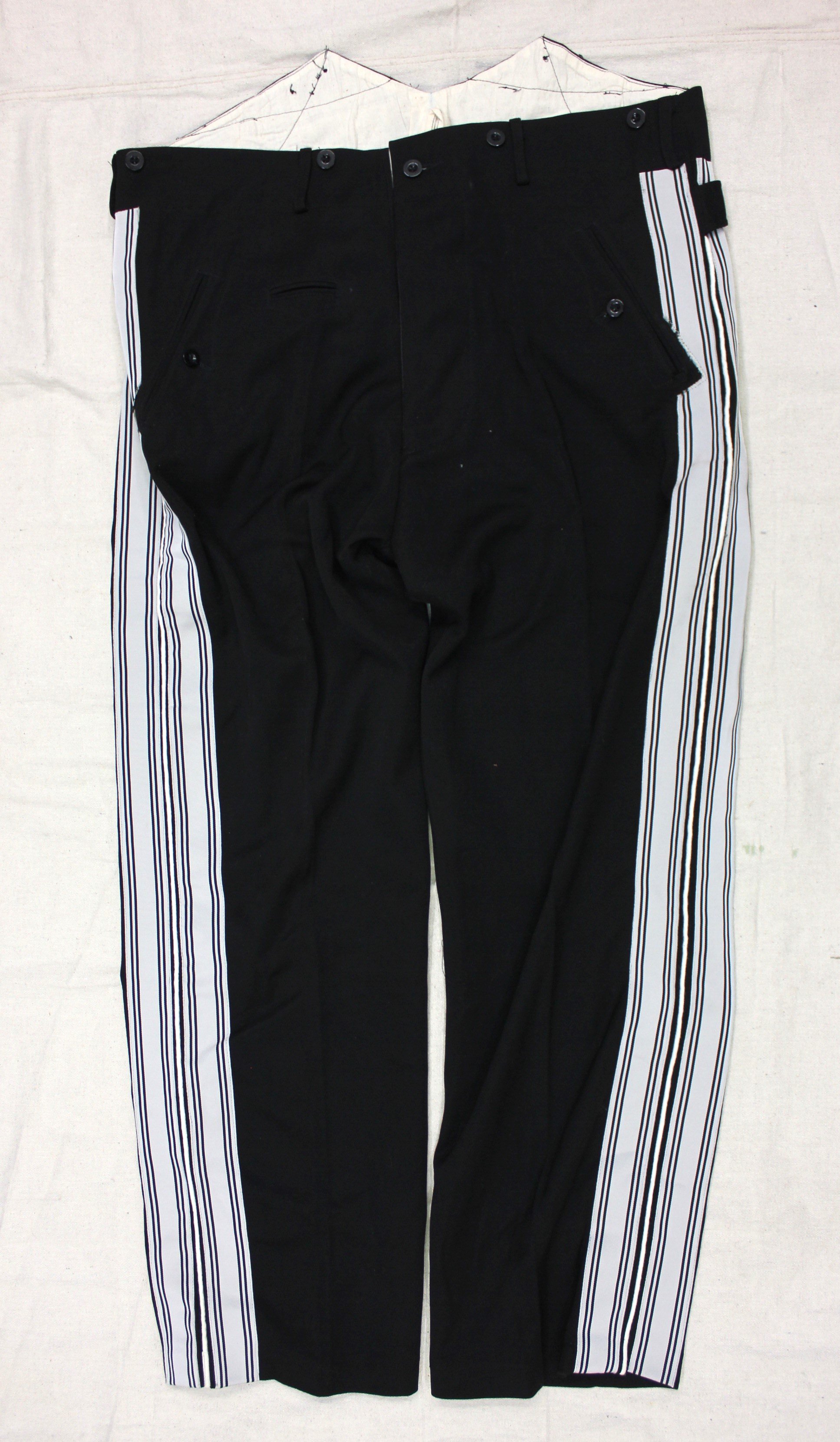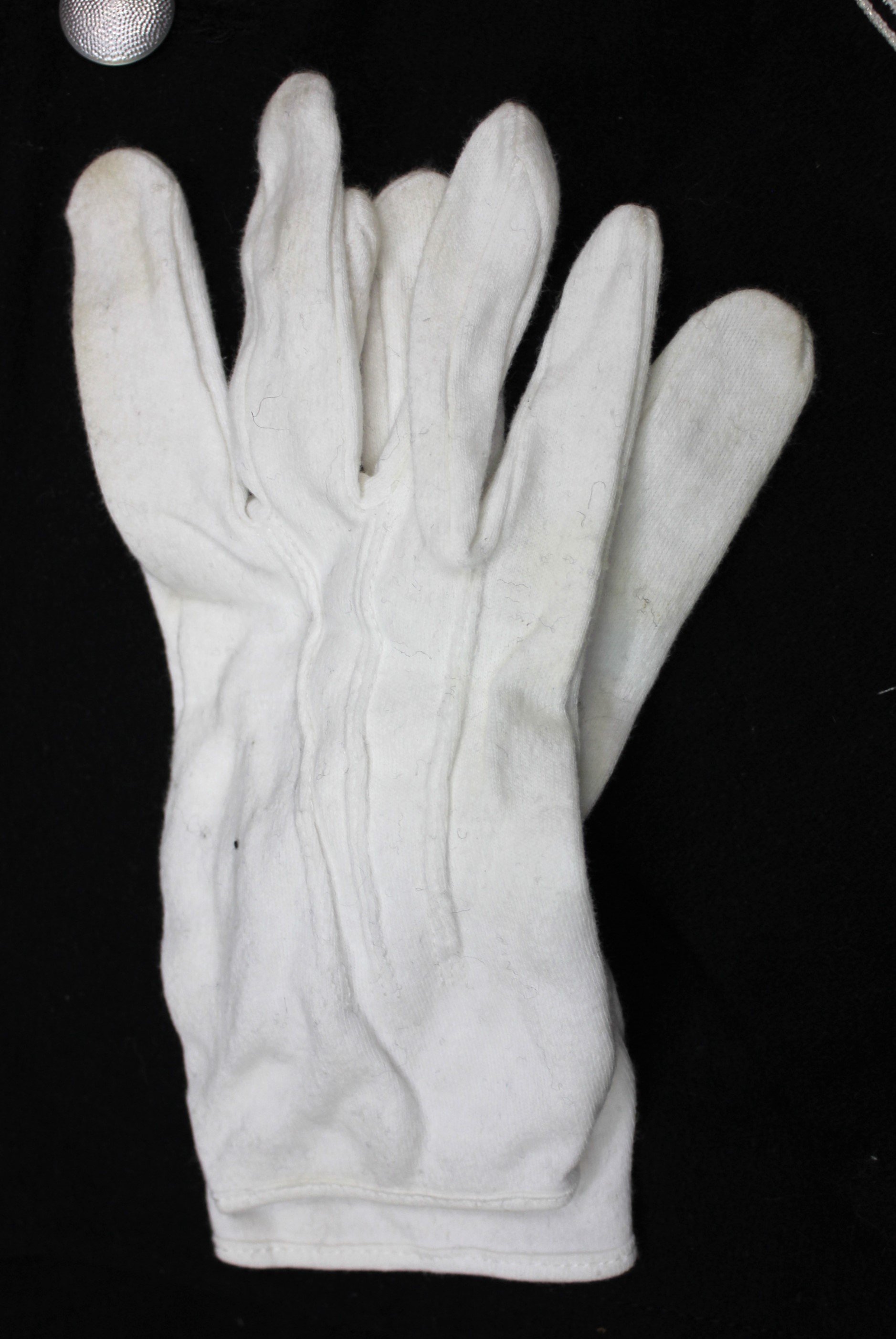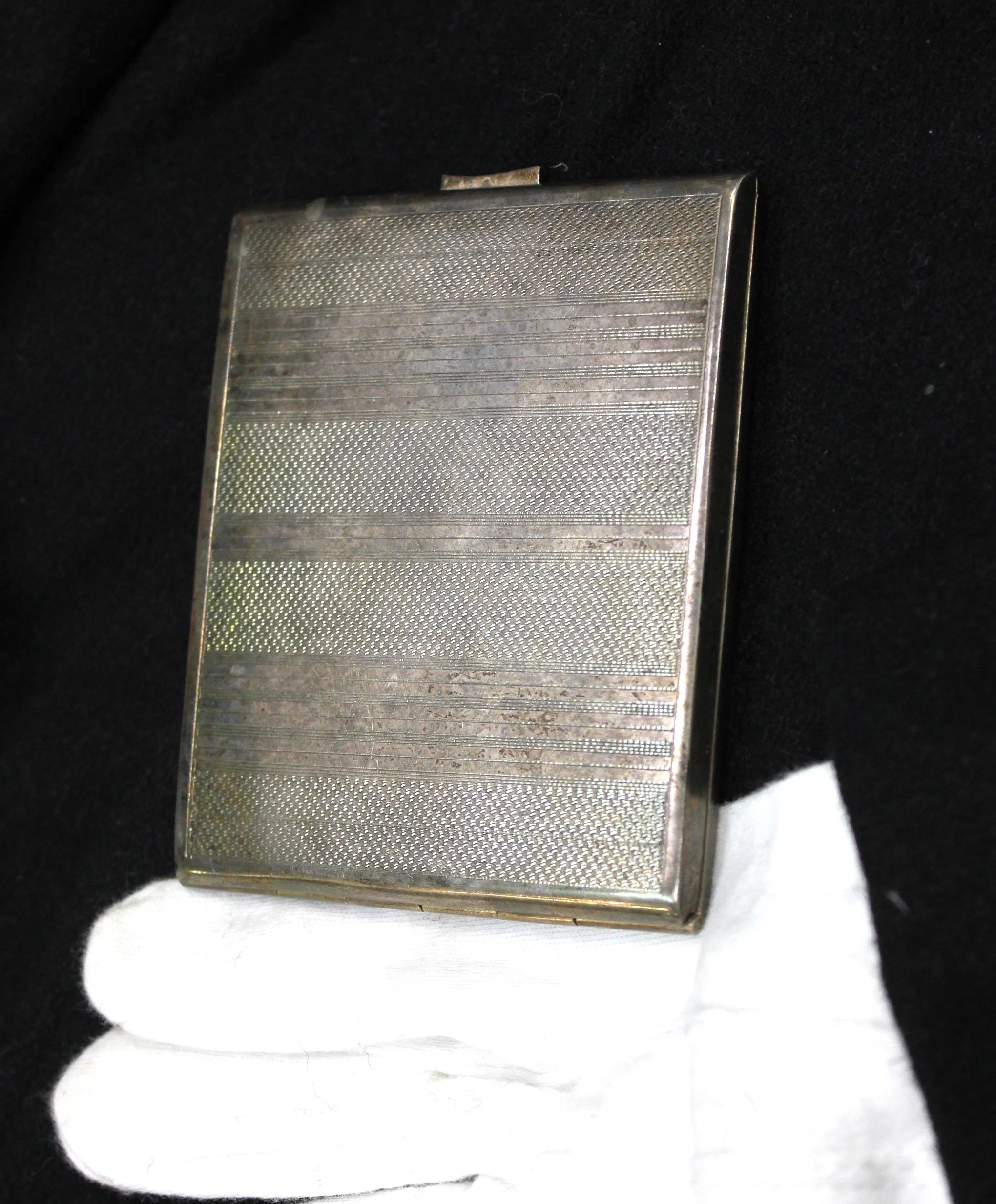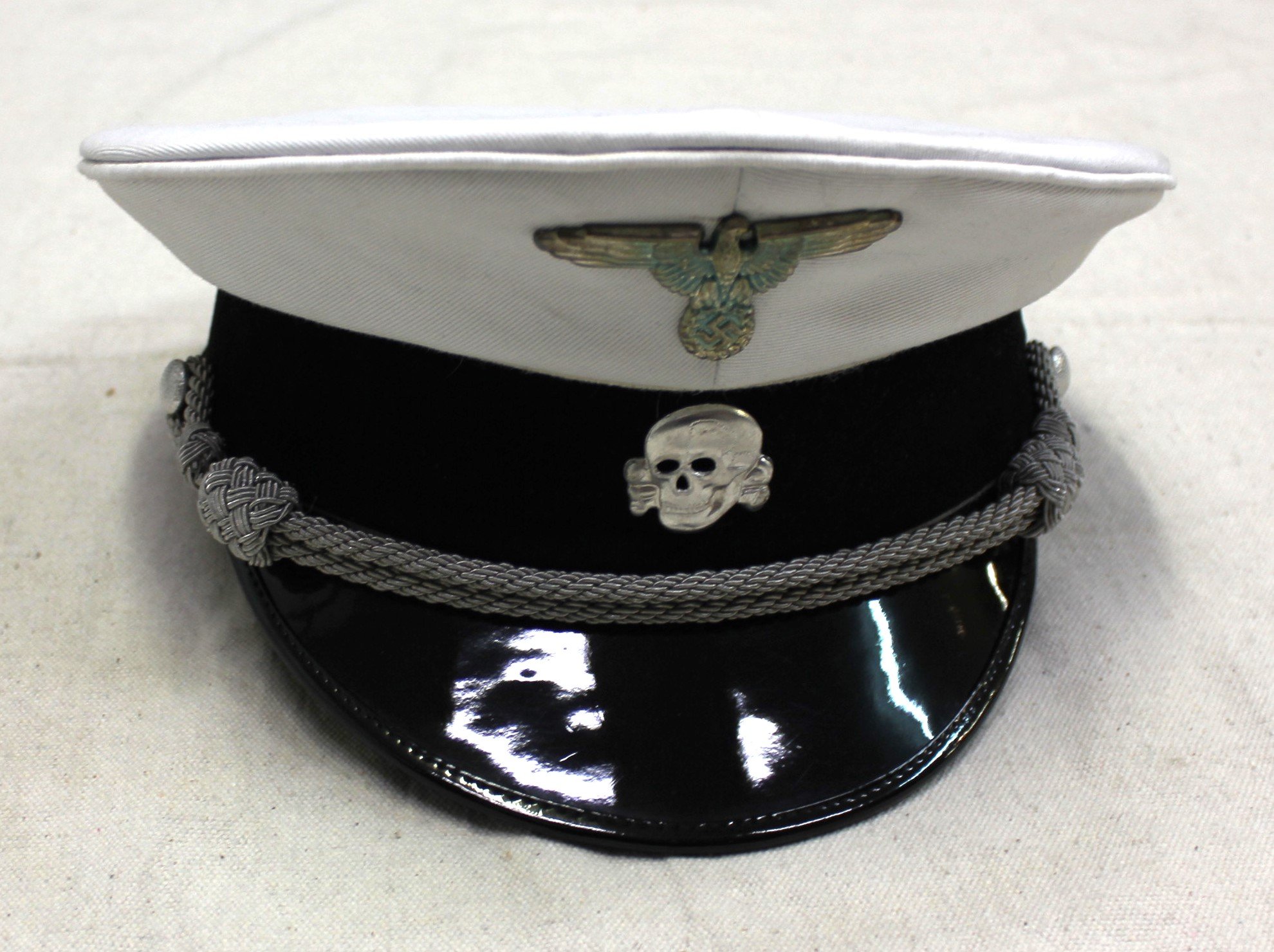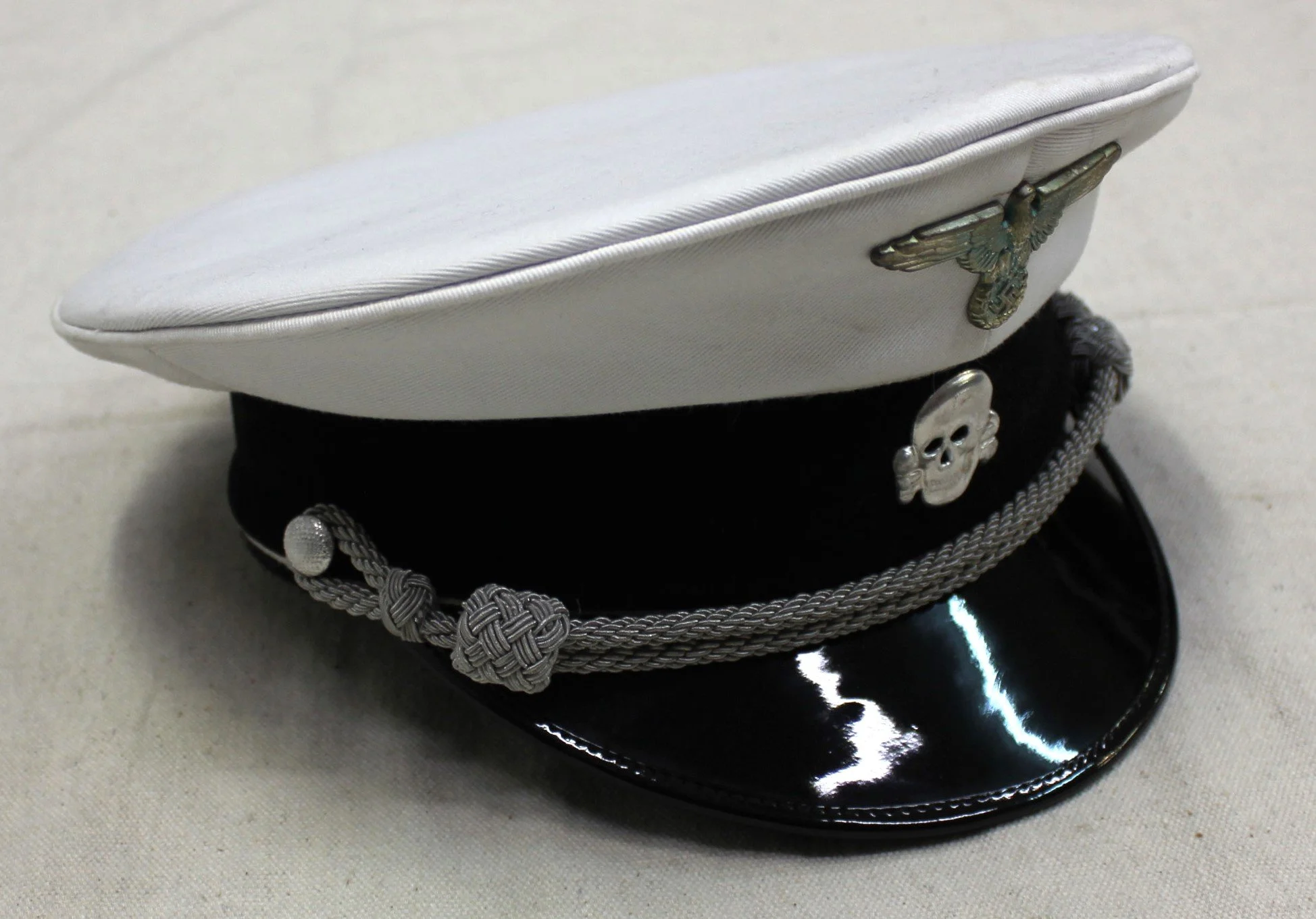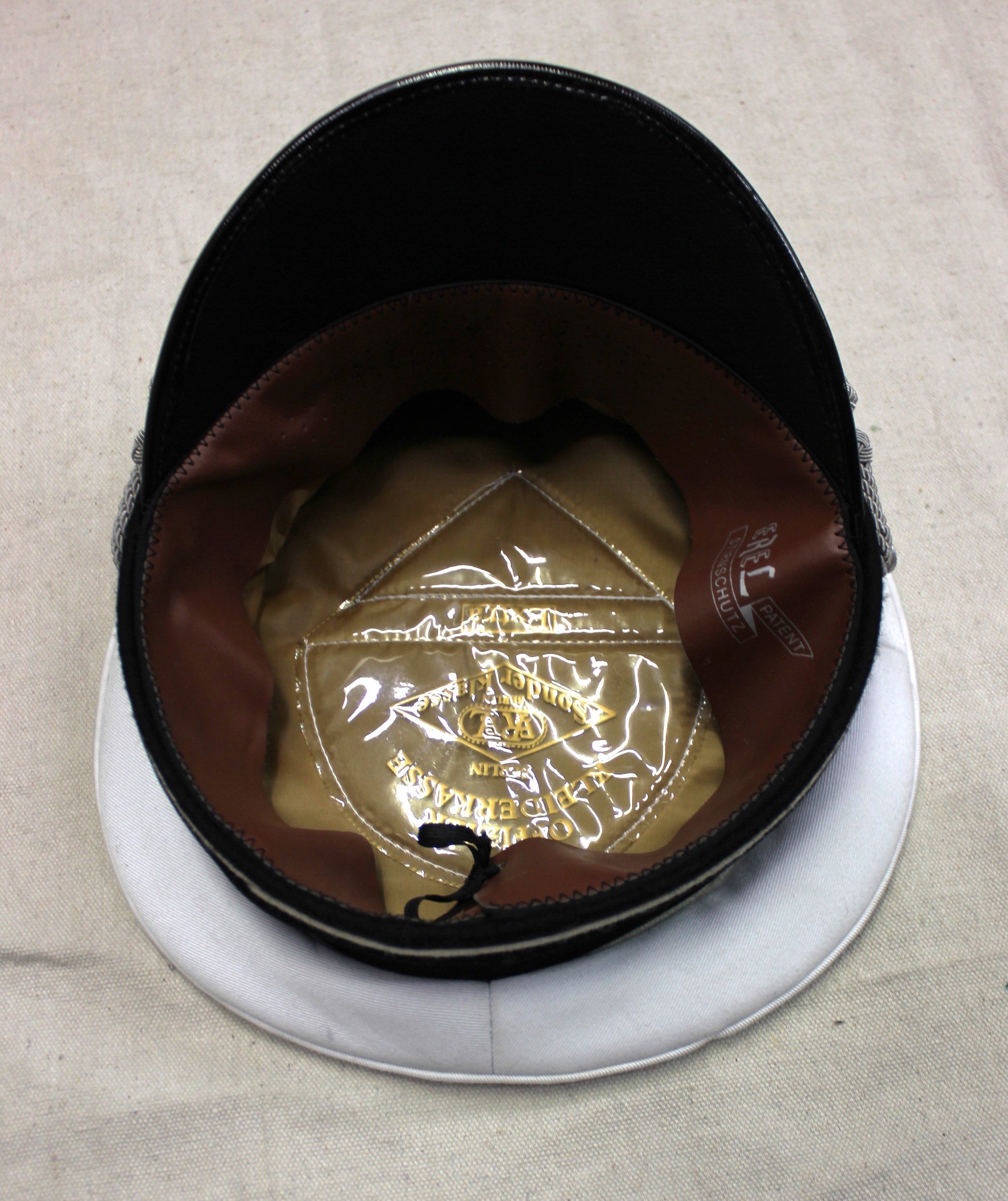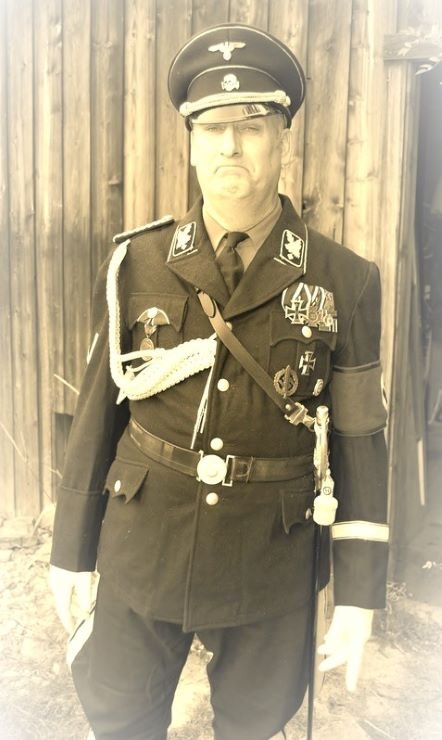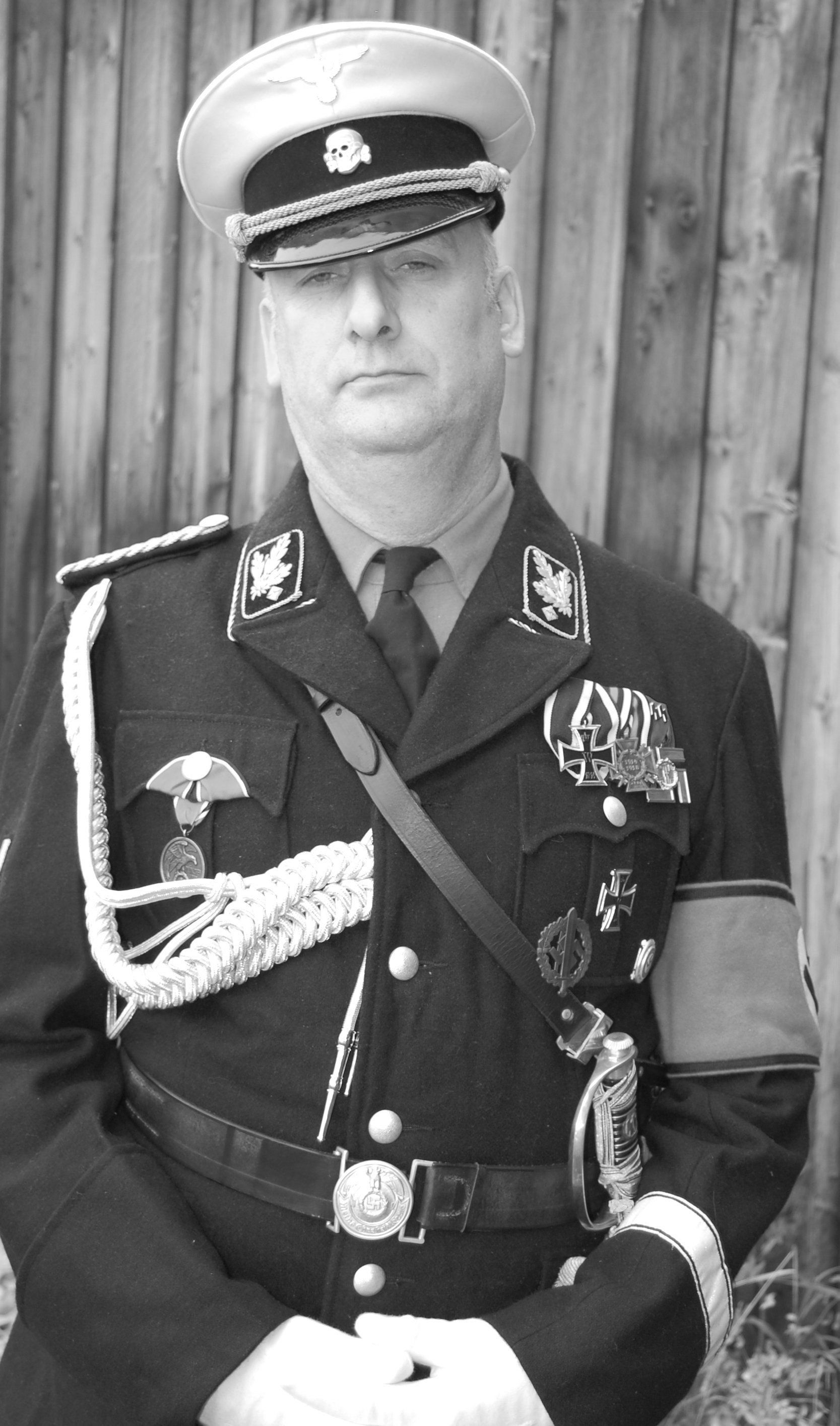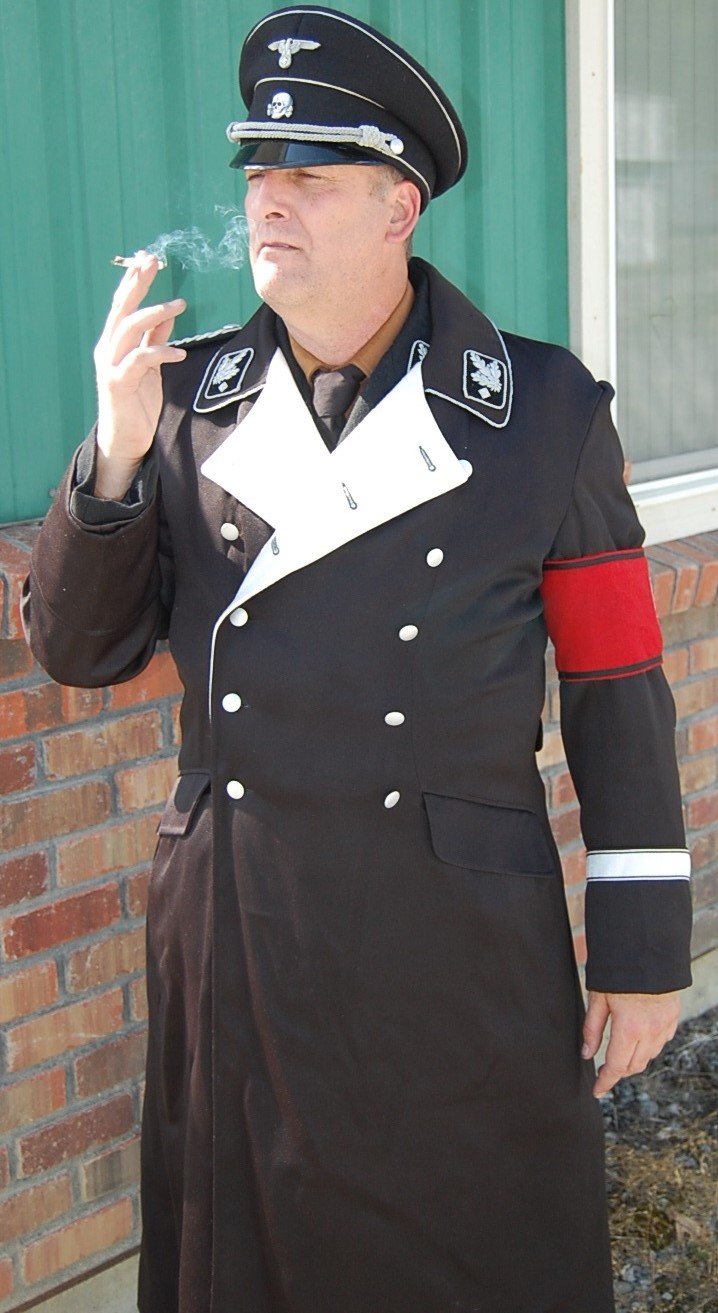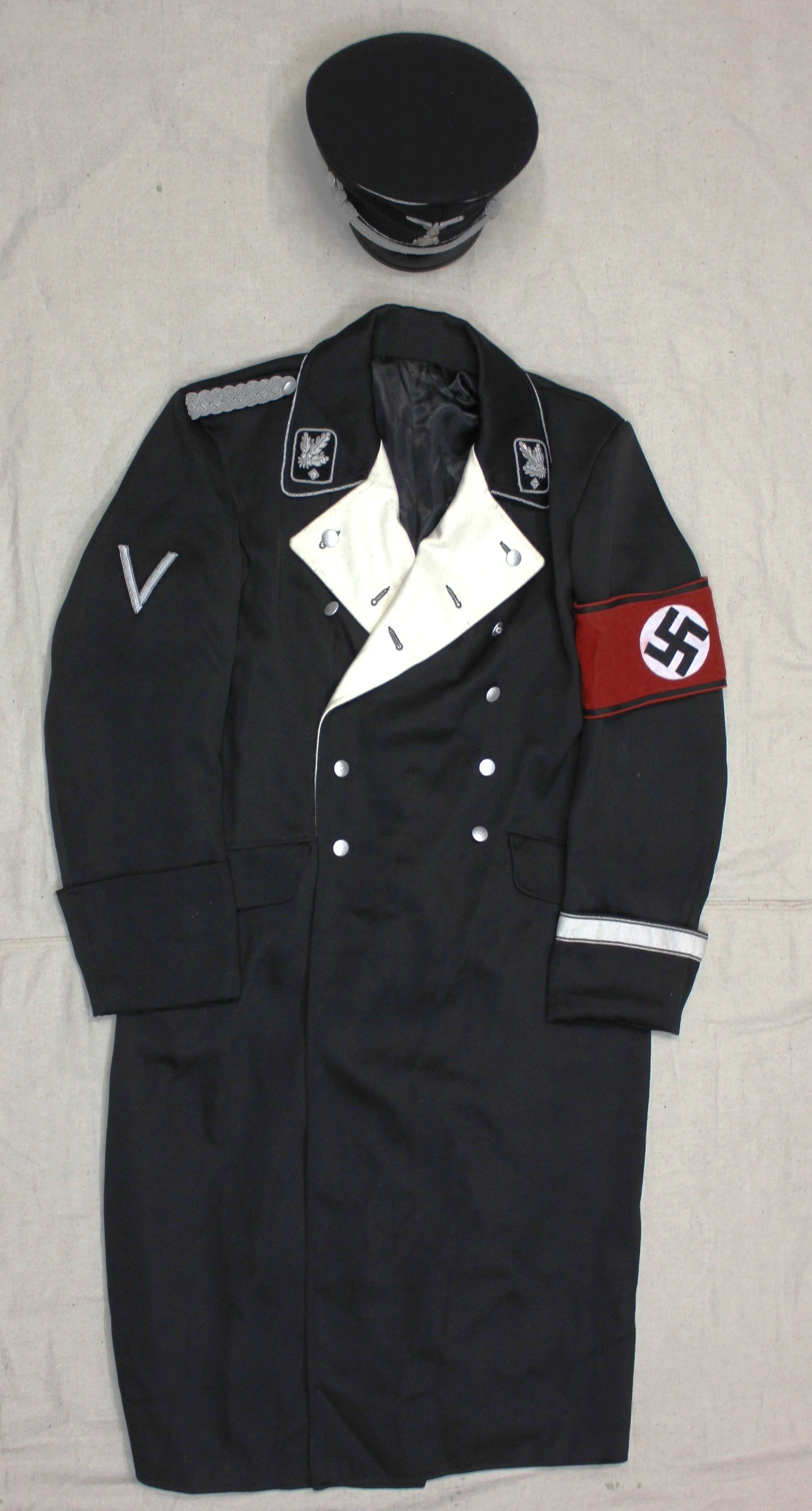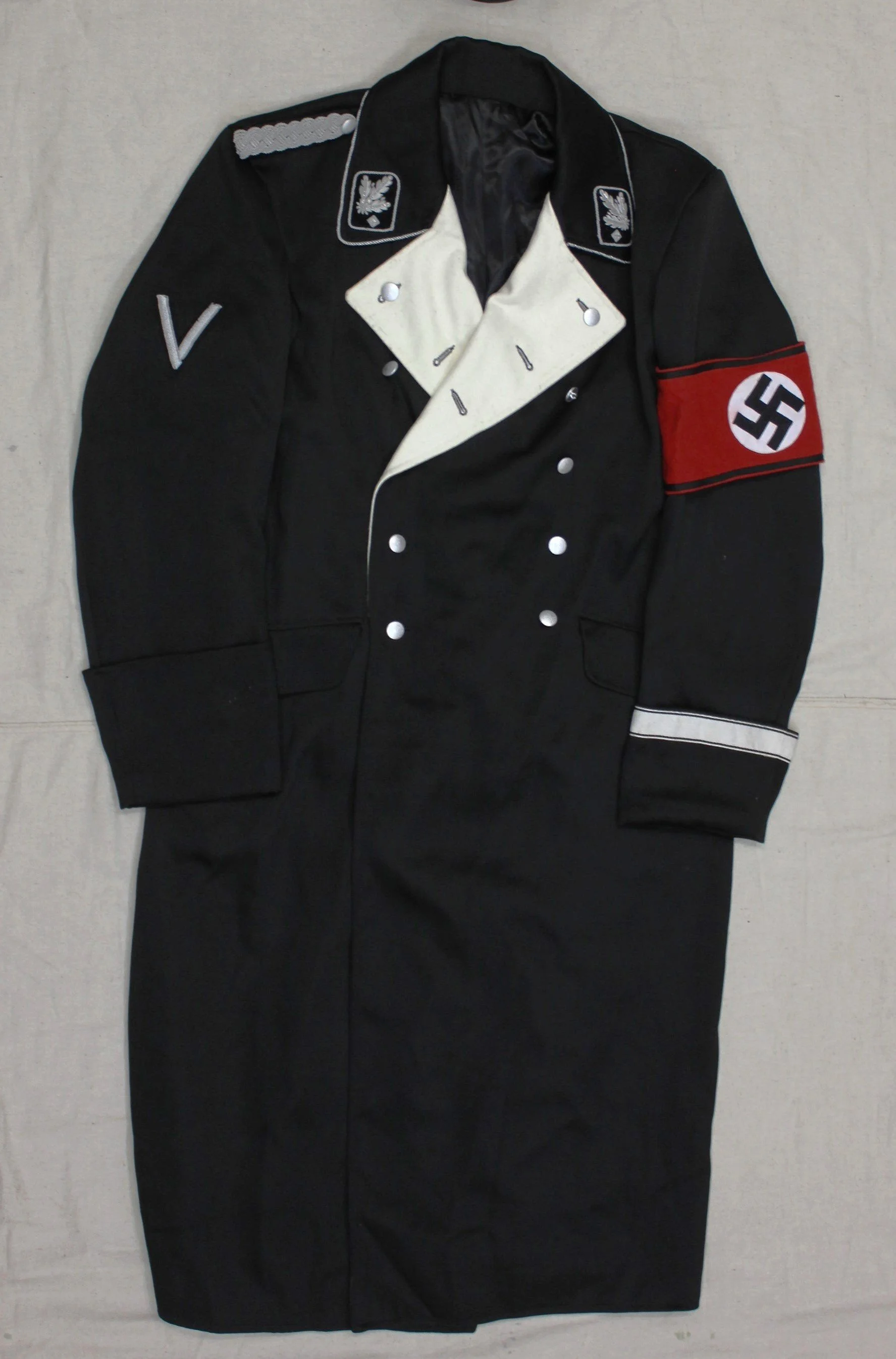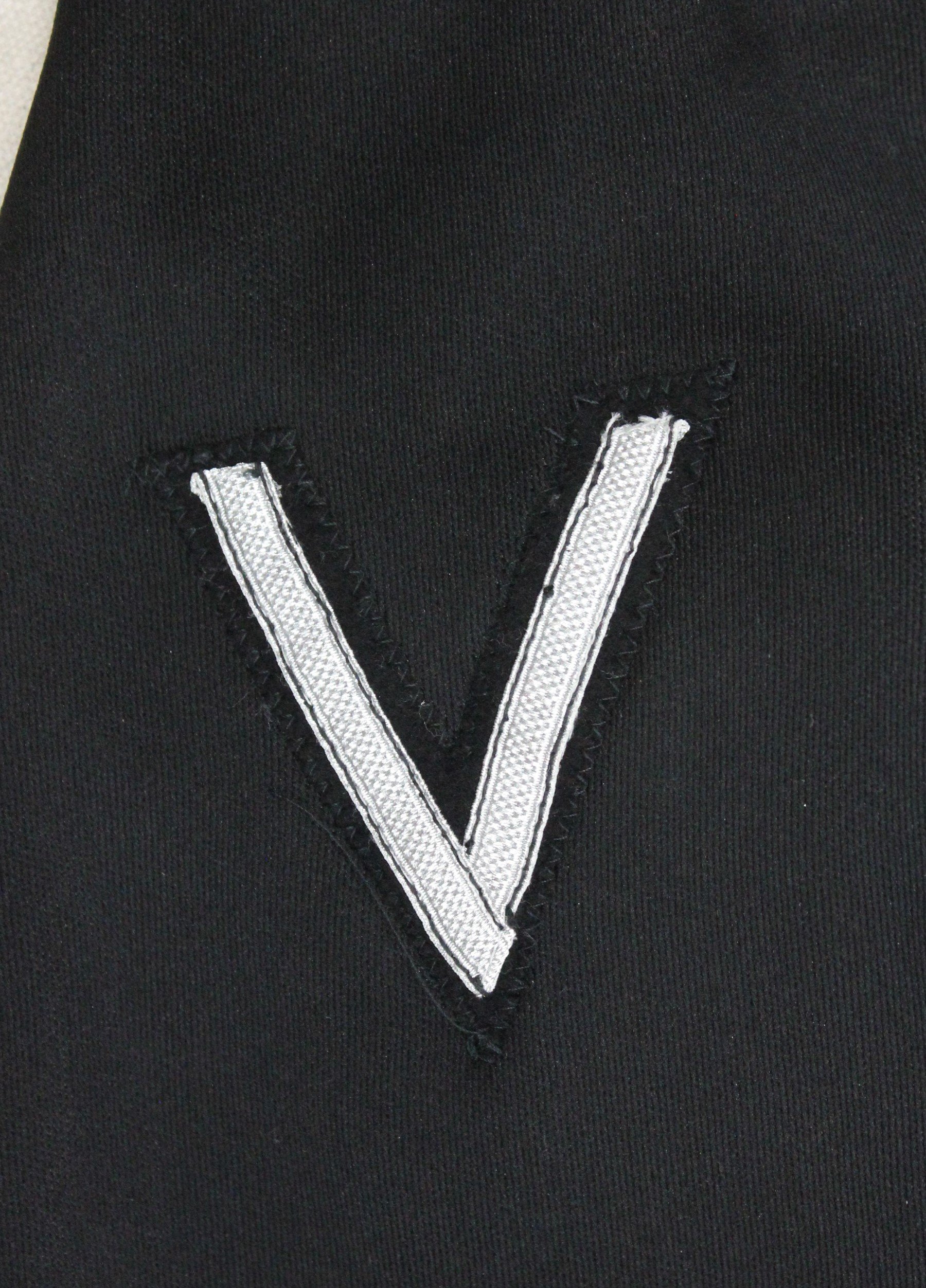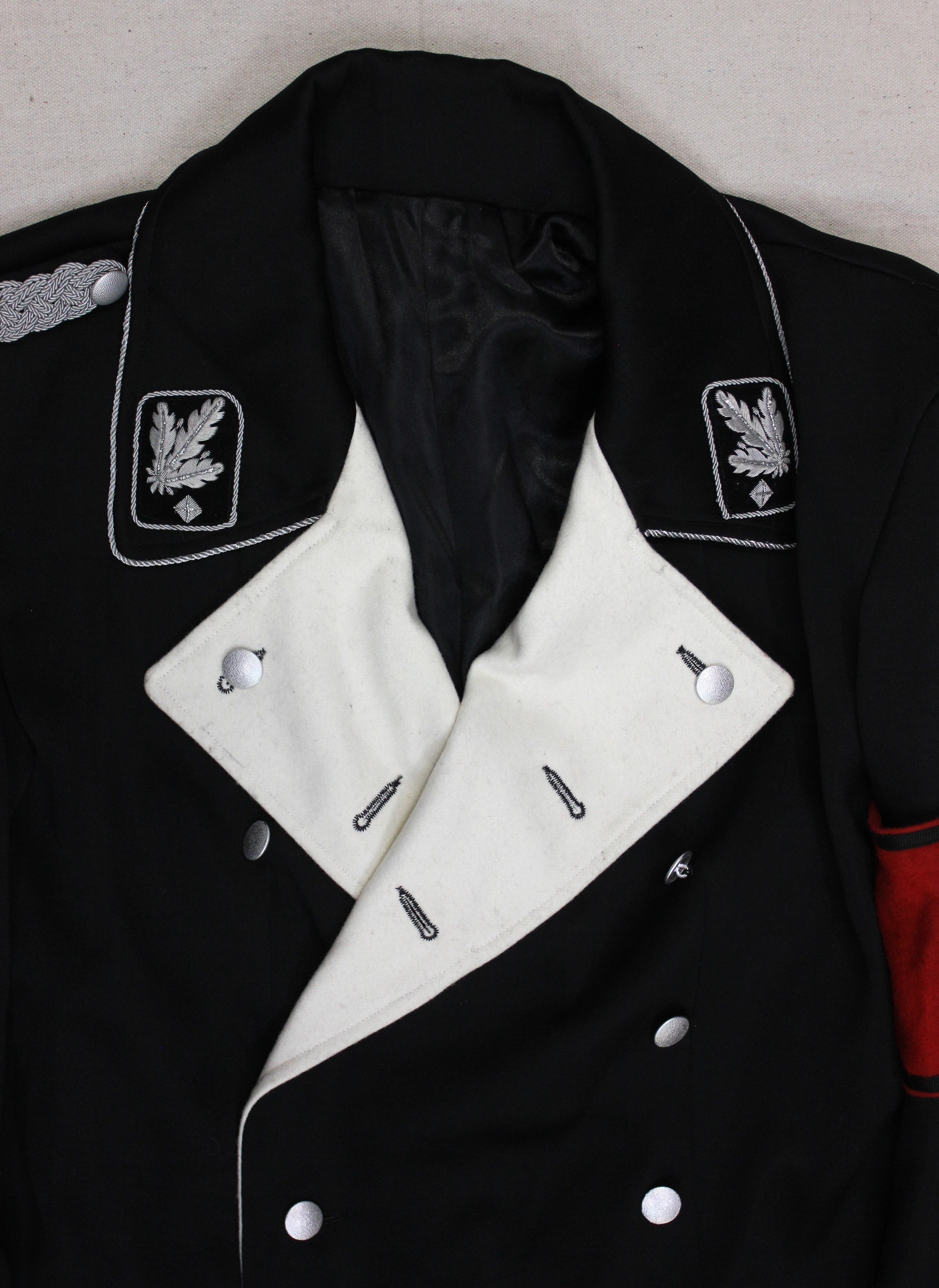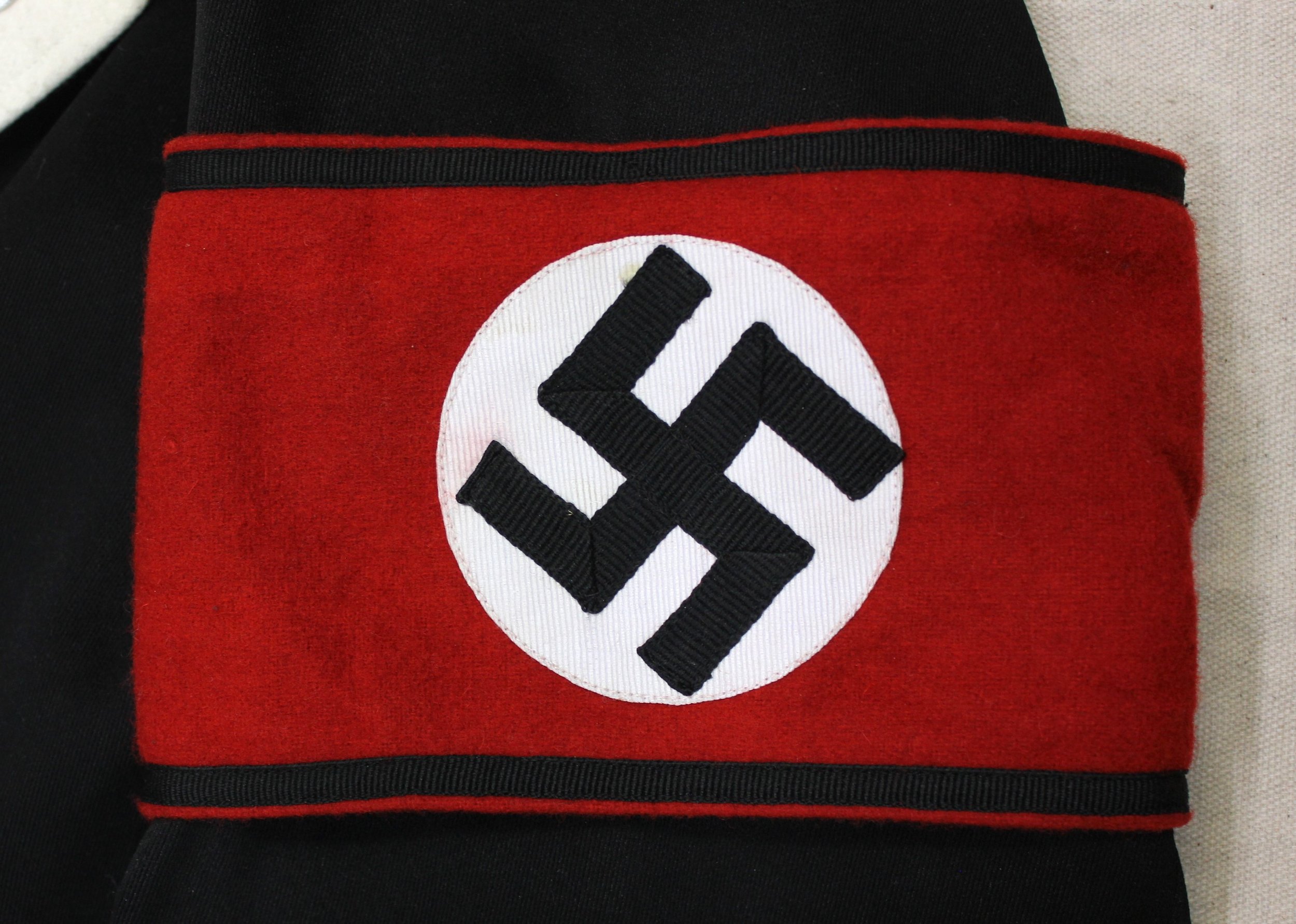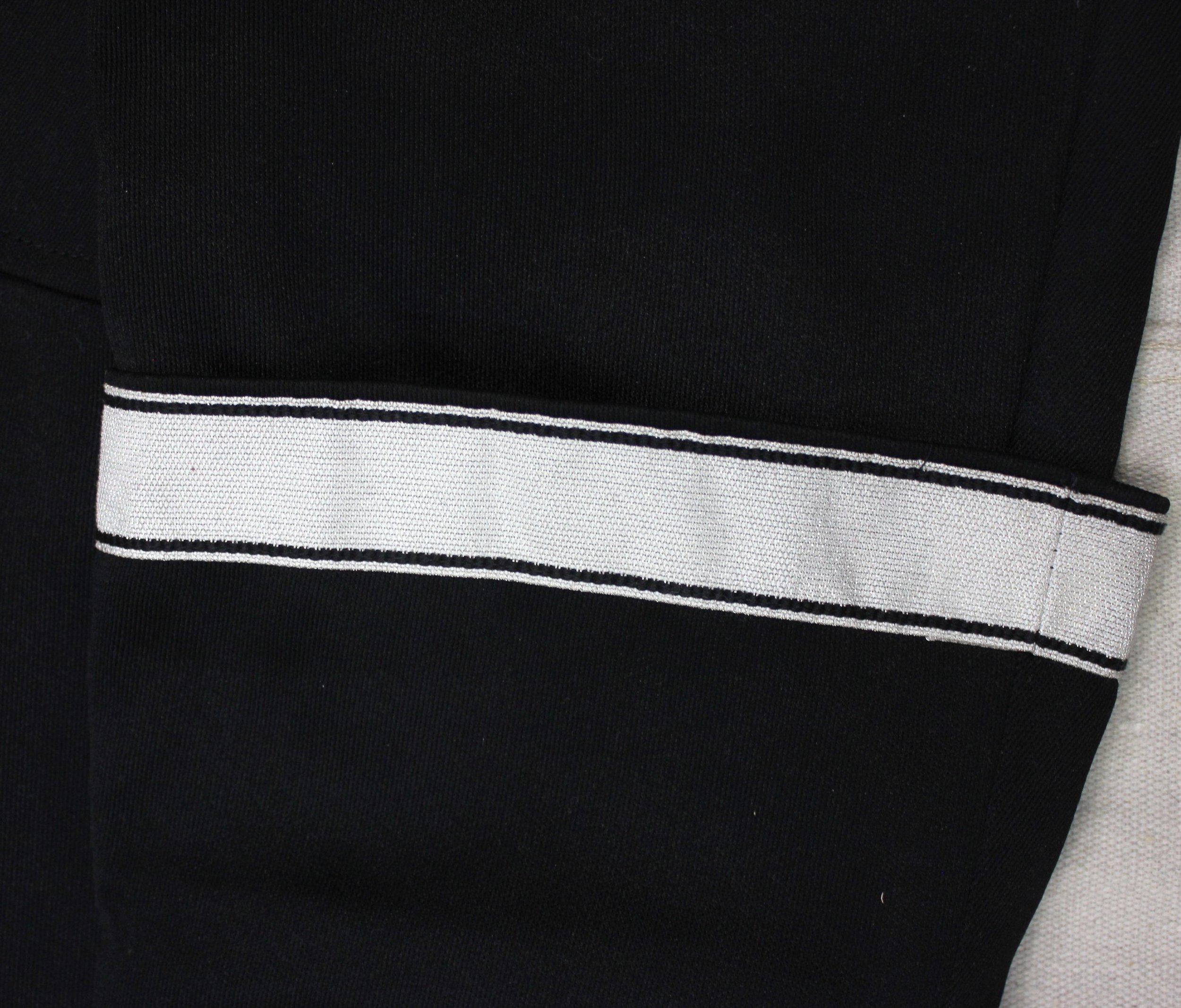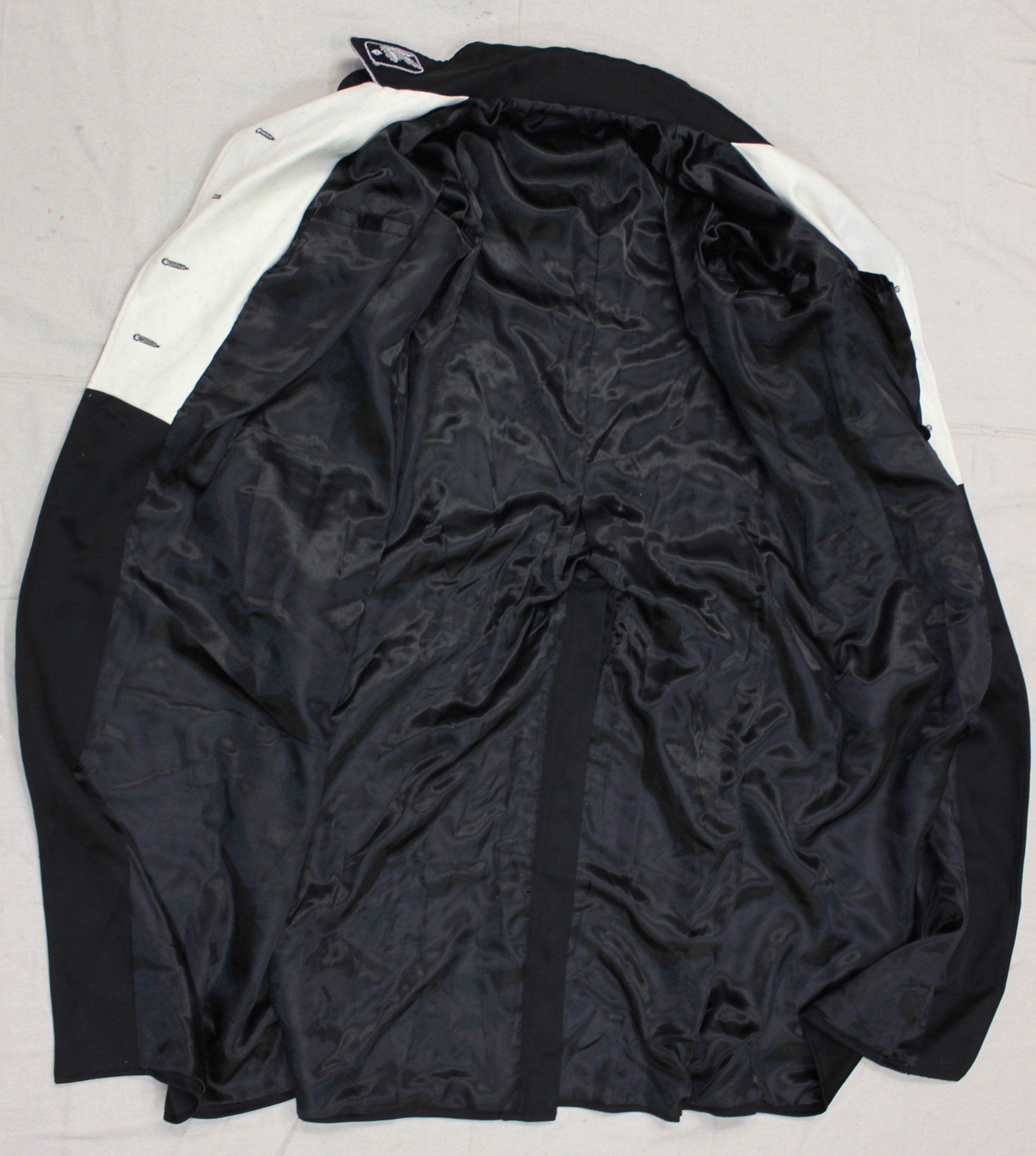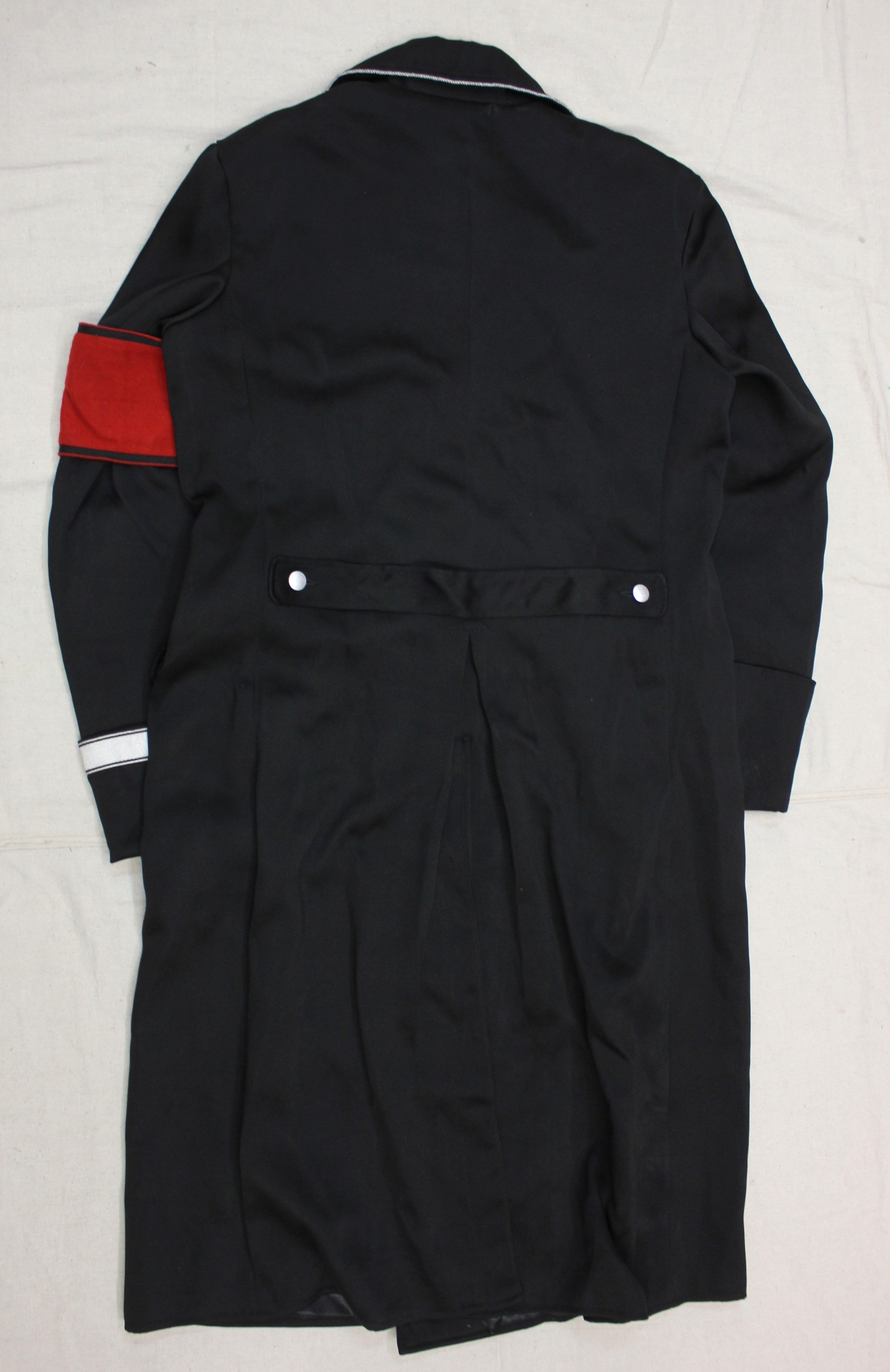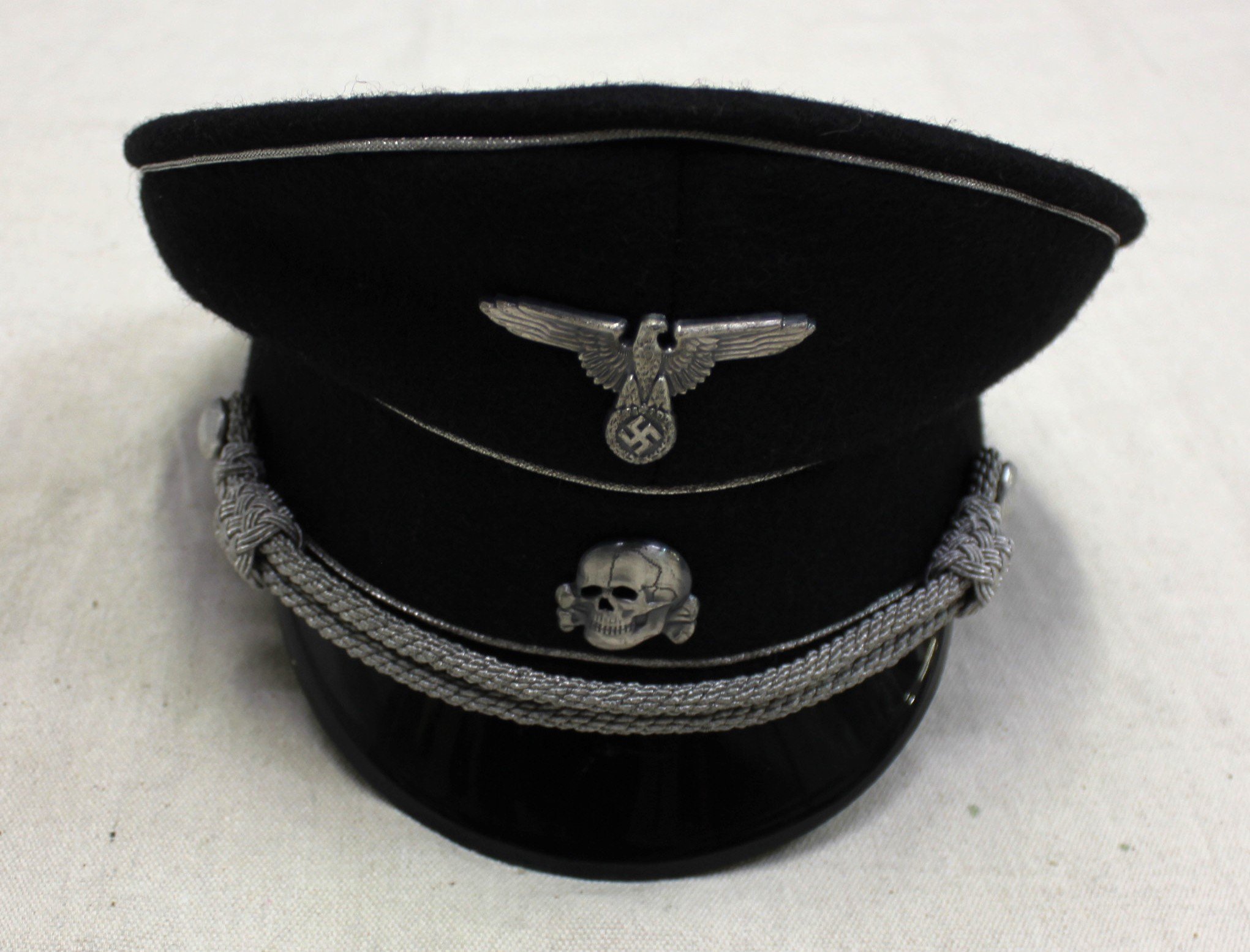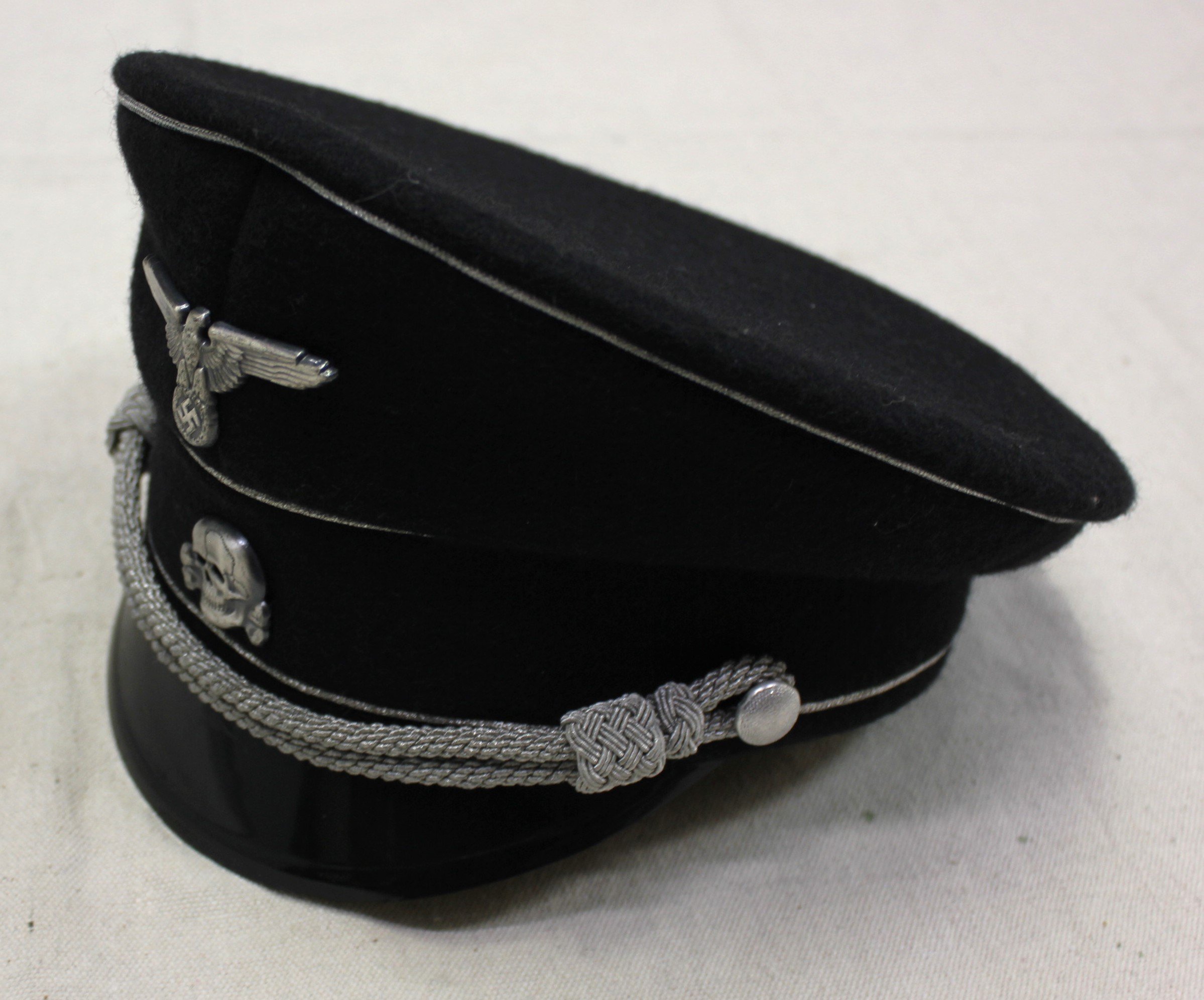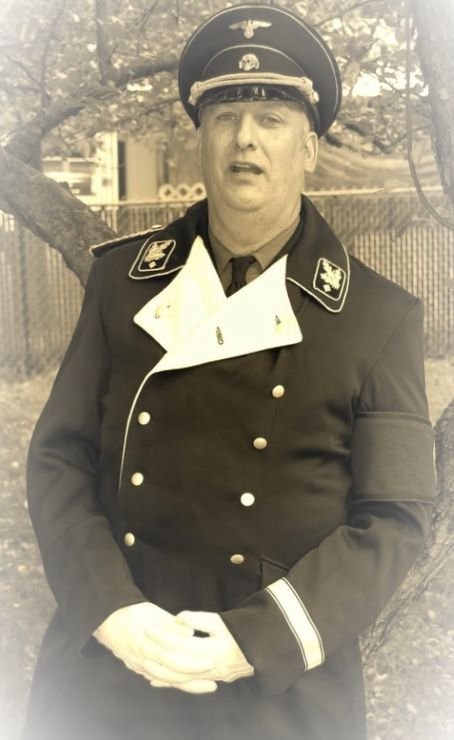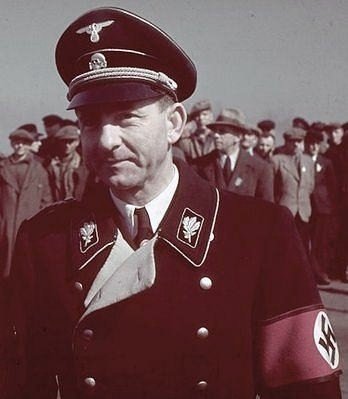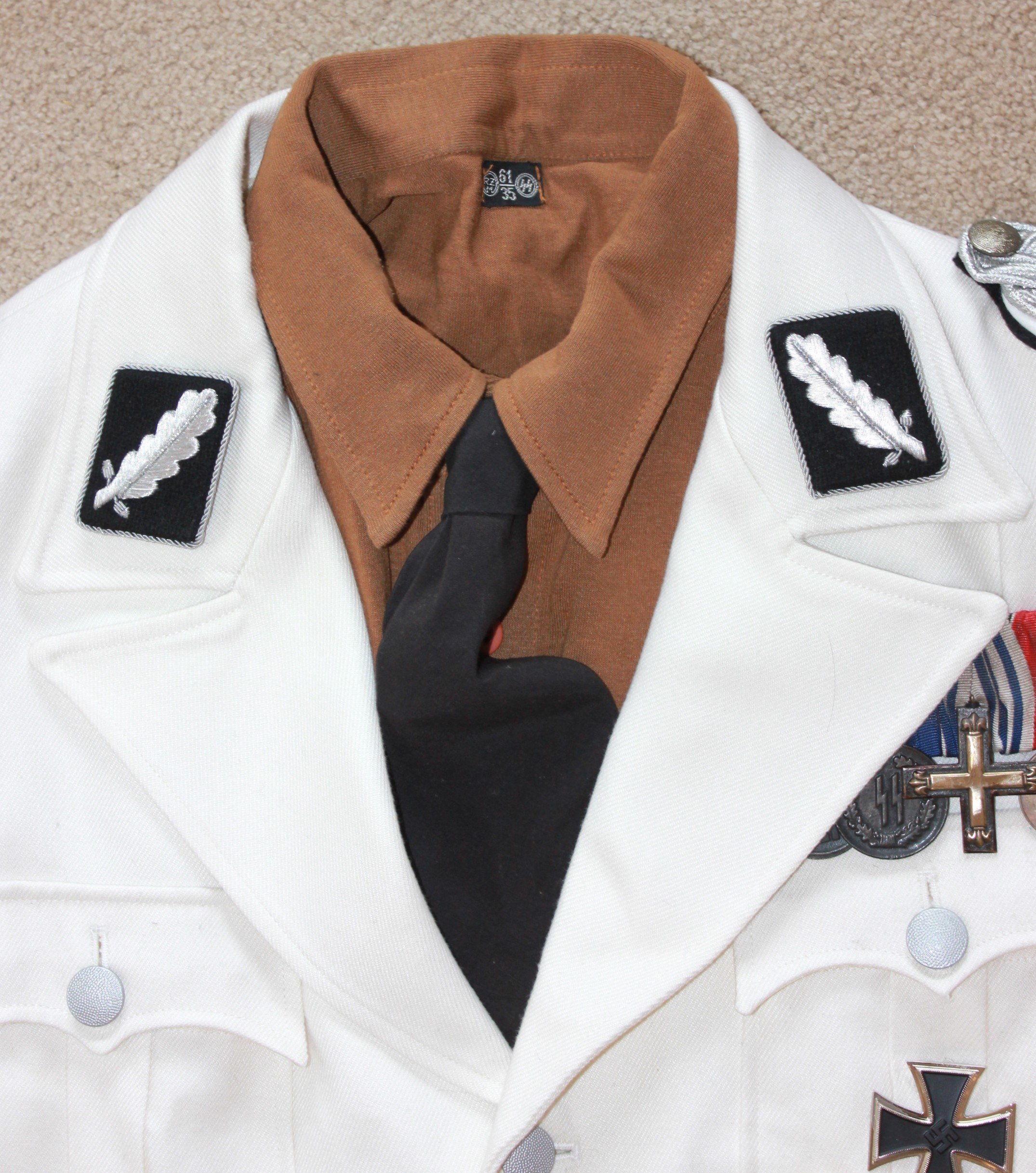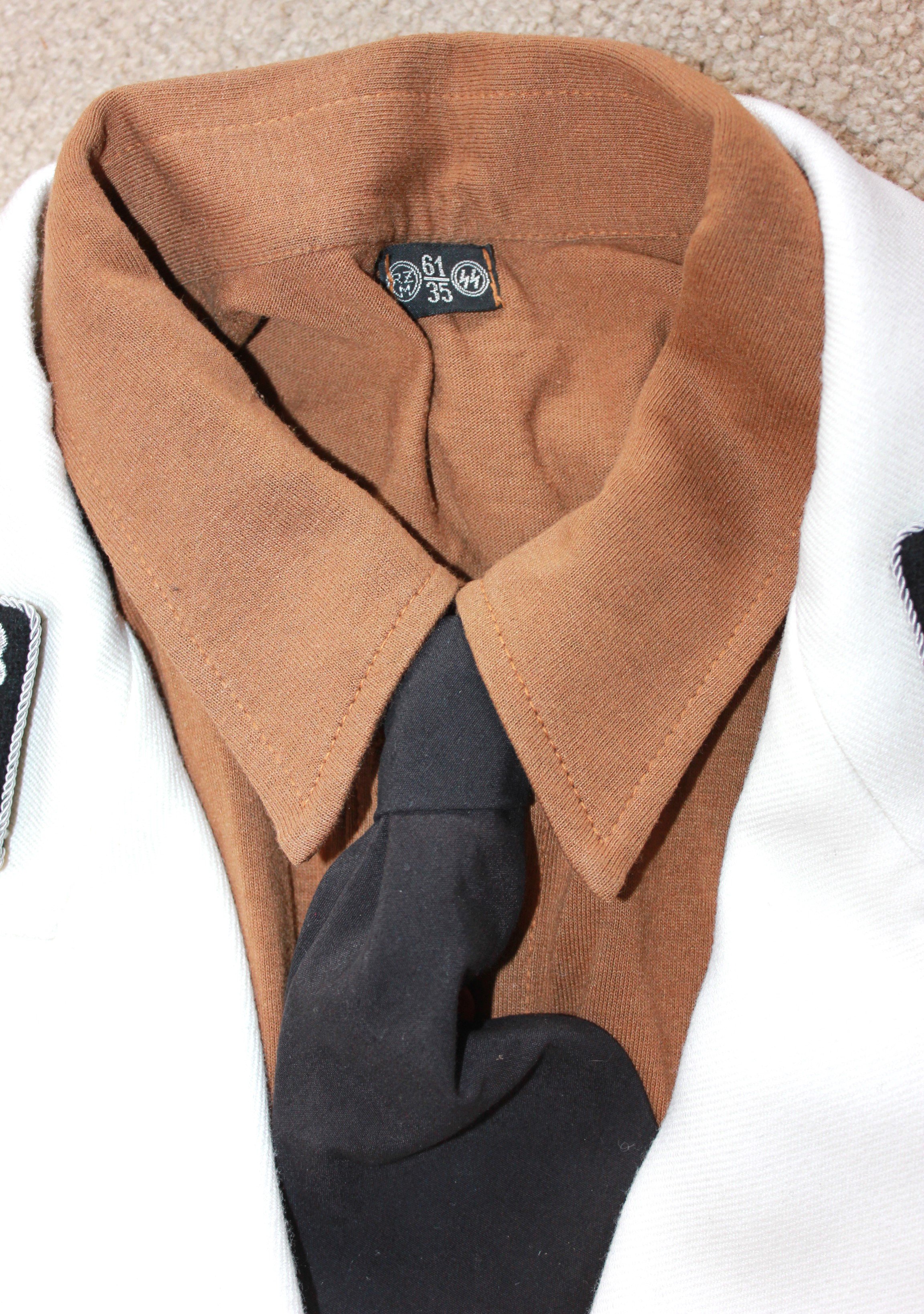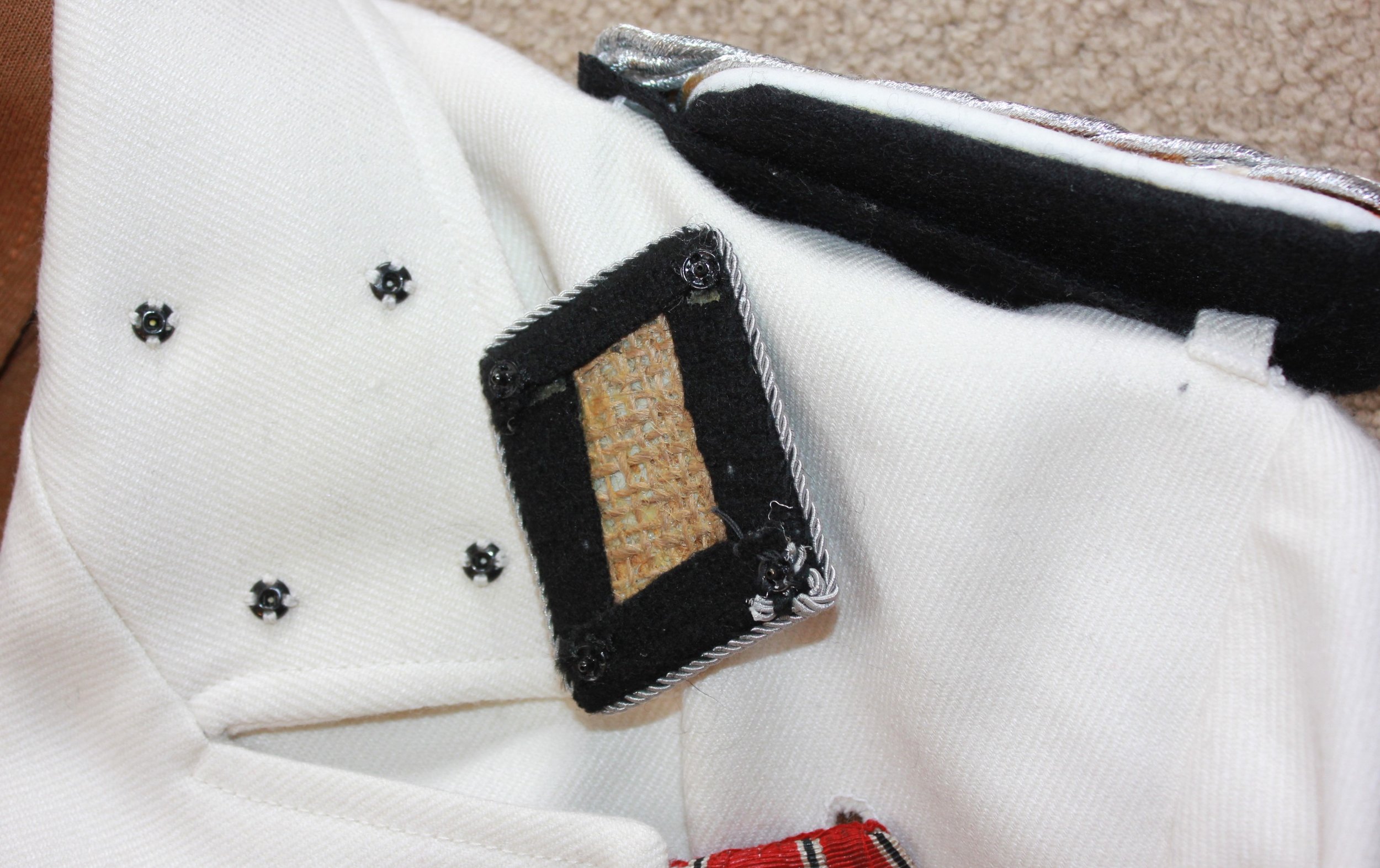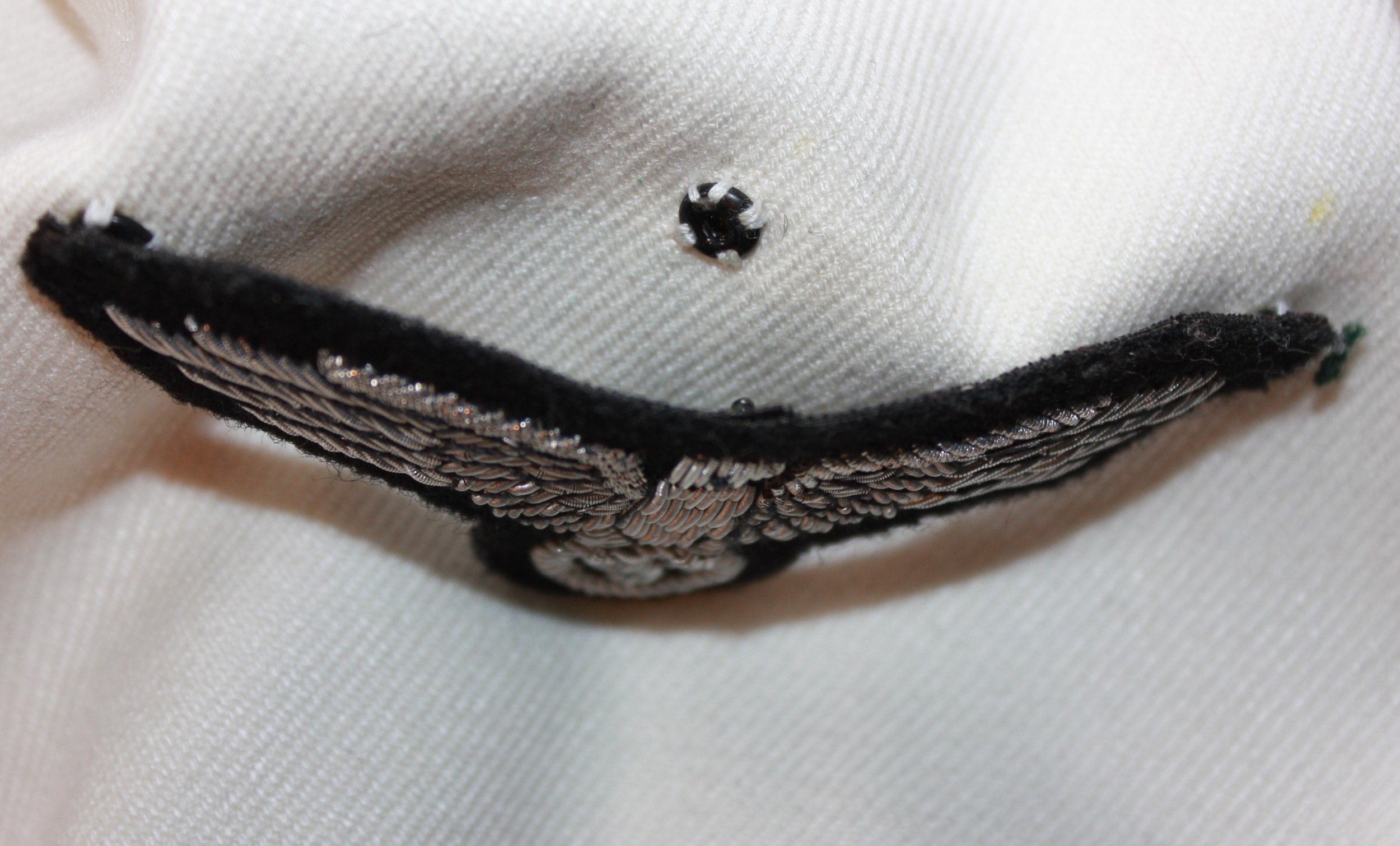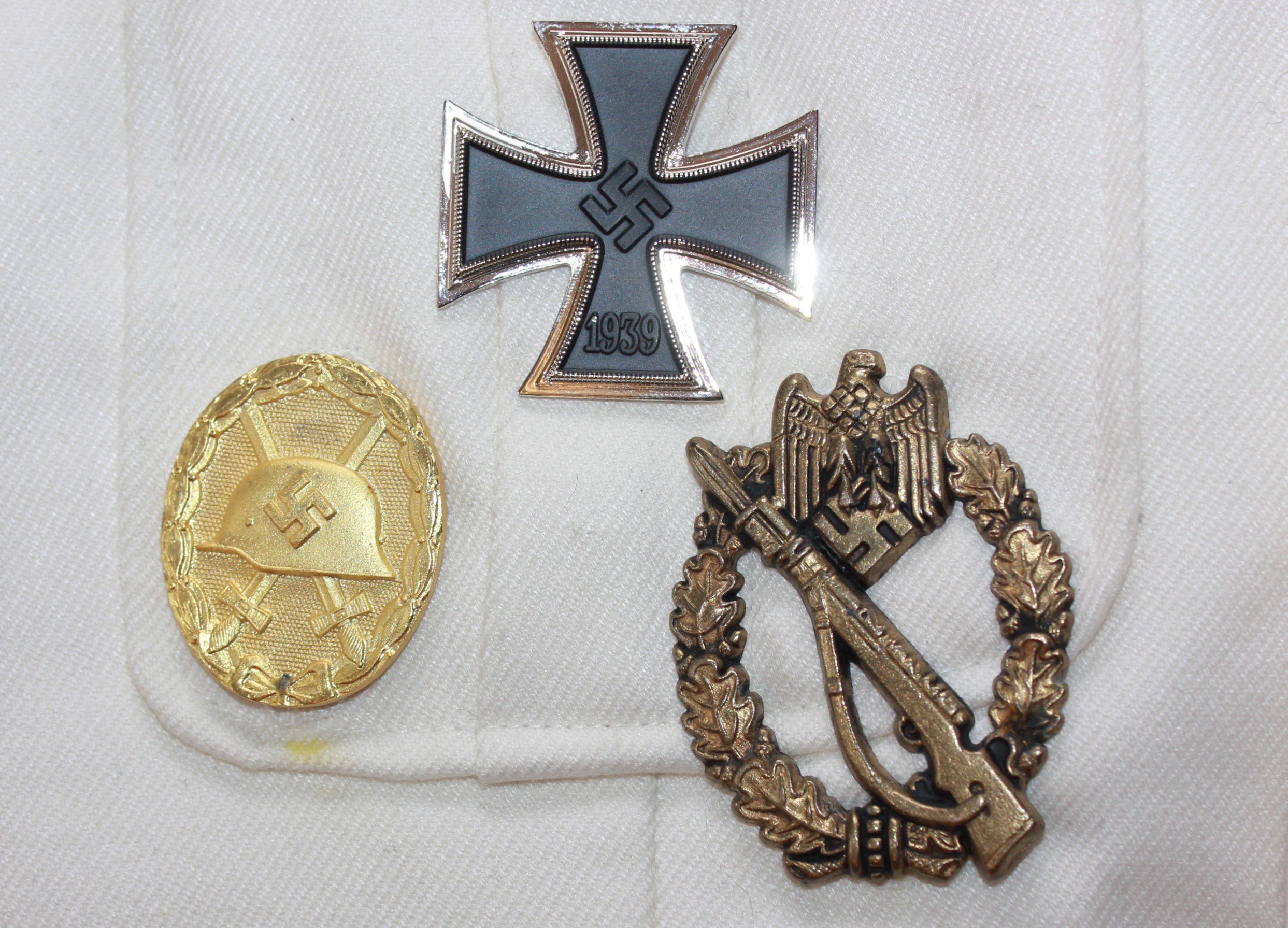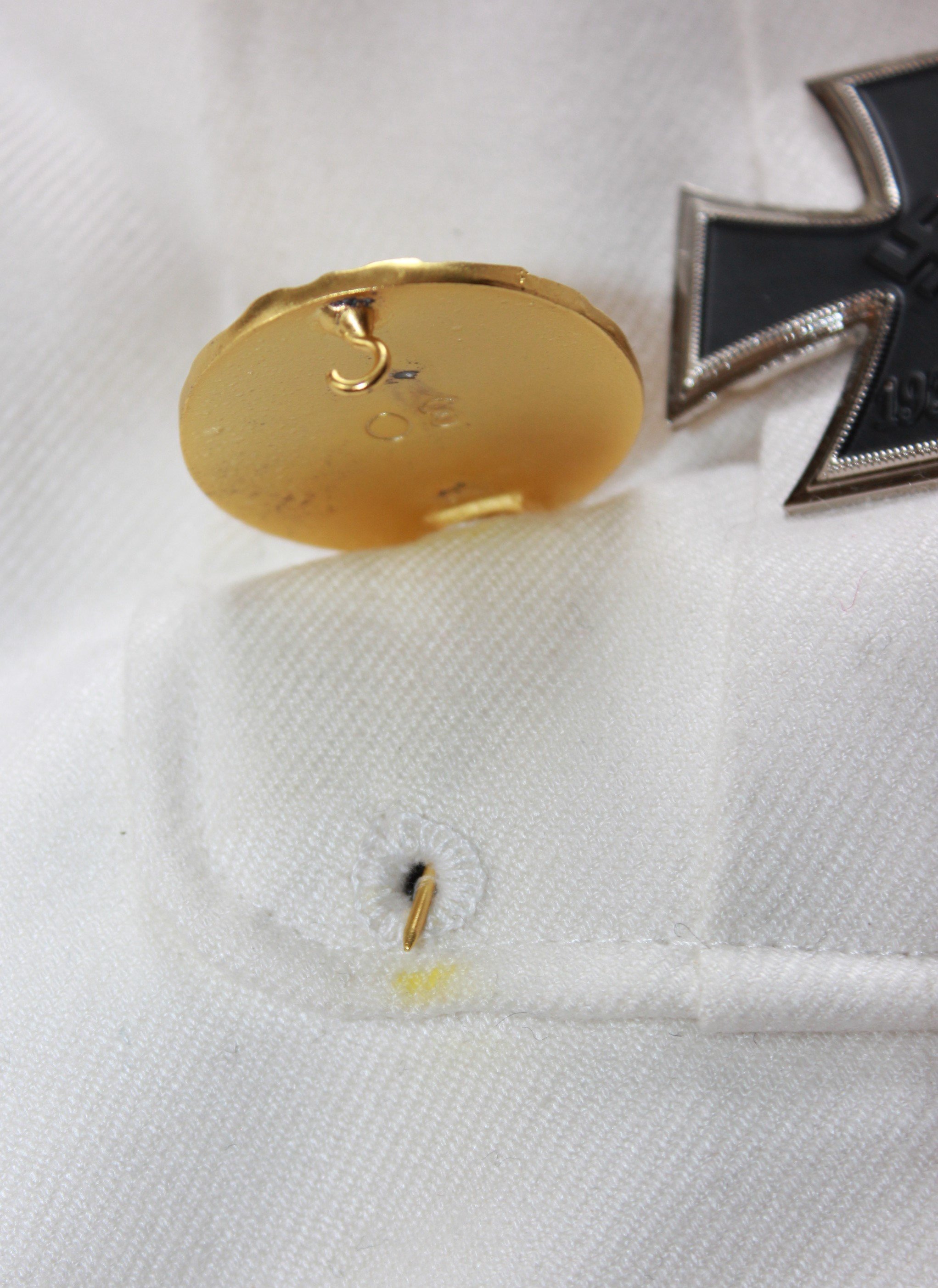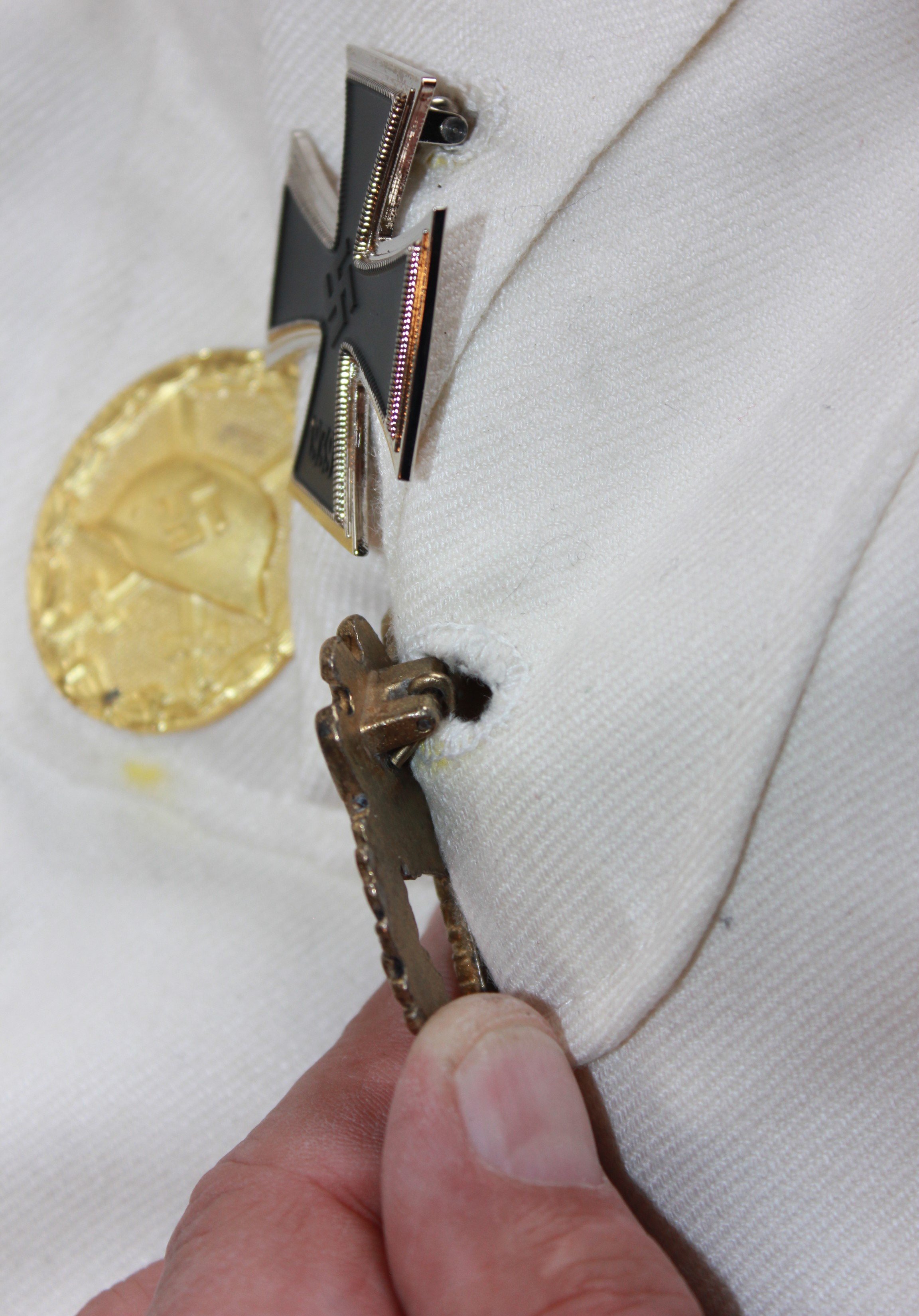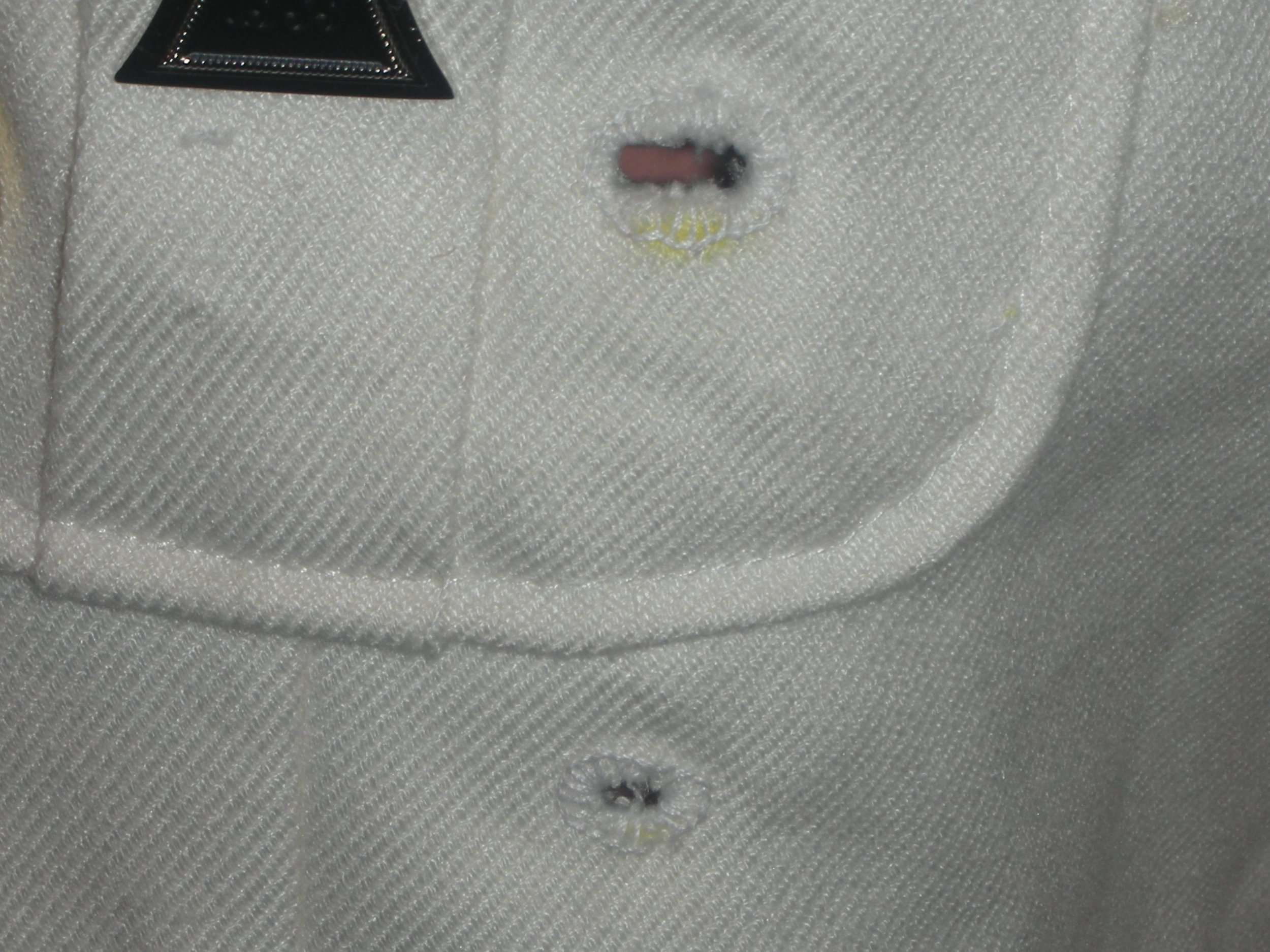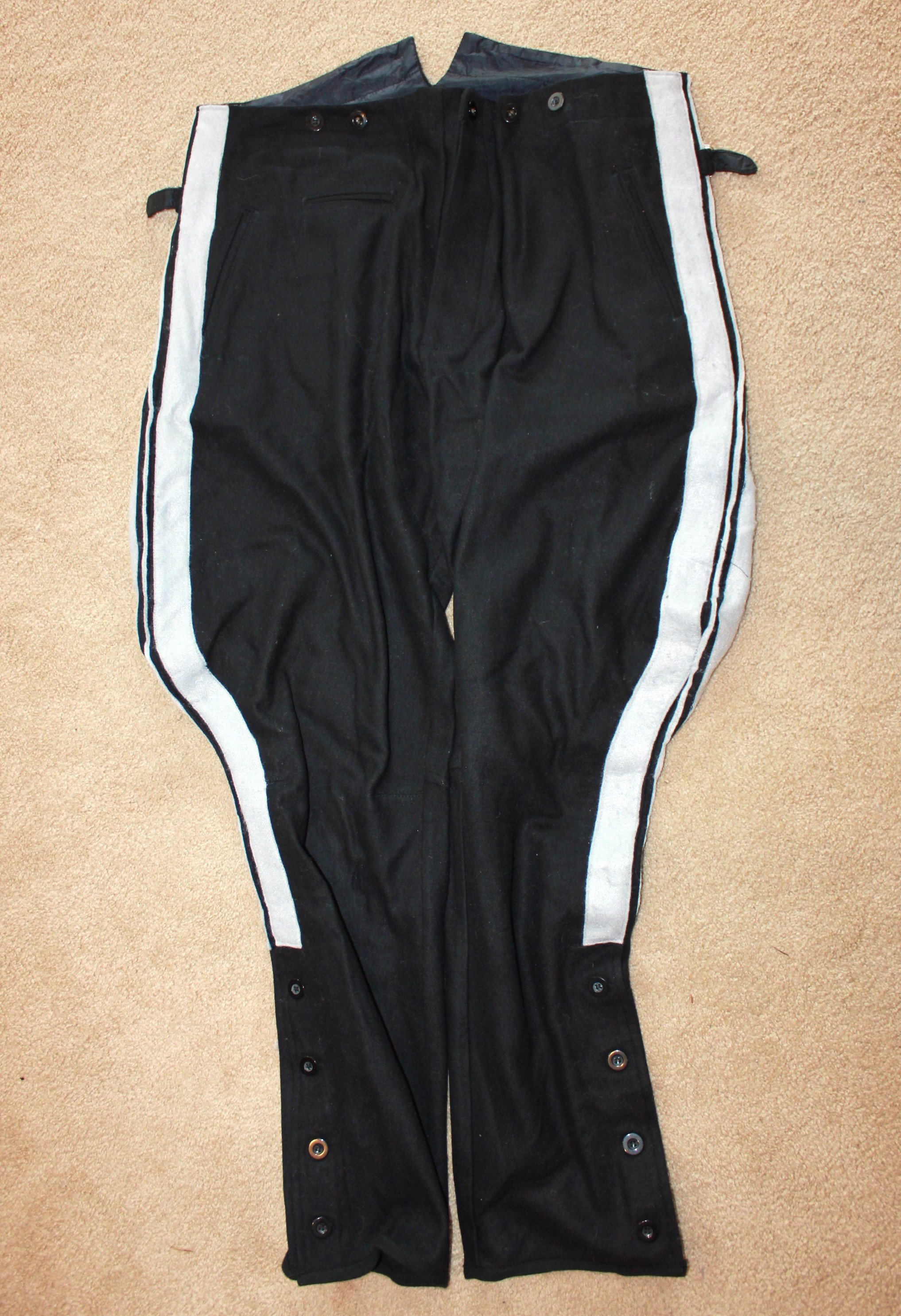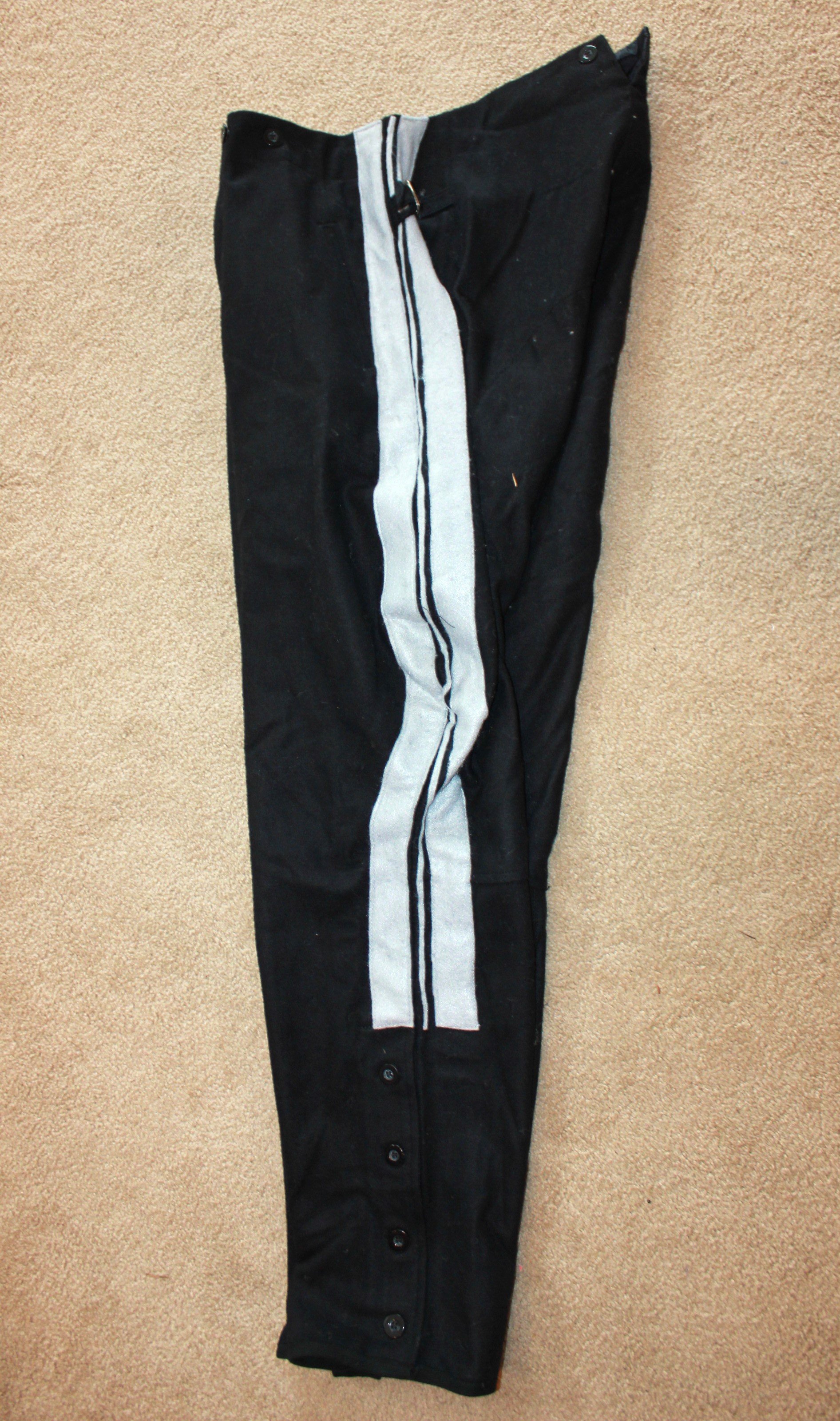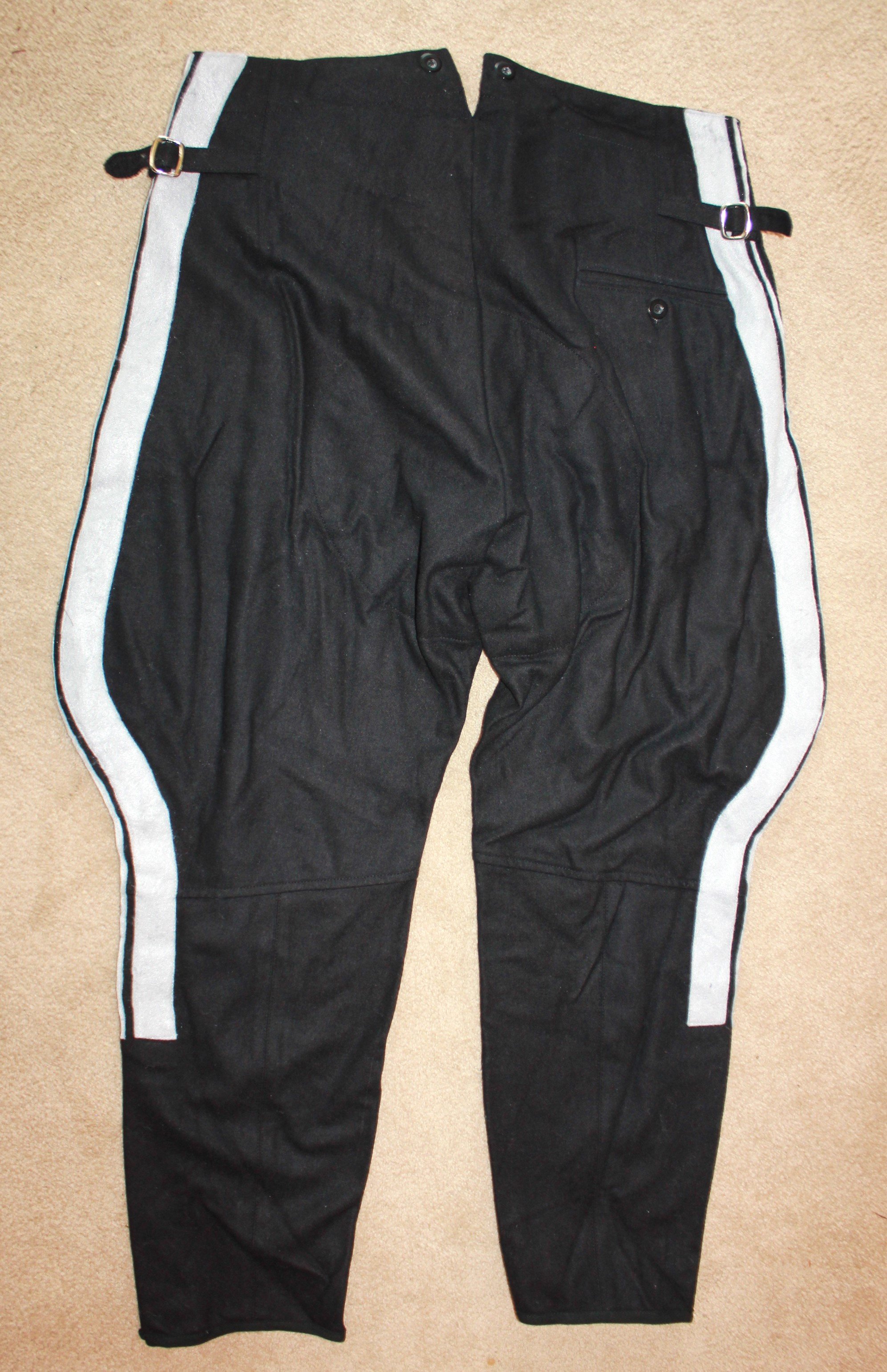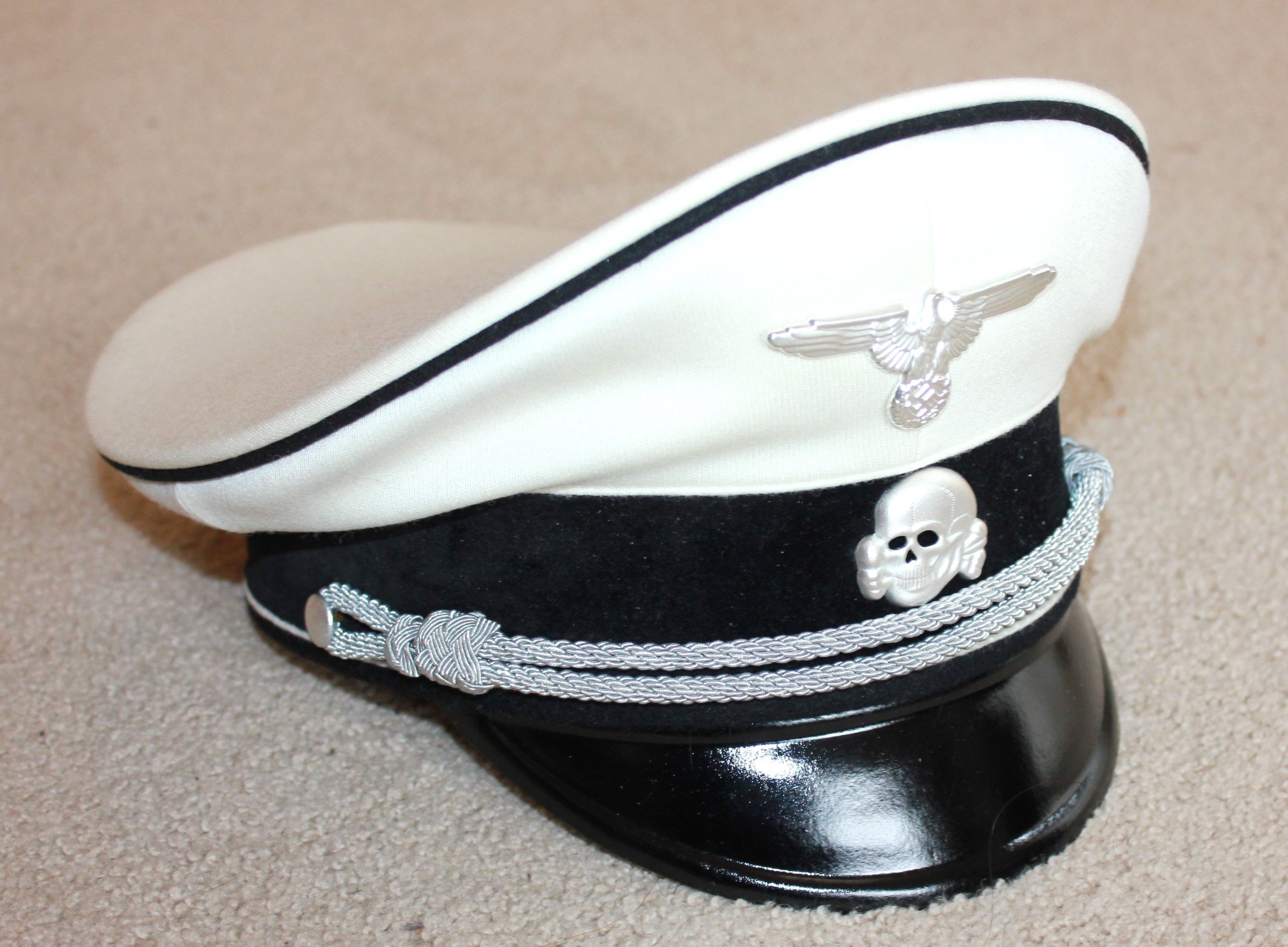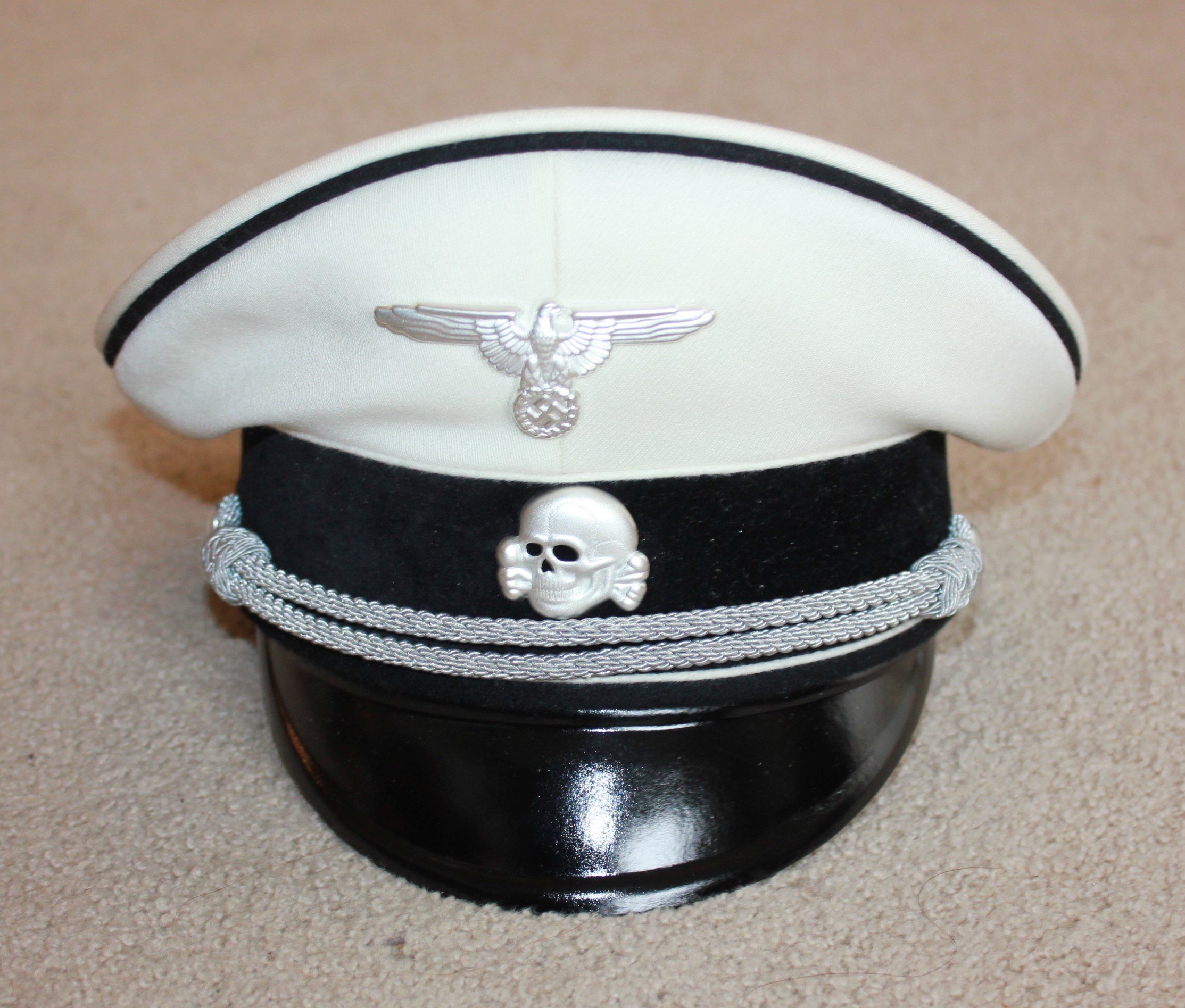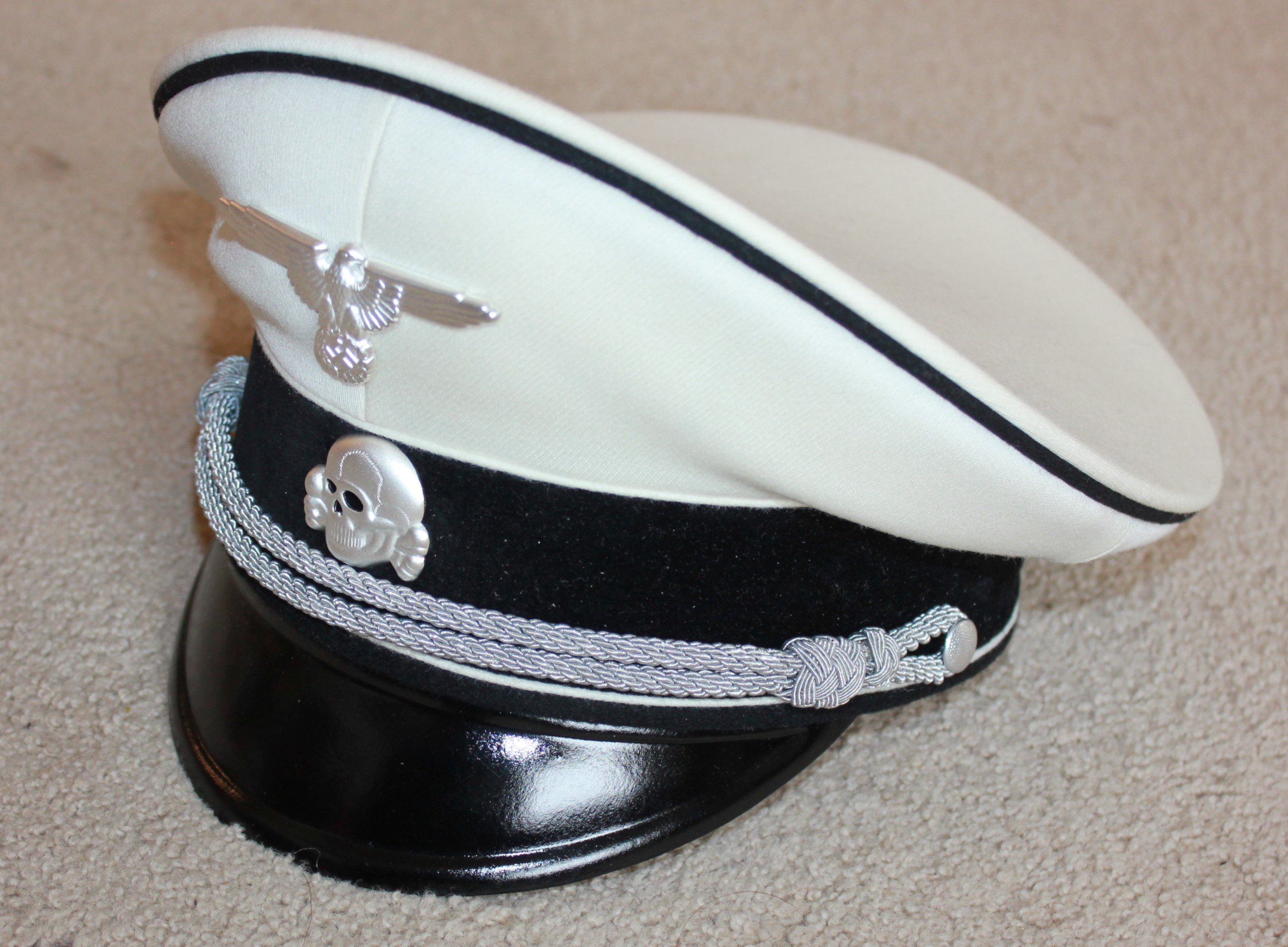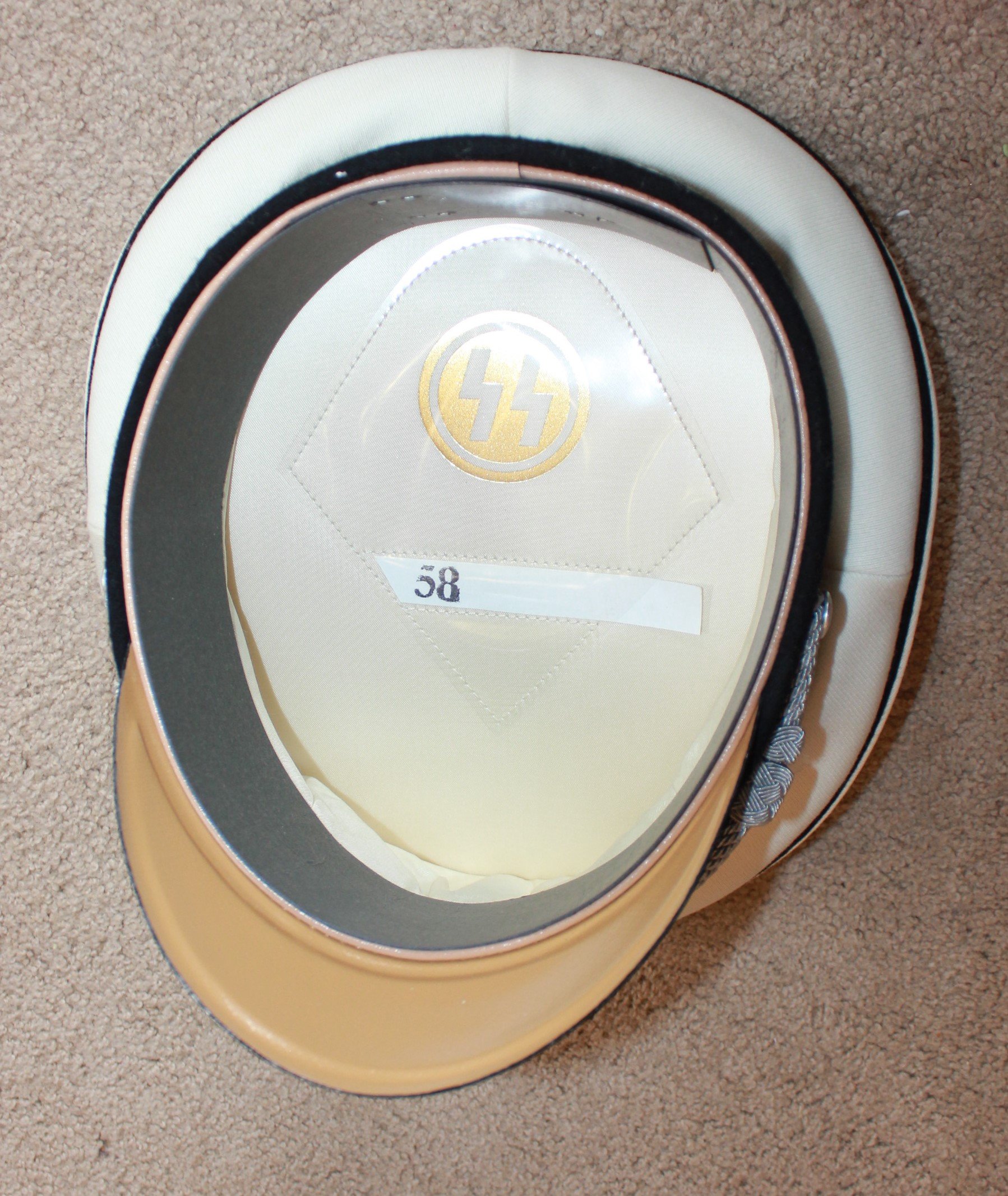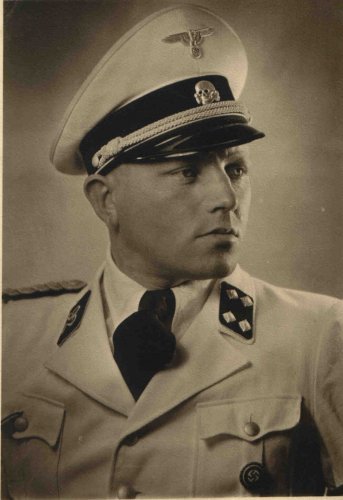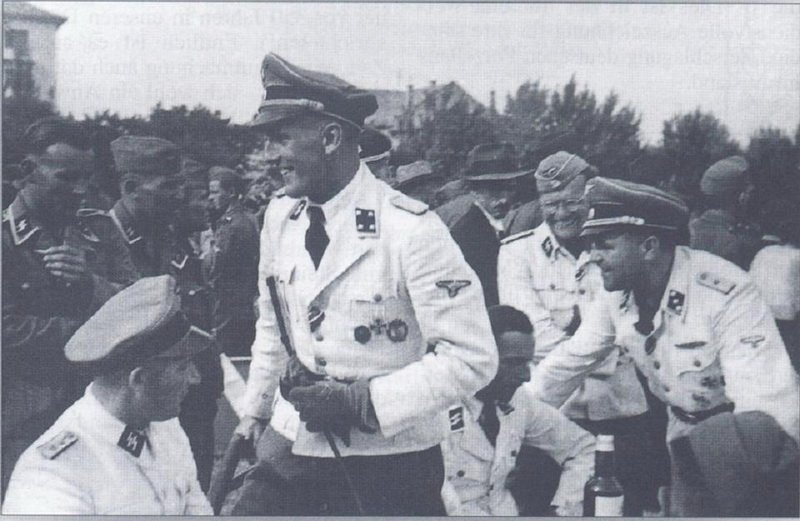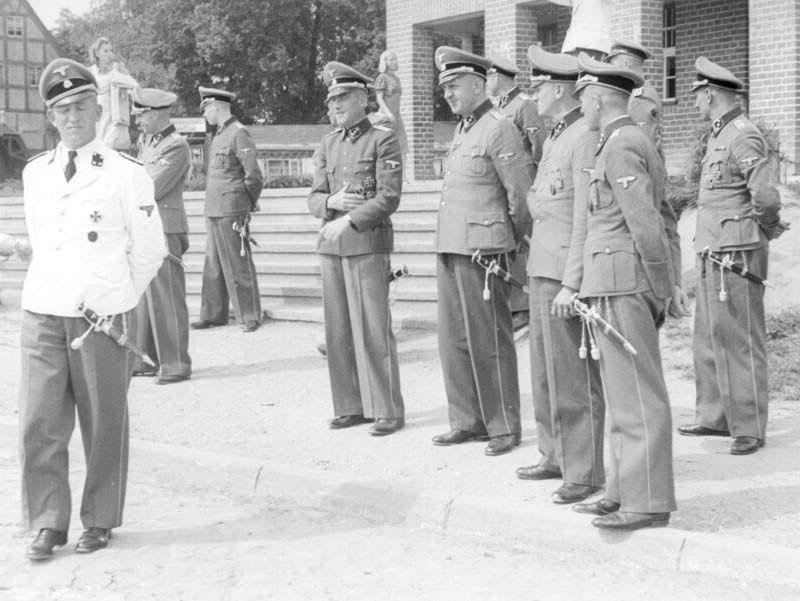Allgemeine-SS Uniforms:
“Updated Some Pctures”SS-Unterscharführer, Ss–Standarte 3, Nürnberg:
The SS was created on April 4, 1925, and subordinated to the SA on November 1, 1926. It was thus a subunit of the SA and the NSDAP. It was considered to be an elite organization by both party members and the general population. Now, maybe not so much. A long time has gone by-but those that chose to be Nazis, stayed Nazis unfortunately, decent and the fact there was nothing they could do after it all started, will be debatable for eternity, but most one would think were smart enough to know what was going on, able it un-able to stop the steam roller, it’s not for me to debate here either, I want to show how the uniform looked at the time. The uniform represents just the start of a much bigger story.
The primary task of the SS was the personal protection of Adolf Hitler, the party leader. They would back and protect the man who would become one of the most hated dictators ever (But only one of them). As early as the winter of 1925, the SS consisted of approximately 1,000 members; of this number, there were barely 200 active members.
From 1927 onwards, Himmler began to systematically develop and expand the SS with stricter requirements for members as well as a general purge of SS members who were identified as drunkards, criminals, or otherwise undesirable for service in the SS. By December 1929, the number of active SS members had grown to 1,000. As the SS grew even further, Himmler, on 29 January 1930, announced to SA leader Ernst Röhom that when the organization reached 2,000 active members, he would consider it independent of the SA. In December of that year, the SS reached active membership of 2,727.
Before 1929, the SS wore the same brown uniform as the SA, except for a black tie and a black kepi with a Totenkopf. In that year, Himmler extended the black color to include breeches, boots, belts, and armband edges. The following year, the addition of the open collar black Dienstbluse and Schirmmütze were made to the uniform, with the brown shirt now worn beneath. This SS-Unterscharfhrür is wearing an interim dress, making use of the new style SS-Schirmmütze with early style party eagle and Hussar Totenkopf was taken from Kepi.
SS Unterscharführer, Standarte Thuringen (Jacket and Overcoat):
The SS was created from within the ranks of the SA as a bodyguard for Adolf Hitler. Small SS groups were created in every city and area so that when Hitler visited, they could protect him during appearances.
The different groups were named for and wore the cuff titles of their Gau or states, in the case of this man, Thuringen. This SS man has been trained in the use of radio and wireless communication, as noted on his left sleeve by the lightning arrow.
He wears the symbol of the National Socialist Workers Party around his arm with the two horizontal black lines indicating he is SS, not SA, in case he wears this band without his jacket. He is a party member, but not an early one, as shown by his pin on his pocket.
He has had prior service in the SA or Brown Shirts and has won the Bronze Sports Award for this group. The Unterscharführer wears a Schirmmutz with an early pattern eagle and jawless skull. He wears black trousers that are worn inside marching boots.
Note that the last picture shows an early SS-Man with the “Big Helmet”, post-WWI, but pre-WWII. I have now provided a new helmet to this uniform; it fits ok, it's a later model, and was in rough shape, so I band-aided it up overnight, and it has a home here now.
“New Pictures” SS-Gruppenführer, Allgemeine-SS:
The Allgemeine SS was officially established in the autumn of 1934 to distinguish its members from the SS-Verfügungstruppe (SS Dispositional Troops or SS-VT), which later became the Waffen-SS, and some went to the SS-Totenkopfverbände (SS-TV), an altogether different group that was assigned to the Concentration Camps. After World War II began, the lines between the Allgemeine-SS and the Waffen-SS overlapped, with the Allgemeine-SS headquarters having administrative and supply command over the Militarized Waffen-SS. By 1940, the Allgemeine SS had adopted full-fledged wartime uniforms as well. Himmler ordered that all-black uniforms be turned in and used for further recruits, many being gathered in the occupied countries.
The rest of the black uniforms were sent east, for use by auxiliary police units; others went west for use with the Germanic-SS (So-called Volunteers), for example, those of military age who were given the option in the Netherlands in Denmark, and the rest of the Nordic heredity. By 1942, the Waffen-SS's need for manpower far outweighed the need for the political figures of the Allgemeine-SS.
This Allgemeine-SS, SS-Gruppenführer held the equal rank of, say, a Generalleutnant in other armies, but before the war started considered to be a higher rank. His particular assignment is not evident, but a decent example for a high-ranked staff officer.
He had served in the First War, so must have been considered a hero of that war, having earned the EK-II and I classes there, the WWI Service medal with swords (indicating Service in Battle ), and the Long Service award, with the WWII Eagle applied to it. On the jacket near the pocket, he has applied his NSDAP Membership Pin (A mandatory Item in his position), and the Athletic award as well. The other side carries the “Silver Aiguiette” over the shoulder and the rare Old-Service Chevron on the Right sleeve.
On his right breast pocket, he also wears the (Decoration in Memory of 9 November 1923) aka (Medaille zur Erinnerung an den 9. November 1923), more commonly called the “The Blood Order”, this decoration was to be worn on the right breast of the uniform tunic, rather in the Ribbon form or a Rosette, then originally, some pinned on the medal itself suspended below an elaborate V-ed Ribbon on the pocket.
Indicating he was part of the group Hitler led during the “Beer-Hall Putsch”, where Hitler tried to have a coup by the Nazi Party against the German Government, and was later caught, he was sentenced to a year in jail, where he managed to put together his memoirs in the book “Mein Kampf”.
A little research led me to realize the silver cuff band was worn by the Reichsführer-SS, but then they were also worn by the Amtschefs, and Hauptamtschefs (Staff) of the three main SS Offices. They were made in silver brocade, black borders, and no center stripe. I thought I could make up a name for this fellow, but then I thought no matter what name or mix of names I used, I’d offend someone, so, not gonna, it represents a very dark part of history, but we can’t erase that, it has to be taught to never happen again.
***“New Pictures” SS-Standartenführer, SS-Weisser Rock:
This uniform was based on the M39-Dienstbluse, the “Rock” (Dress Uniform) was made by regulation out of white linen, but they were also made from a variety of materials, such as light wool. Often referred to as a “Summer-Dress” uniform, the SS-Weisser Rock had a short official life, They came to be just as the War was starting, and as the War built up, an continued there was less and less time to have dinner parties, or even assemblies for the troops, and other than official business with the Fuhrer or meeting the Commanders of the various of the SS-branches, these became very rare indeed. Some did make it to the front lines and were used as winter camouflage over another, or if made of a light material, used in hot-tropical outposts, like Italy, or the Summers in Russia, were likely dyed a field-gray color and used as a light field jacket for the summer.
The SS version had only one role and was discontinued in 1940. It was actually against regulations to wear it after that. However, officers, notably higher-ranking ones, could expect to flaunt Himmler’s rules on the issued linen 1939 jackets.
Some who became officers after 1940 wished to emulate the “Old Hands Look”, and had privately purchased SS-Weisser Rocks and tailored-made for them, and purchased fine Officer Caps. Some differed from the early regulation M1939 pattern details in the use of suspenders, belt hooks, pockets on the inside, and tapered waist, even in the way their decorations were applied to the uniform.
This particular SS-Standartenführer has been injured in combat in such a way as to preclude his return to the front, and he has been assigned to duties in a training command where his front-line experiences will be beneficial.
He had fought in the East through that first Winter of the Russian Campaign, and it had been a particularly brutal one, so much so that a Decoration was issued just for surviving it! and known as the “Order of the Frozen Meat”, and it wasn’t his last tour there either. He was home now and was made to train soldiers for conditions on the Eastern Front. He has won both 2nd and 1st Class Iron Crosses. Iron Crosses represent (for an infantry commander) that he has personally engaged in at least three combat actions and received the Infantry Assault Badge already, this one, in “Bronze” represents troops assigned the task of “Motorized Infantry” or (later Panzergrenadier) troops The Wound Badge in Gold declares the hardship, pain, and physical loss in combat, with 5 wounds or worse, some were likely quite serious, and he was through with fighting, and not likely to be sent back.
*** Corrected Shoulderboard rank. This is probably one of the more elaborate uniforms I have, with a lot of hours invested in its creation. The holes, rather than loops, were used for hanging badges, and the snap-on insignia is removable, allowing for thorough washing with all components removed. Yet, I made a mistake that wasn't caught for years; I had neglected the pips on them! Well, as I said, I catch myself and fix it; this happens all the time. The photos show similar jackets worn with field-gray breeches and trousers, implying the time more of like the VT or with the expanded Waffen-SS rather than Allgemeine-SS; mine uses the early Black Allgemeine-SS pattern.
